The U-M Bicentennial IT Historic Timeline
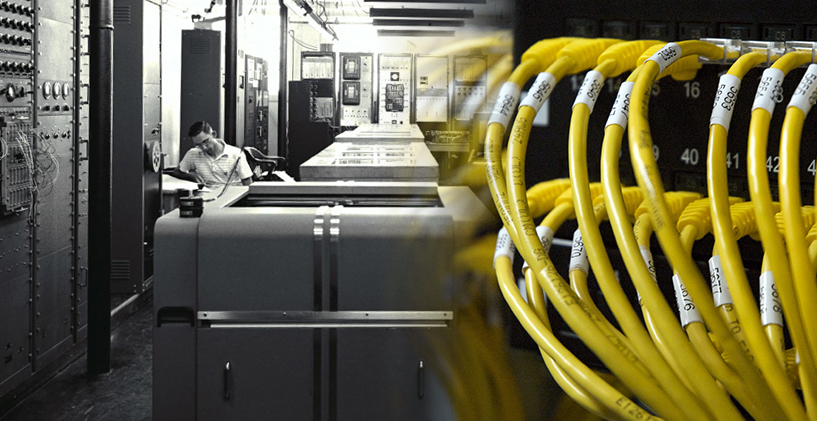
The University of Michigan has been on the forefront of creating and inventing technology that shapes not only daily experiences in teaching and learning, research and patient care, but also long-term change in the world. We invite you to discover the past and envision the future of IT at U-M.
1880: U-M adopts a New Access Policy
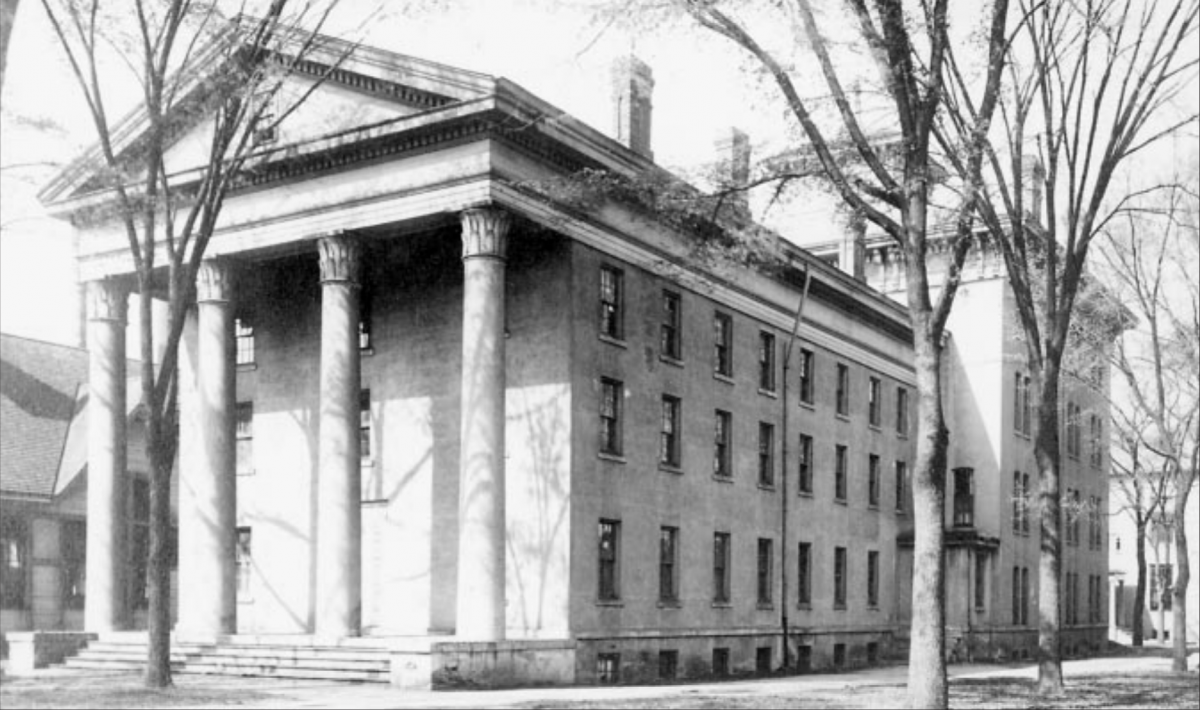
University of Michigan adopts a policy, soon adopted by many other medical schools, to subscribe to every major medical journal in the world. Students and faculty were limited by the physical space of the text in both their access and quantity, which helps propel the limits of technology within the information access to medical knowledge.
1881: Hello, Wolverines Speaking
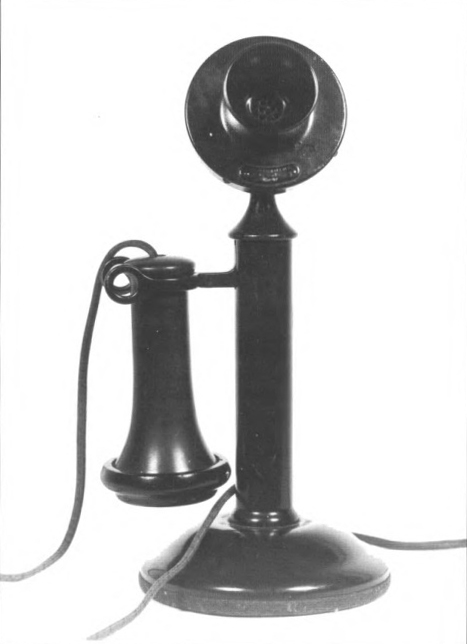
Ann Arbor's first telephone exchange, the Bell Telephone Exchange, opens just five years after the telephone was patented. U-M's first telephone was installed in the Secretary and Steward's room.
1903: Live Streaming, a 100-Year-Old Tradition
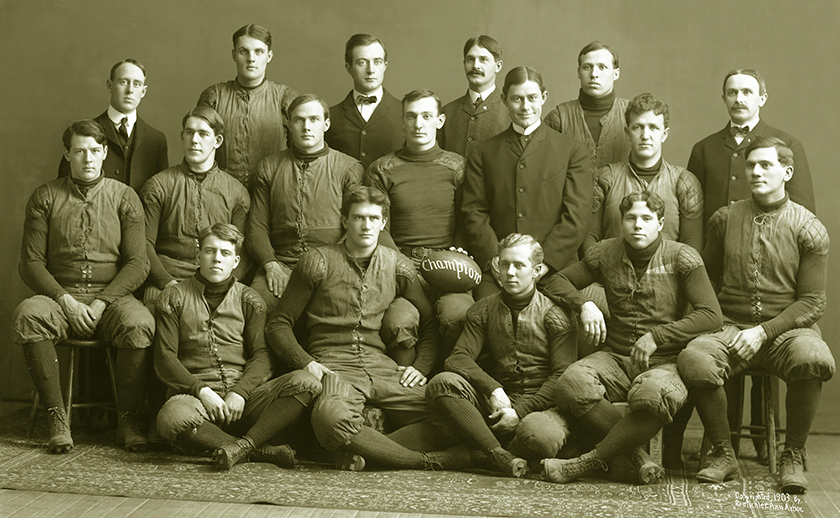
The greatest football game ever played in the West broadcasts from Minneapolis to over 4,000 students in Ann Arbor—for the first time students could hear a nearly-live broadcast.
"Returns Form Michigan-Minnesota Game. It was [announced] yesterday at singing meeting that telephonic connections had been arranged between Northrop Field and University Hall at considerable expense by Athletic Association. Admission fee of 25 cents will be charged, and as the returns will start coming in at 1:30 the management requests all students who come to be there at that time." — The Michigan Daily, October 29, 1903
1903: Live Streaming, a 100-Year-Old Tradition ...Continued
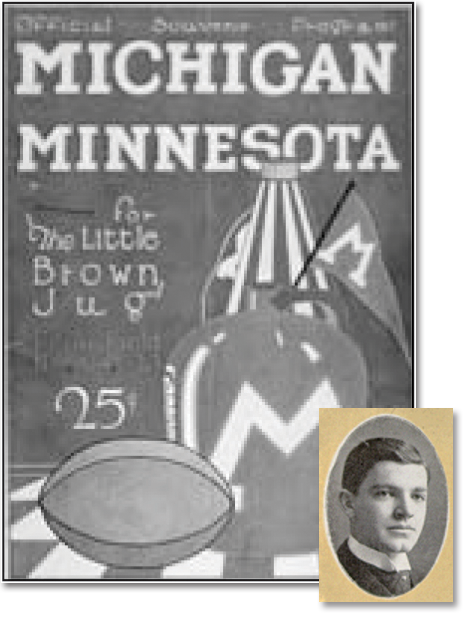
U-M student Floyd Mattice (inset lower right) partnered with the Athletic Association and the Bell Telephone Company. Mattice’s description of the game was transmitted in real time to 10 students with telephones at University Hall. The students took turns repeating as much as they could remember to the crowd by megaphone.
The Little Brown Jug trophy tradition started that day, and a new era of sports broadcasting began.
1907: University Musical Society “Live Streams” to Detroit
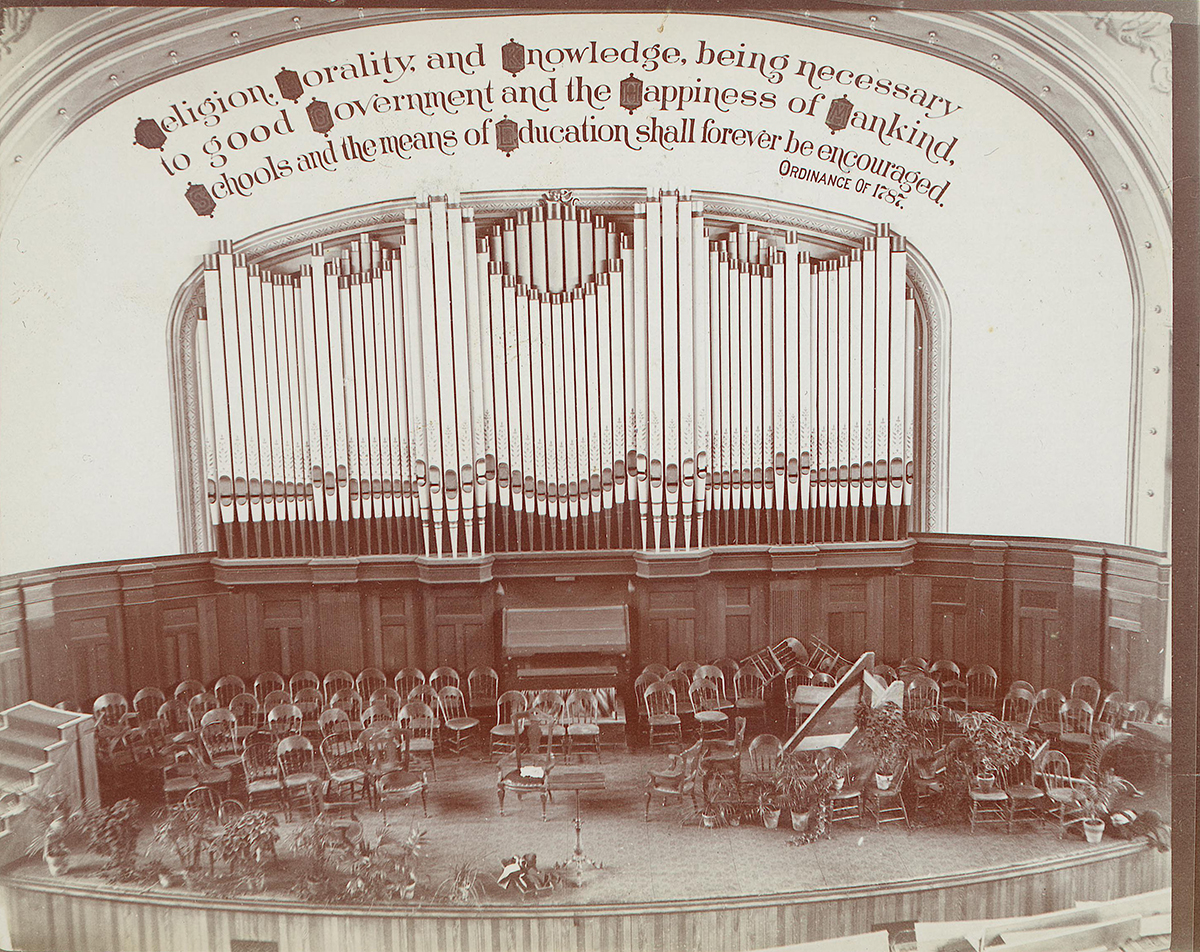
“It is not Ann Arbor alone that is enjoying the May Festival; each concert is heard with as much pleasure by eager listeners in Detroit as by the crowds in University Hall,” the Michigan Daily reports.
The concerts were broadcast to a lucky number of music enthusiasts across the state using telephone transmitters, or “televants,” suspended above the conductor. It was an experiment to demonstrate how the televants can be used for university business.
1919: An Era of Keypunch Begins
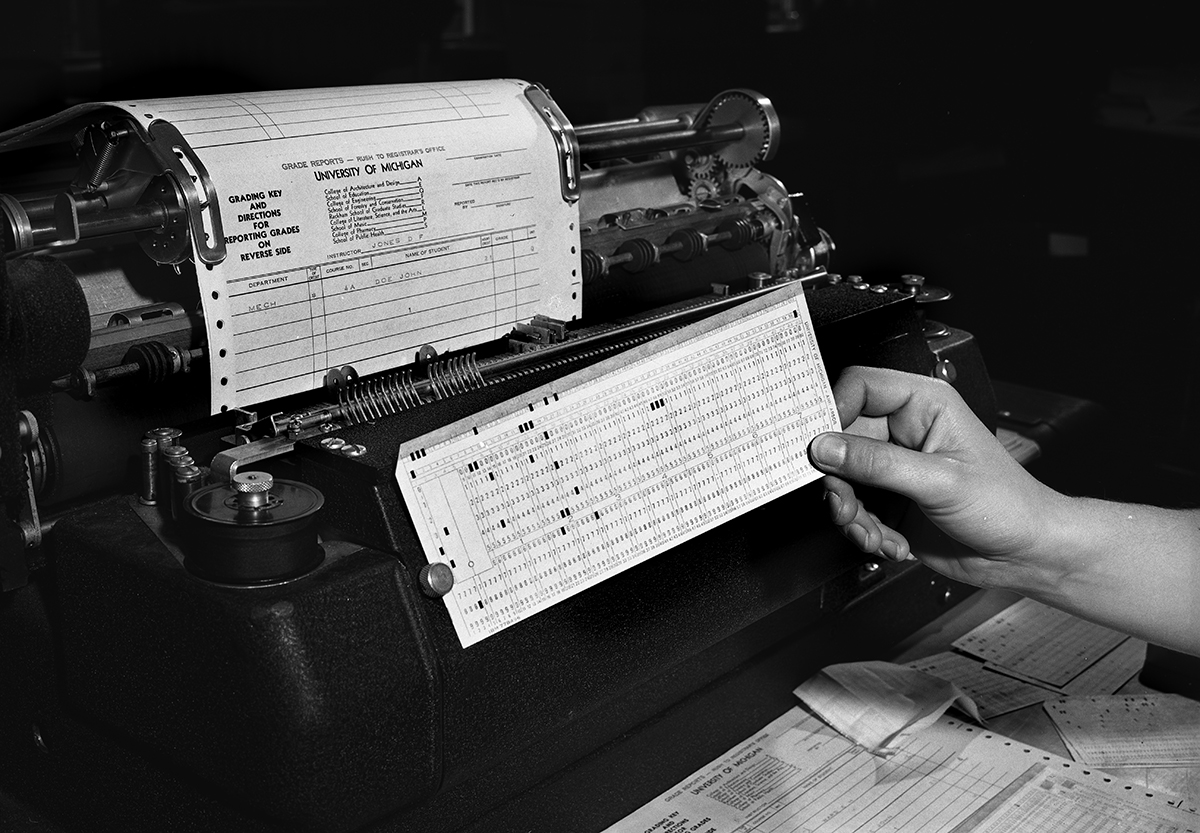
The U-M community would use keypunch tabulating services over the next century in classrooms to facilitate university business and to help cure disease.
The 1930s: Slide Rules

An early "personal" computer called the slide rule gains widespread popularity on college campuses through the post-war years. It was easy to identify engineering students by the slide rules they carried at their waists.
One faculty member was asked whether he had seen changes since students started using pocket calculators. He replied, “Yes, now I’m seeing wrong answers to 10-decimal-digit precision.”
1934: U-M Begins Using the Hollerith Punch Card System to Record Patient Data
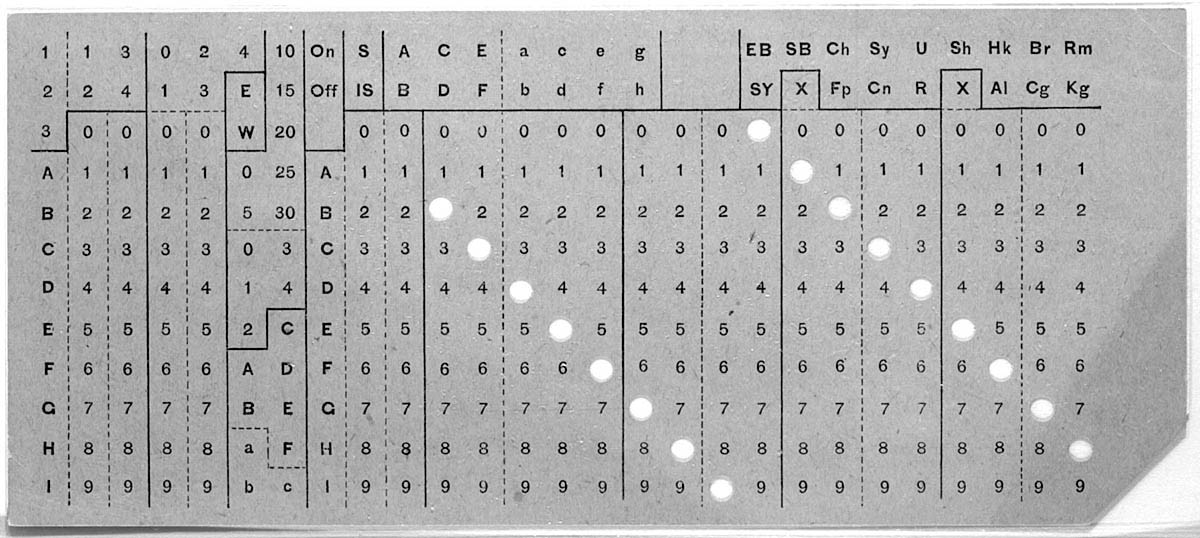
The punch cards record data on diagnosis, treatment, and condition upon discharge to facilitate research on various diseases, particularly cancer.
In 1952, the Atomic Energy Commission will be interested in these data, leading to the establishment of the Alice Crocker Lloyd Radiation Therapy Center at the University of Michigan.
1939: Botanical Gardens Research Uses Tabulation
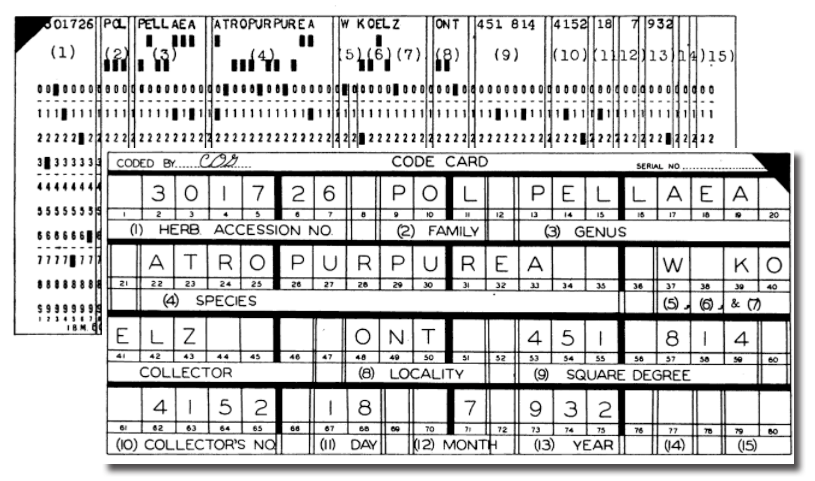
“The usefulness of a herbarium, or of any large, classified mass of information, is definitely dependent upon the ease with which the information it contains can be utilized in research.”
—Carl O. Grassl, research assistant at the Botanical Gardens.
When faced with an ever-growing collection of herbaria information, the U-M Botanical Gardens proposes to use the Tabulation Station to make their data more accessible for future research. Standardized punch cards for each specimen would be used to sort and arrange the collection according to different criteria—at a moment’s notice.
1941: U-M Contributes to the Big Brain
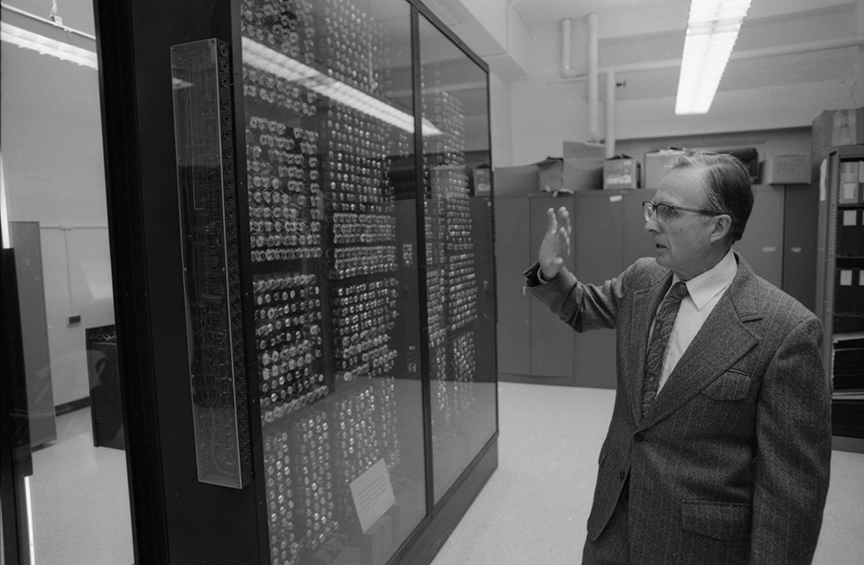
Dr. Herman Goldstine, U-M mathematics professor, joins the Army as an ordnance mathematician after the United States entered WWII. The Army selected him to lead the top-secret project at the University of Pennsylvania to build the first electronic, digital computer unlike anything else presently available. The computer would be dedicated to calculating artillery firing tables for the Ballistics Research Laboratory. Arthur Burks, U-M philosophy professor, contributed to the ENIAC’s logical design and circuitry.
After 30 months and 200,000 hours of work, the ENIAC (Electronic Numerical Integrator and Computer) was finished in 1945. Containing 18,000 vacuum tubes, measuring 30✕60 feet, and weighing 30 tons, newspapers aptly called it the “Big Brain.”
1941: Human Heredity Clinic Opens

The Human Heredity Clinic is established to collect data and provide genetic counseling regarding hereditary disease, one of the first human genetics programs in the country connected to a university hospital.
1946: U-M’s First Computers at Willow Run Lab
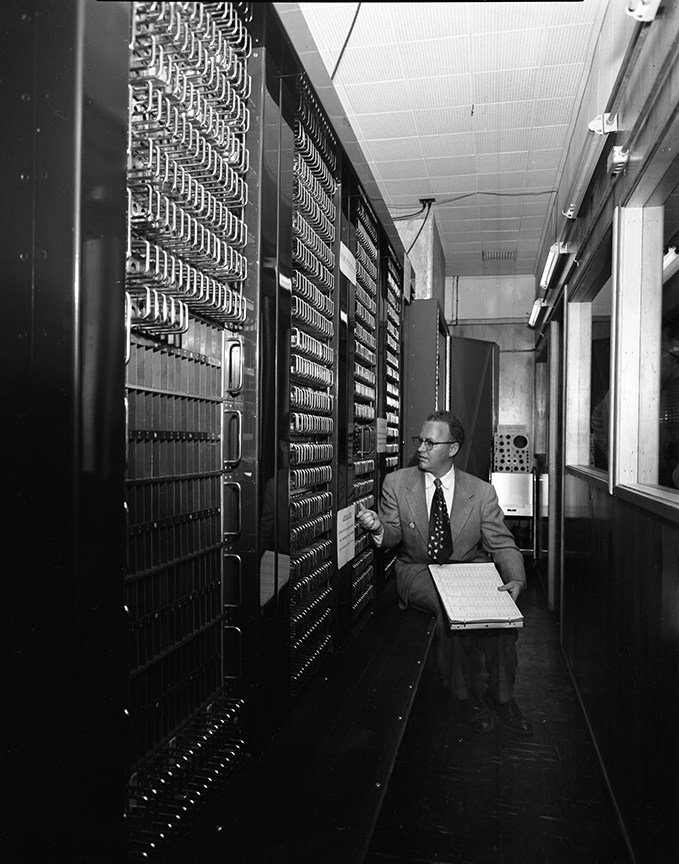
Seeking to continue ballistics research after WWII, the War Department sells Willow Run to U-M to use as a laboratory. Known as the workplace of Rosie the Riveter, some of the hangars and outbuildings were converted to house the new research facility. Though partially controlled by the government, the laboratory’s resources were restricted to military research and not available to students.
Willow Run became the site for the first innovations in computing at Michigan, and the labs became a center of experimentation by U-M for the development of wartime technology.
1946: Statistical Research Labratory Established

The Statistical Research Laboratory is established in the Rackham Graduate School to provide free consultation and advice on statistical matters to all members of the university, including access to computing machines previously available in the Sorting and Tabulation Station. Students and faculty access the tabulation machines for research, teaching, and learning for the first time.
"Any first-class university [should make] available for its research workers the much more efficient and versatile machines," stated Cecil C. Craig, first director of the laboratory. He proposed a punch card machine dedicated to educational and scientific use.
1952: Tabulating Services Acquires a Card Programmed Calculator
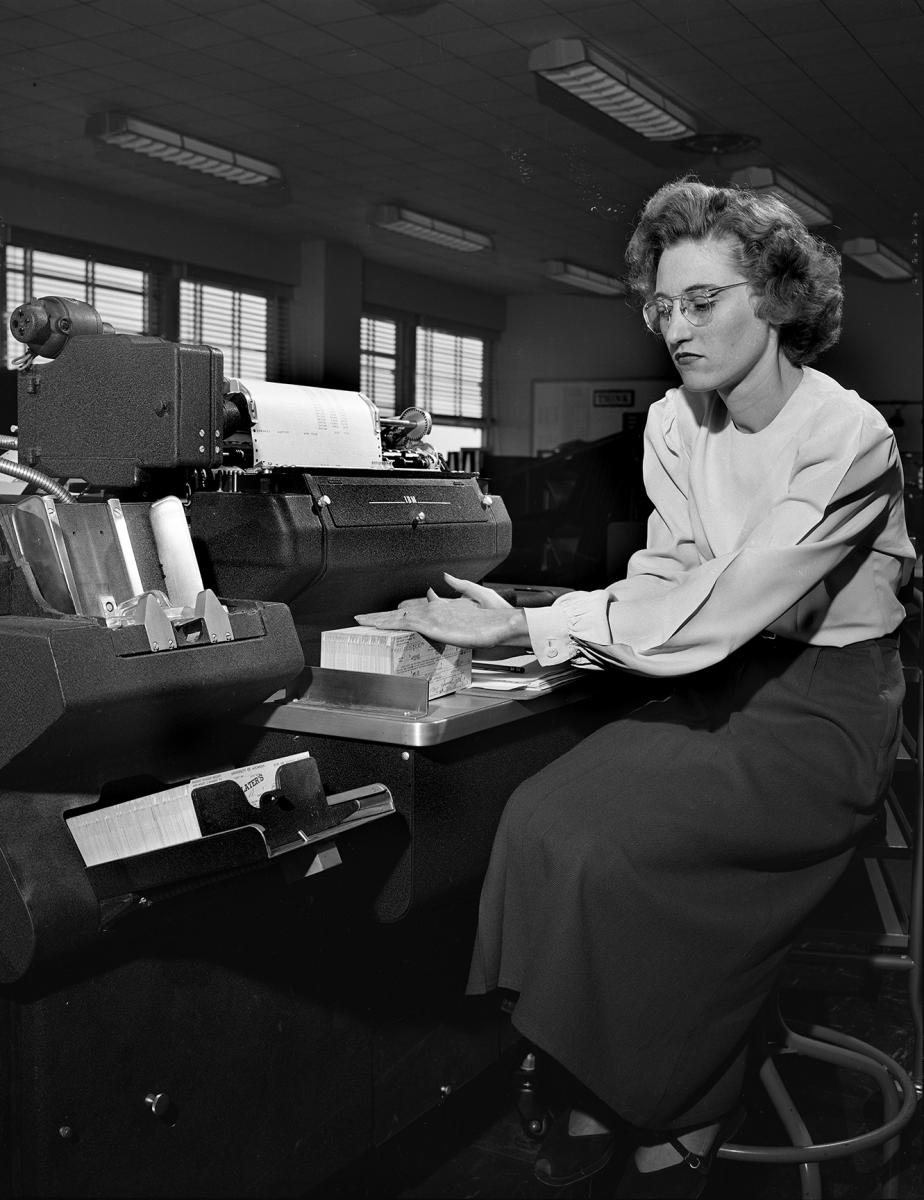
The U-M Tabulating Service receives a new piece of equipment, the IBM Card Programmed Calculator, that would play a part in changing the world and save countless lives for years to come. When needed, the Tabulating Service would welcome researchers and students into the Tabulating Machine Laboratory to process research.
1953: The Power of 20,000 Calculators
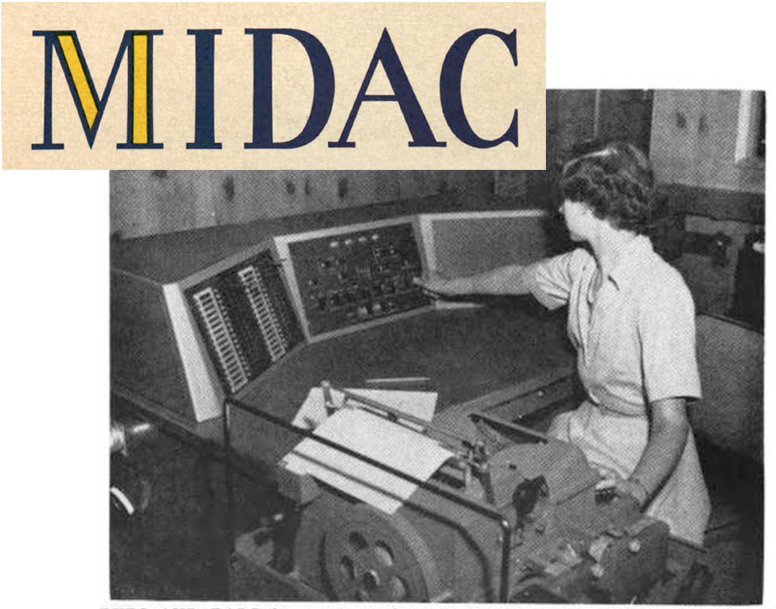
Partnering with the U.S. Air Force at Willow Run, John DeTurk builds the Michigan Digital Automatic Computer (MIDAC), one of 20 digital computers in the United States.
“We consider the [MIDAC] to equal about 10,000–20,000 people working on desk calculators,” said John Carr III, mathematics professor. MIDAC was automatic because it used a binary system of electronic pulses. It stored 512 words in high-speed memory and 6,144 in lower-speed memory.
MIDAC was dedicated to military research and defense projects, including the Cold War BOMARC (Boeing-Michigan Air Research Center) missile. MIDAC was off-limits to students studying computation, who often wrote programs but were unable to run them on automatic computers.
1954: Gaming Break! Hold the Defense Research
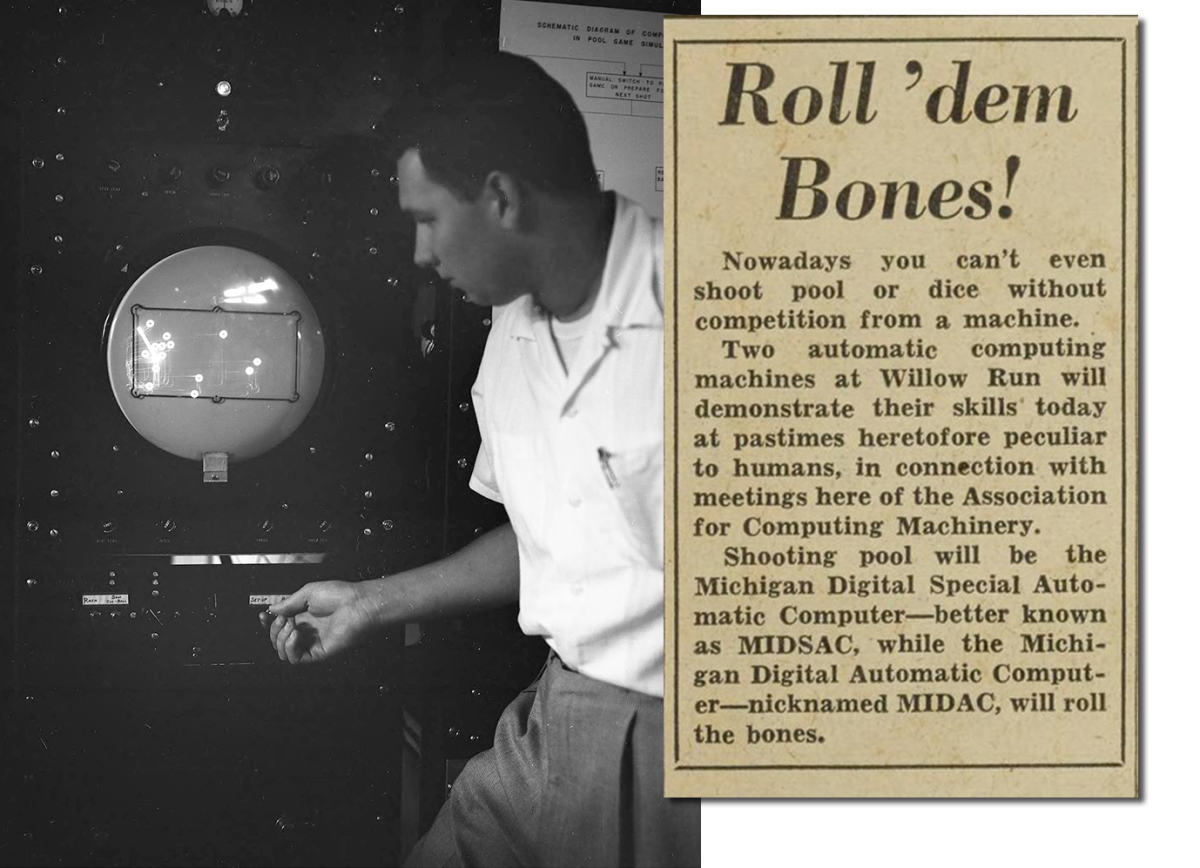
The Willow Run Research Center pauses defense research for a day to welcome public tours. Visitors took turns playing dice on the MIDAC and billiards on the MIDSAC.
Billiards on the MIDSAC is earliest known computer game with real-time graphics. Players used a joystick, knob, and button to control the game on a CRT screen. The program performed over 25,000 operations per second to render the cue stick and balls. The billiard table was drawn on the display using a grease pencil to conserve the limited processing power.
1955: Tabulating a Legacy—The Polio Vaccine

Dr. Jonas Salk, medical researcher and virologist, works with the Tabulating Service to process 1.8 million punch cards containing 144 million data points collected while field testing a polio vaccine.
At that time, polio was one of the most feared diseases, crippling an average of more than 35,000 people in the U.S. each year. Tabulation accelerated the discovery of a vaccine, ultimately helping millions of people worldwide.
1956: An Electronic Brain for General Use
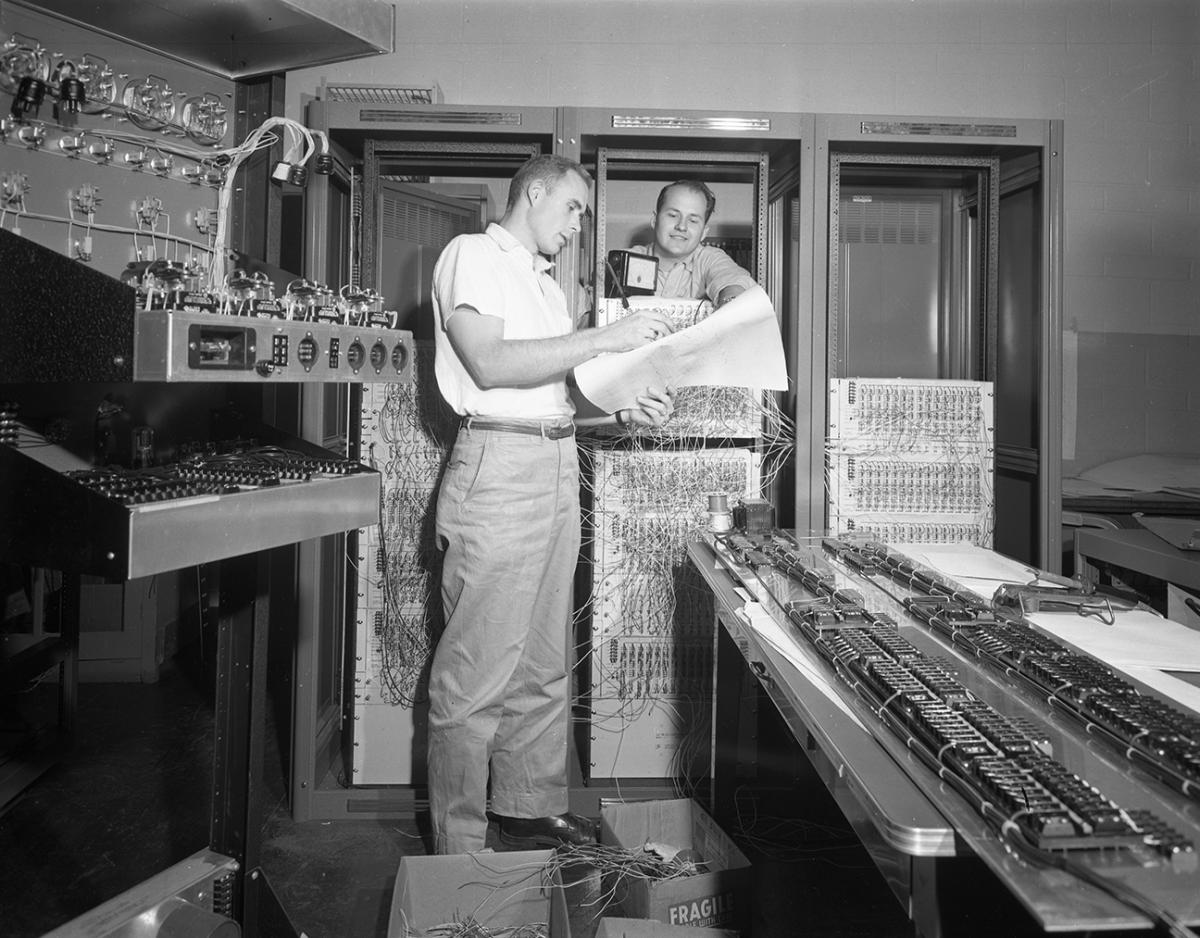
A new digital, electronic IBM 650, known as the “electronic brain,” is purchased for the Statistical Research Lab at the Rackham Building. It was the first available to the university for general use, research, and instruction. The console, card-reading machine, and card-punching machine were switched on every day at 8 a.m. and worked nonstop until it was unplugged at 5 p.m.
It was also the first on campus to use standardized programming languages. Previous computers each had a unique language, making it difficult for people to use multiple computers.
1956: IBM Incentive Enables Computer Access
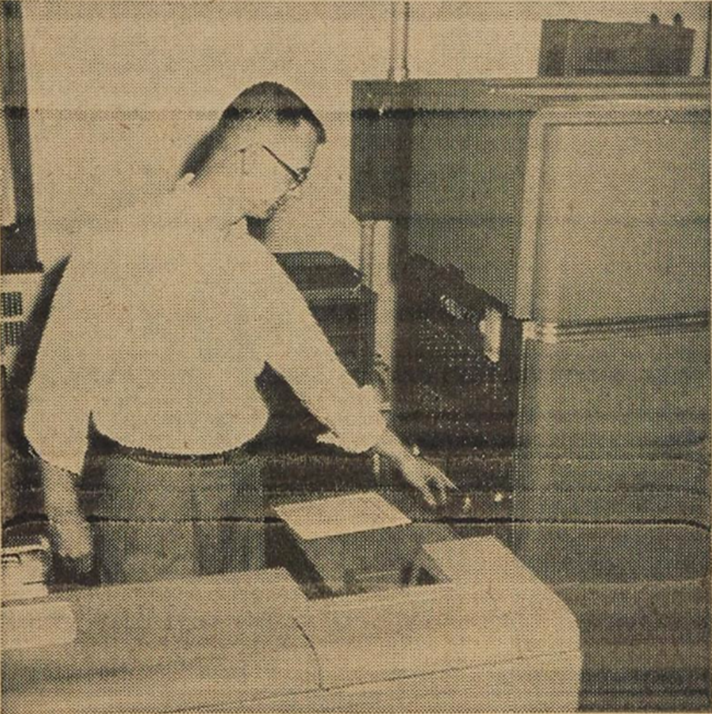
Computer costs were prohibitively high for most universities in the mid-1950s, causing a shortage of graduates with computer science experience. To counter this, IBM began donating up to 60% of the monthly payment for a computer to universities offering courses in scientific computation and data processing. U-M took advantage of this rental program, providing students first-hand experience with computers.
1957: World’s First Computer Science Ph.D

U-M offers the first computer science Ph.D. and M.A. programs in the world under the name Computer and Communication Sciences. The program is a collaboration between Gordon Peterson of the Speech Department and Arthur Burks. The program studies the interrelation of natural and artificial languages and modes of communication, and it compared computational processes in natural and artificial systems.
Later, in 1959, John Holland received the first Ph.D. in computer and communication studies.
1957: First Use of Fiberoptics in Endoscopy
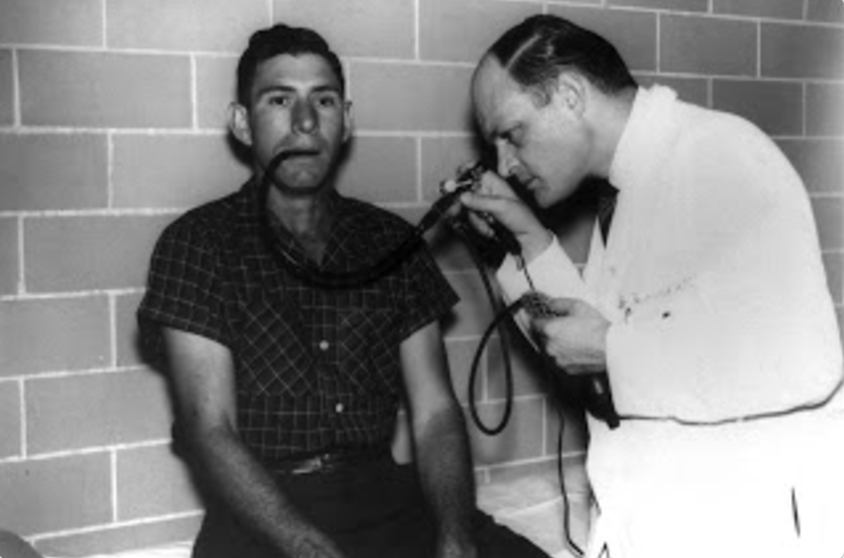
Basil Issac Hirschowitz of the Department of Internal Medicine devises a flexible instrument with a meter-long bundle of 36,000 hair-thin glass fibers to look inside his own duodenum, and then that of a patient, thus initiating the first practical application of fiber optics to endoscopy.
1957: Technology for Color Photographs of the Human Stomach
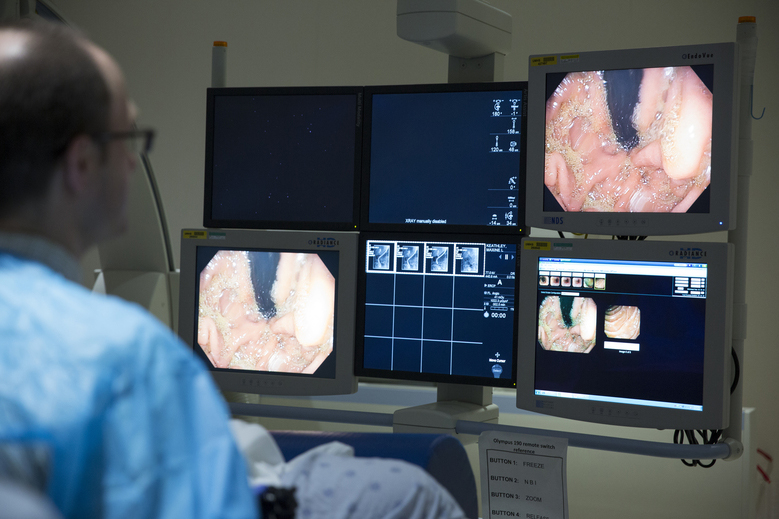
A young U-M physicist, L. E. Curtiss, provides the technological breakthrough which will allow color photographs of the human stomach.
1958: Computer Science Thaws Cold War Briefly
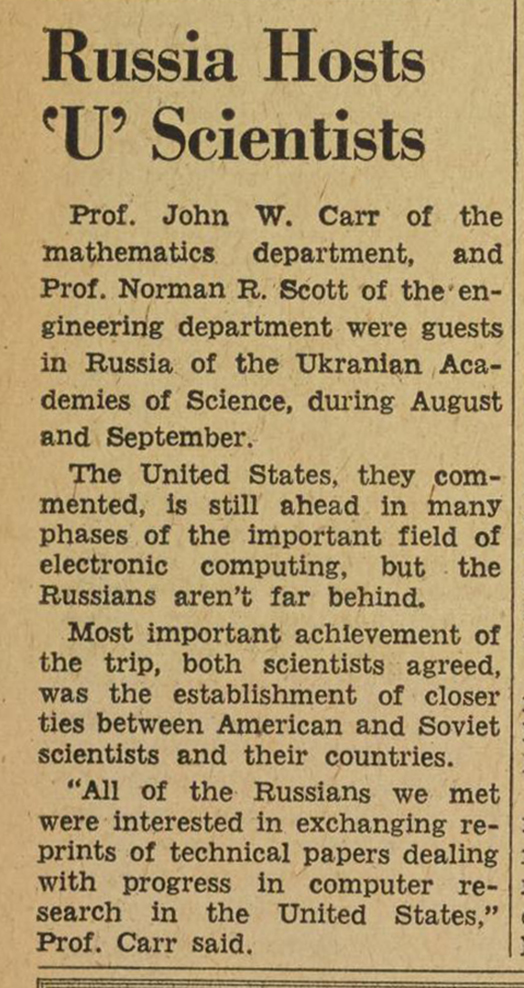
John Carr and Norman Scott organize an exchange visit with Soviet computer scientists during the Cold War. Four Soviet scientists visit and lecture at U-M and other American universities. John Carr and three other U-M professors visit Moscow, Kiev, and Leningrad to visit Russian non-military computers.
The Michigan Daily reported that “[t]he most important achievement of the trip... was the establishment of closer ties between American and Soviet scientists and their countries.”
1959: First Computing Center
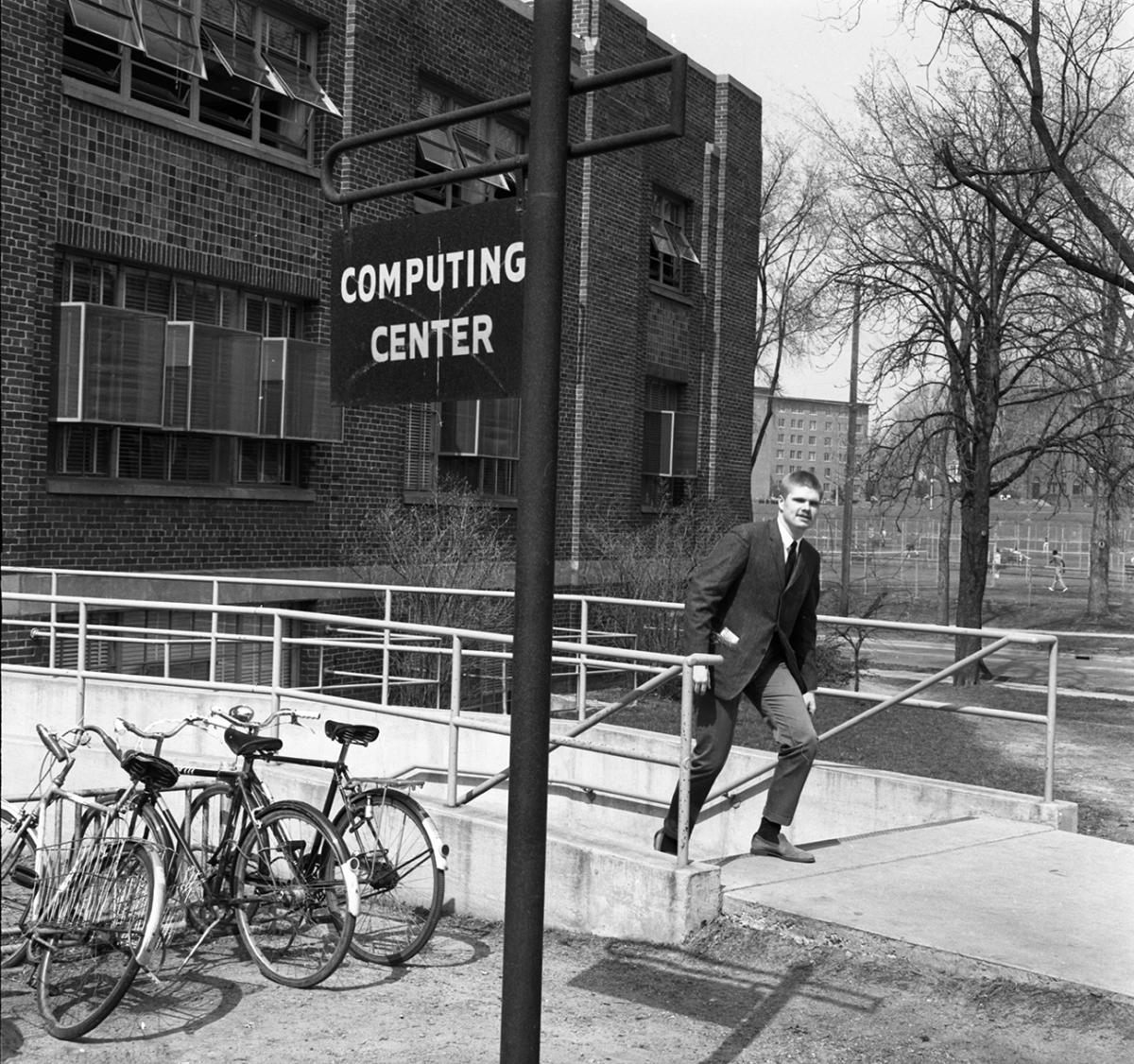
The Computing Center, part of Rackham Graduate School, brings computing to campus for all academic interests for the first time. Located in the North University Building, the center provides equipment and consultation to researchers and instructors wishing to involve students in computing. Robert Bartels served as director for over 20 years.
Because computers were often viewed as unnecessary, the Computing Center received no U-M funding. It was established and operated using a $150,000 grant from the National Science Foundation. Limited budget meant each researcher, instructor, and student was responsible for programming, an experience not available at many other universities.
1959: The Upgrade Cycle Begins
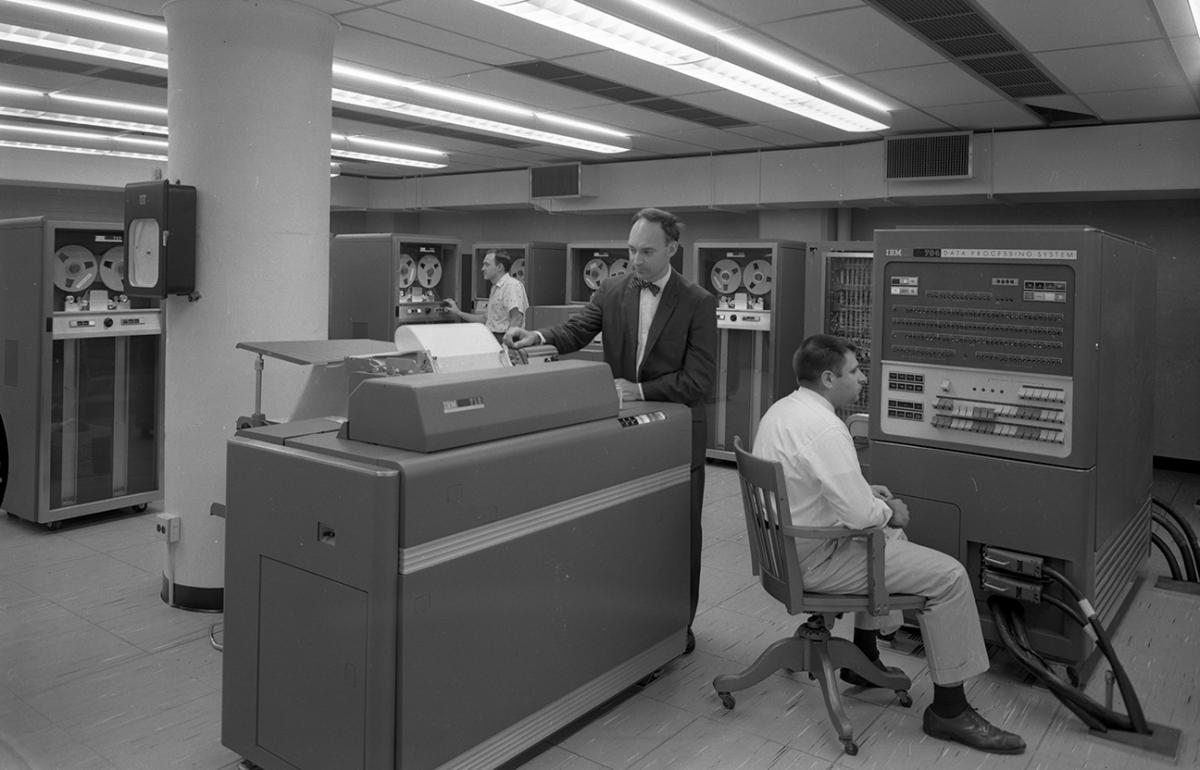
The first computer in the Computing Center was a hand-me-down from the Statistical Research Laboratory—the IBM 650. Initially, the center planned to install the IBM 701, but delivery of that unit took so long that the IBM 704 had already superseded it and purchased instead. This was the the first of many upgrades to come.
1959: Driving Computing Forward
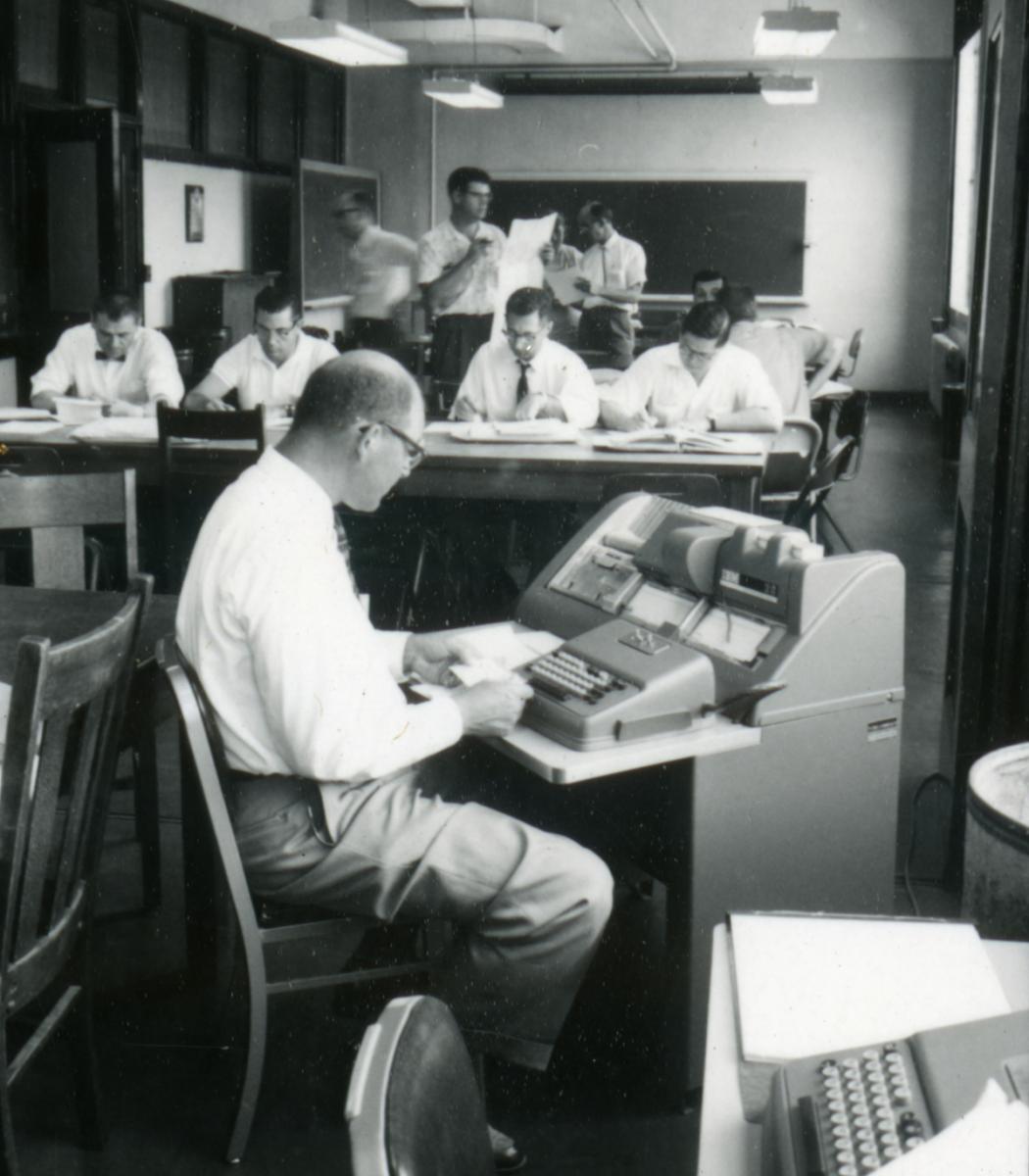
Michigan Engineering received a $900,000 grant from the Ford Foundation to enrich engineering education across the nation.
Read Analog to Digital: The Ford Foundation Computer Project to learn more about the impact this grant had on the College of Engineering.
1960: Computer Use Proliferates; Computers Don’t
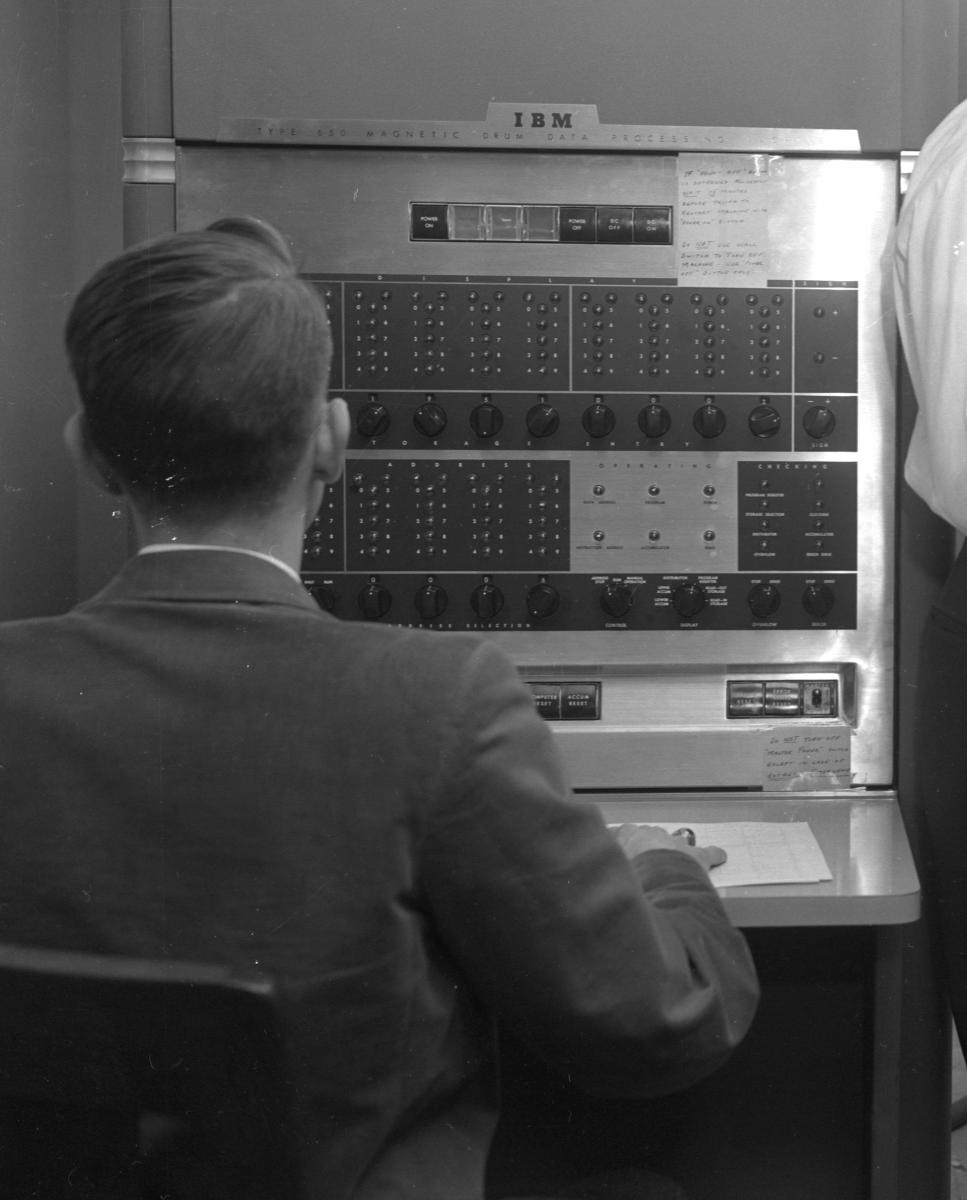
Days of submitting hundreds of punch cards to the Computer Center and returning the next day for results are over. Faculty and students can now interact with a computer directly using a teletypewriter.
The Computing Center had three computers, which were used in 61 courses and 104 theses, and by 188 faculty members for research. NASA and other organizations lined up to borrow blocks of time. But only one person could use a computer at a time, and the most advanced computer, the IBM 7090, could only hold 32,768 words in memory.
1960: MAD about Algorithms
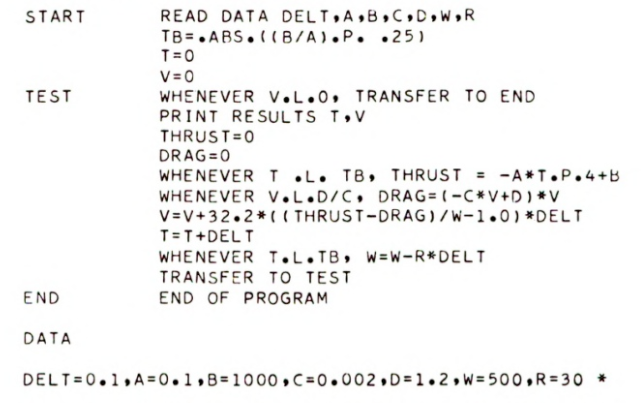
Michigan Algorithm Decoder (MAD), a new computer language, is developed by Computing Center staff to make computers more accessible. MAD translated simple commands into a complex, machine language. The project was funded by a $1.3 million grant from the Defense Advanced Research Projects Agency (DARPA). MAD was later adopted by MIT, the University of Maryland, and the Ford Motor Company.
1962: Big Data in Social Sciences
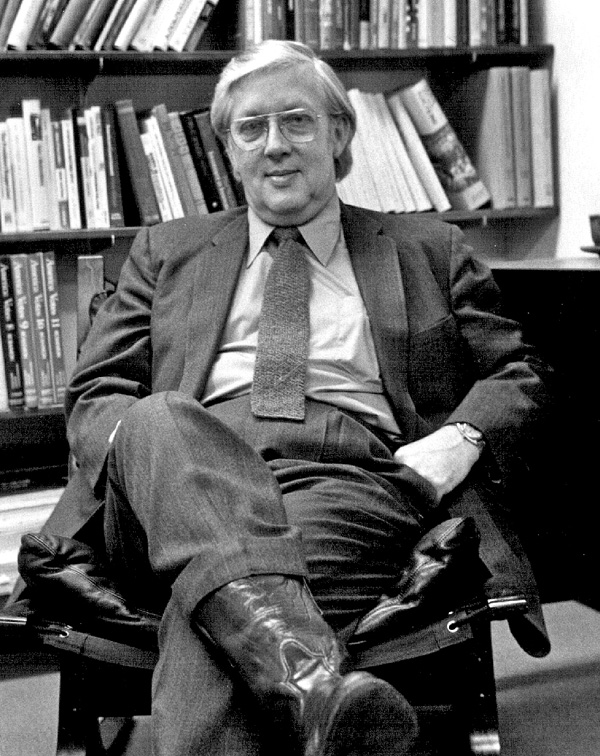
A partnership forms between the Institute for Social Research at U-M and 21 other American universities to address a new opportunity: computers’ ability to quickly process large amounts of quantitative data.
Headquartered at U-M, the Inter-university Consortium for Political Research (ICPR), established by Warren Miller, addressed the growing amount of political science data, the duplication of effort gathering it, and how to make it accessible to researchers. The consortium’s work evolved into the world’s largest archive of social science data.
1963: A New Department for Administrative Data

The Tabulating Service, which served the university in some form since the first tabulating machine in 1919, is renamed University Systems and Data Processing and is moved to the Office of Management Services. A new governance committee is created at the same time to advise the department manager, Harry Q. Wasson, in managing administrative records.
1964: Computer Center Borrows Library Funding Model
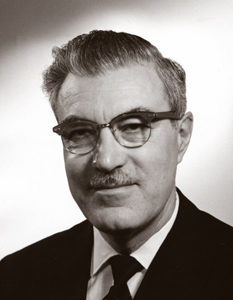
The Computing Center faces unexpected budgetary problems when IBM’s educational rental program ends, effectively stopping free computer use by faculty and students. At the same time, the NSF grant for operations expired, and new government regulations for grant eligibility required universities to fund computing.
The Ad Hoc Computing Advisory Committee, chaired by Professor Donald Katz, proposed a new funding model similar to the library’s. Using general funds affirmed that computing was integral to the university's mission, and allowed computers to extend beyond the Computer Center to serve all fields, regardless of funding.
1964: MERITs of an Educational Computer Network
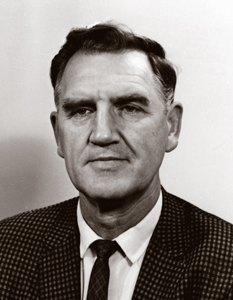
The proposal to create the Michigan Educational Research Information Triad (MERIT), pushed for the creation of an educationally-focused computer network of academic institutions in Michigan. The proposal was written by Stanford Ericksen, the director of the Center for Research on Learning and Teaching, along with Karl Zinn, research scientist.
1964: Michigan Universities Band Together

U-M, MSU, and Wayne State University band together as the Interuniversity Communications Council (later called EDUCOM) to study and implement information technology in higher education. This non-profit organization laid the groundwork for MERIT.
1964: Department of Communication Sciences

The world’s first Department of Communication Sciences is established in the College of Literature, Science, and the Arts. In 10 years, the program of communication sciences grew to be one the most popular areas of study on campus and a model for other universities. In a recommendation to the Board of Regents, LSA Dean William Haber expressed the great national interest in the new discipline and the need to train researchers and scholars.
1965: CONCOMP Research Begins
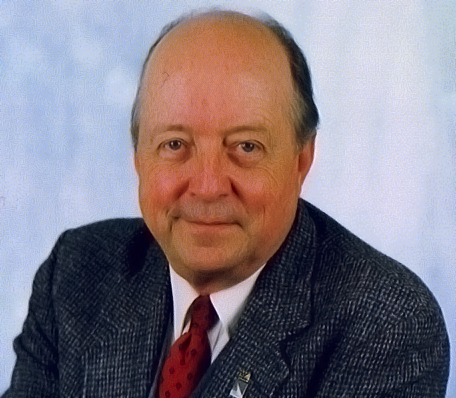
A group of researchers, led by Frank Westervelt and funded by the Defense Advanced Research Projects Agency (ARPA), studies the conversational use of computers—or how information could be entered and results could be displayed graphically. The research team designed and created the Michigan Terminal System (MTS), which allowed the limited number of computers on campus to be shared using remote terminals. The research influenced future IBM hardware designs and was used around the world in the United States, France, Great Britain, Canada, Australia, and New Zealand.
1965: Computerized System Helps Meet Fundraising Goals

The Alumni Record Office partners with the Systems and Data Processing Department to develop a computerized system to help meet a $55 million fundraising goal. Stored on five reels of magnetic tape, the system contained names, addresses, years of attendance, location, and other data points for over 200,000 alumni. The system reported campaign progress each week and could be borrowed by other departments to assist with fundraising efforts.
1965: Moving from Centralized to Distributed Networks
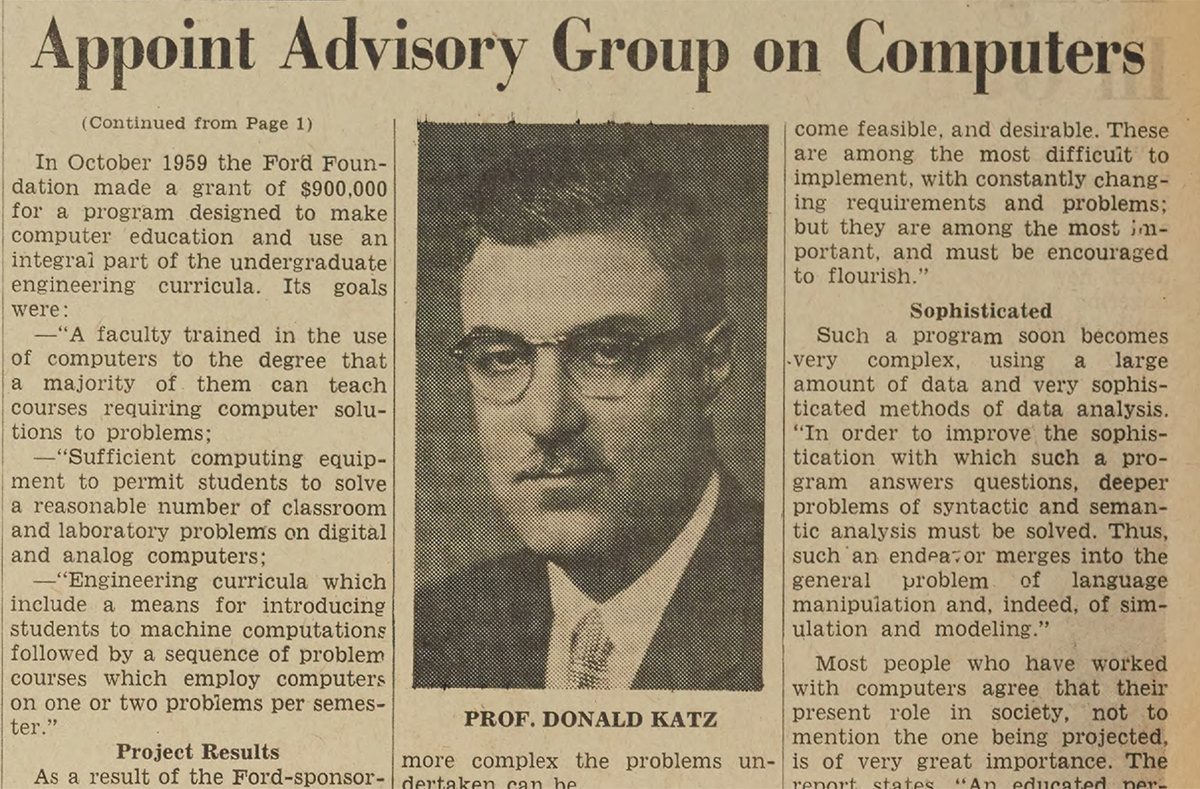
Founded on the recommendation of the Ad Hoc Computing Advisory Committee led by Donald Katz, the new faculty-led University Committee on Computer Policy and Utilization (UCCPU) guides the selection, use, and management of computers in university programs for instruction and research. The initial charge is to oversee the change from a monolithic, central computing center to a distributed network system of computing. By 1972, the charge expands to include strategizing for the future of computing at the university to address advances in technology, including the introduction of microcomputers. It disbanded in 1985 when the Information Technology Division formed.
1966: MERIT is Created
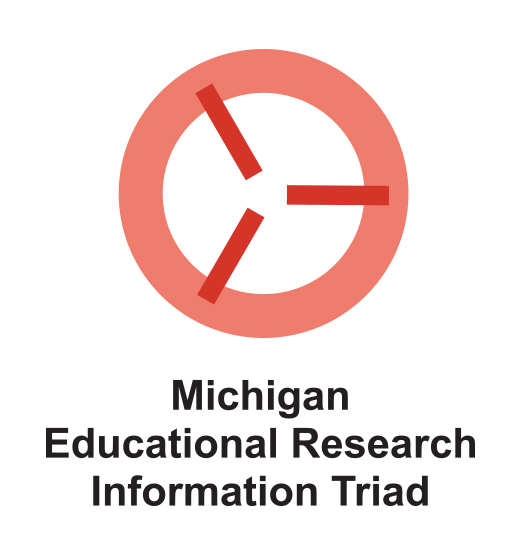
The Michigan Educational Research Information Triad (MERIT) is founded by Michigan State University, Wayne State University, and the University of Michigan. MERIT established computer networking in Michigan long before the term “internet” was invented.
Merit is America’s longest-running research and education network.
1966: Data Systems Center Separates Research and Administrative Computing
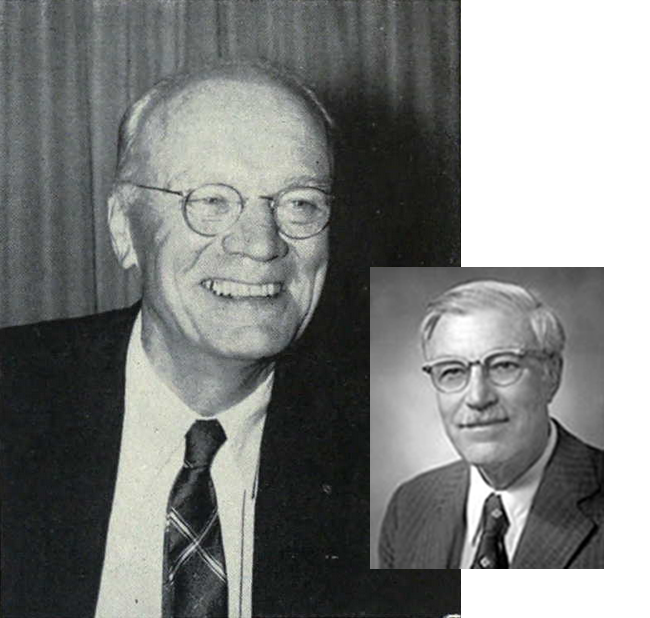
The University Systems & Data Processing Center becomes the Data Systems Center, and is led by Lyle A. Baack. The DSC has its own sophisticated computer, which is dedicated to university administrative and business purposes. Research and academic computing is exclusively handled by the Computing Center. Donald Katz and Dean Ralph Sawyer championed the split to prevent important university business, like payroll, from interrupting research. Additionally, an important lesson in data security was learned when a “clever prankster” accessed personal information while using the shared computer for academic purposes.
1966: Leading Higher Education Computing

With a sense of urgency, U-M chooses to become a leader in higher education computing by committing to:
- Increase computer-related activities at least four fold within four years
- Start a new major program in real-time, online computing techniques
- Increase discretionary funds by $250k each year for three years until the computing funds reach $1 million annually
- Focus resources on the Computing Center, a central and general purpose facility, rather than divide them among university groups, yet be flexible to provide for special group requirements as they arise
1966: IBM Teletypes Kill the Punch Card
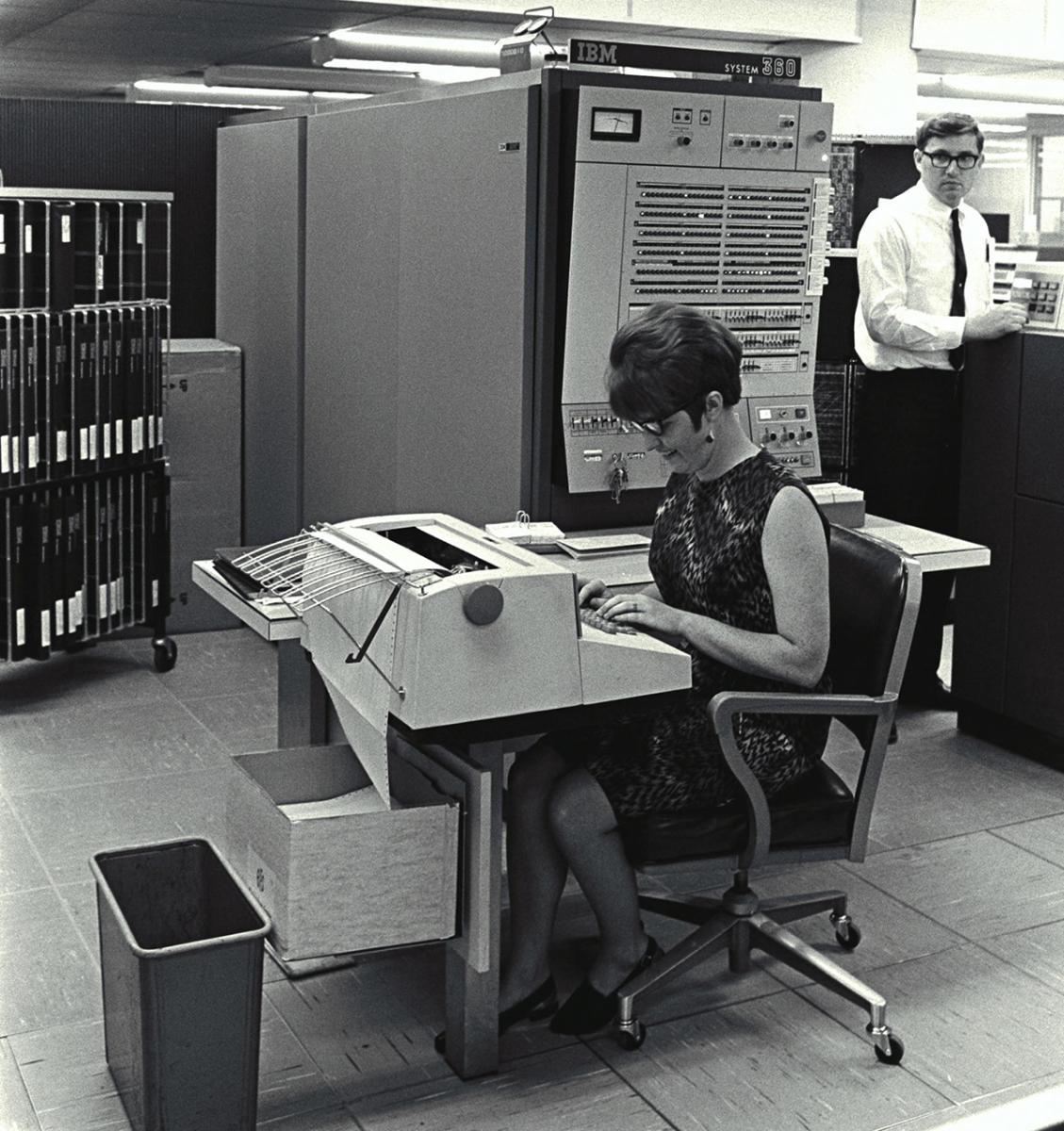
A new IBM 360/67 is purchased for the Computing Center to make campus computers more accessible than ever before. The 360/67 was faster and had eight times as much storage as the IBM 7090 it replaced. More importantly, it could connect inexpensive teletype consoles across the university to the main computer, enabling dozens to use the computer simultaneously from the comfort of their offices. With teletypes, the IBM 360/67, and MTS, punch cards started to become obsolete.
1967: Michigan Terminal Service Connects Campus
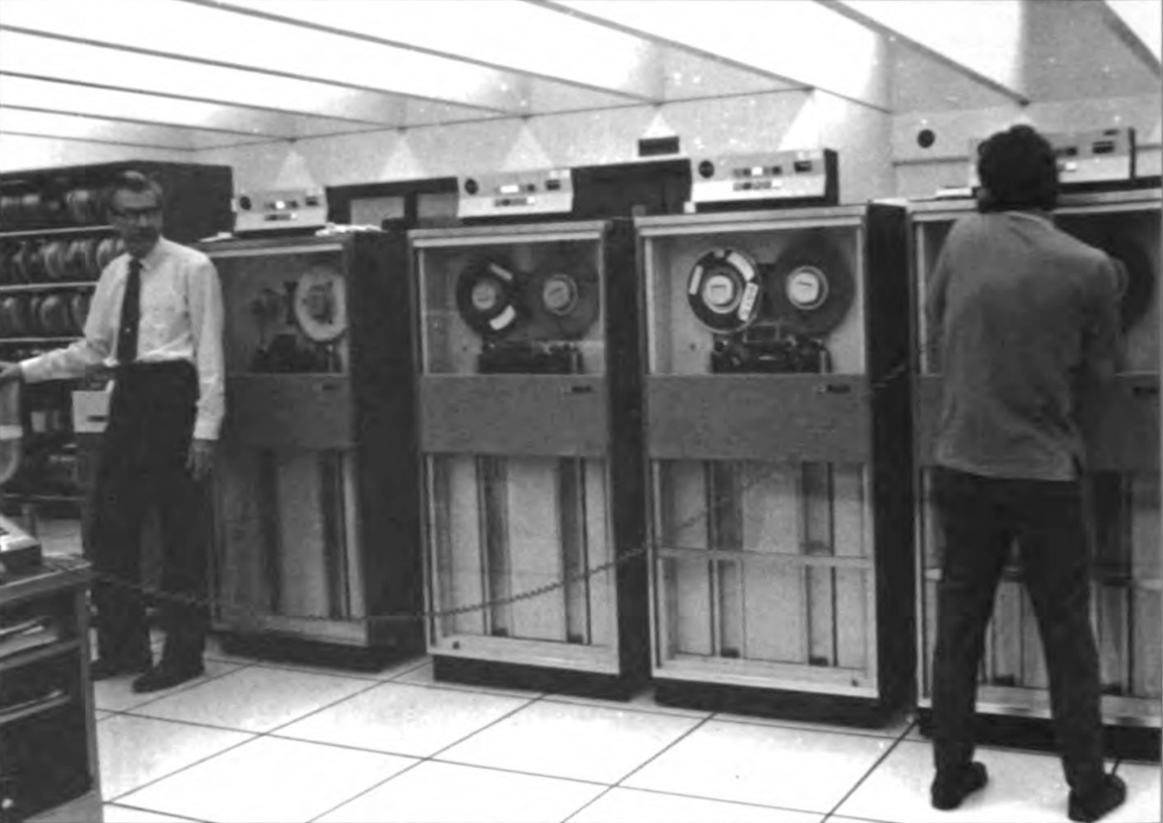 ' />
' />
Finding IBM’s time-sharing software lacking, the Computing Center staff and other computer scientists develop the Michigan Terminal Service for the IBM 360/67. MTS implemented new and controversial ideas in computing. Many tasks taken for granted today were available for the first time on MTS: multiple users per computer, file and program sharing, permitting access to files, and the ability for more than one person to access a file at a time.
“We developed MTS because we didn’t know it was impossible,” said Mike Alexander, MTS architect.
1967: MTS Standardizes Virtual Memory
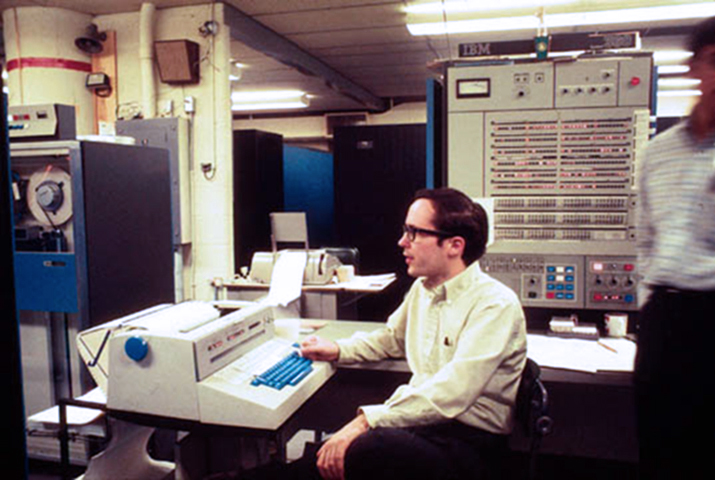
MTS was capable of using virtual memory, demonstrating for the first time that it was a viable concept. The success of running MTS on IBM’s 360/67 led to IBM’s decision to enable virtual storage on their entire line of computers. As a result, according to Bernard Galler, “virtual storage became an industry standard.”
Virtual memory allows the computer to extend its memory by using a local disk to store data that is not immediately needed. In doing this, a computer with virtual memory can work as though it has more actual memory than it does.
1968: Second IBM Machine Doubles MTS Use
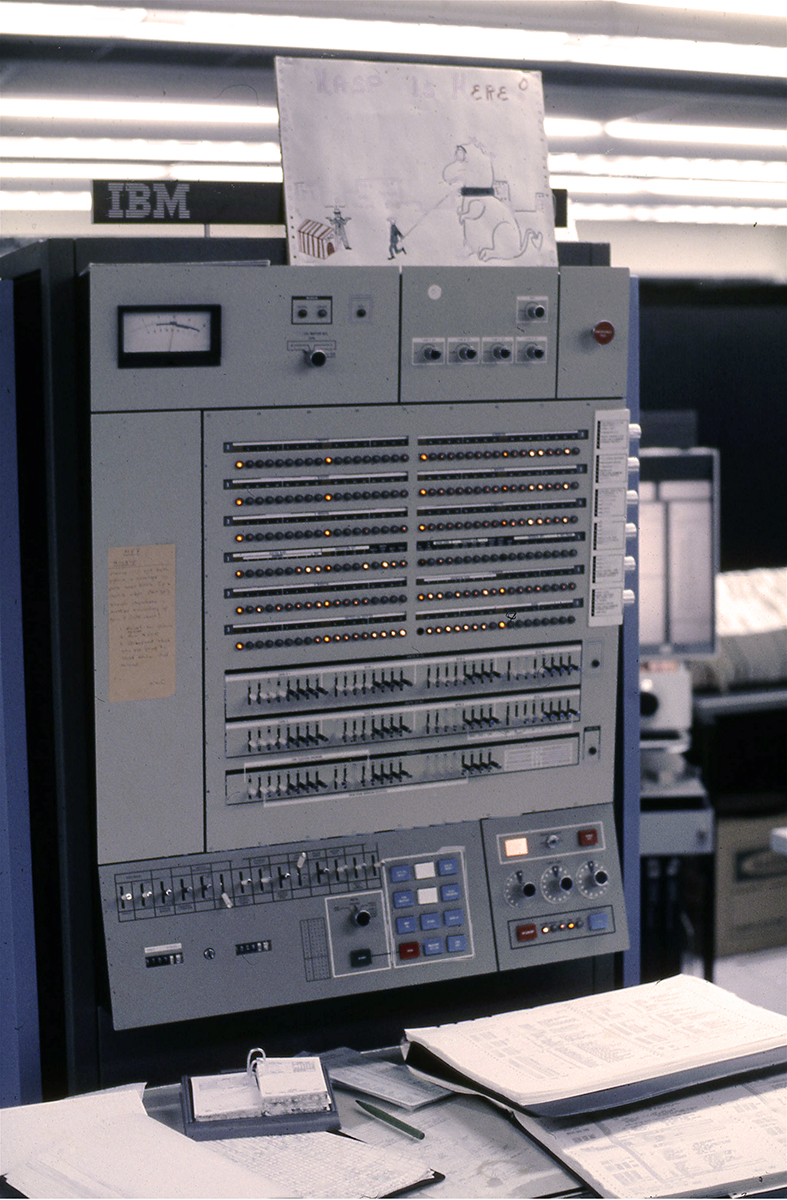
MTS was so successful that a second IBM 360/67 was installed, making it the most prevalent computing environment on campus. The number of simultaneous, interactive users on MTS grew to more than 600.
1969: Creating the Network
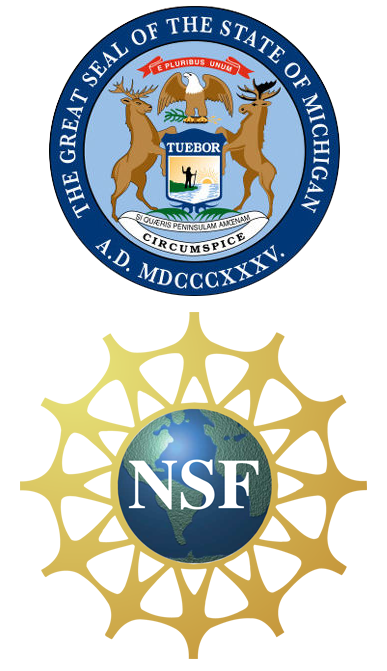
The State of Michigan Legislature passes a $400,000 MERIT funding bill—the second, state-funded bill that was approved related to MERIT. MERIT’s proposal to the National Science Foundation (NSF) was accepted, and NSF matches the State of Michigan’s $400,000 to provide initial funding for the network.
In fall 1969, after funding for the initial development had been secured, Bertram Herzog was named director of MERIT.
1970: Students Criticize Computing Center
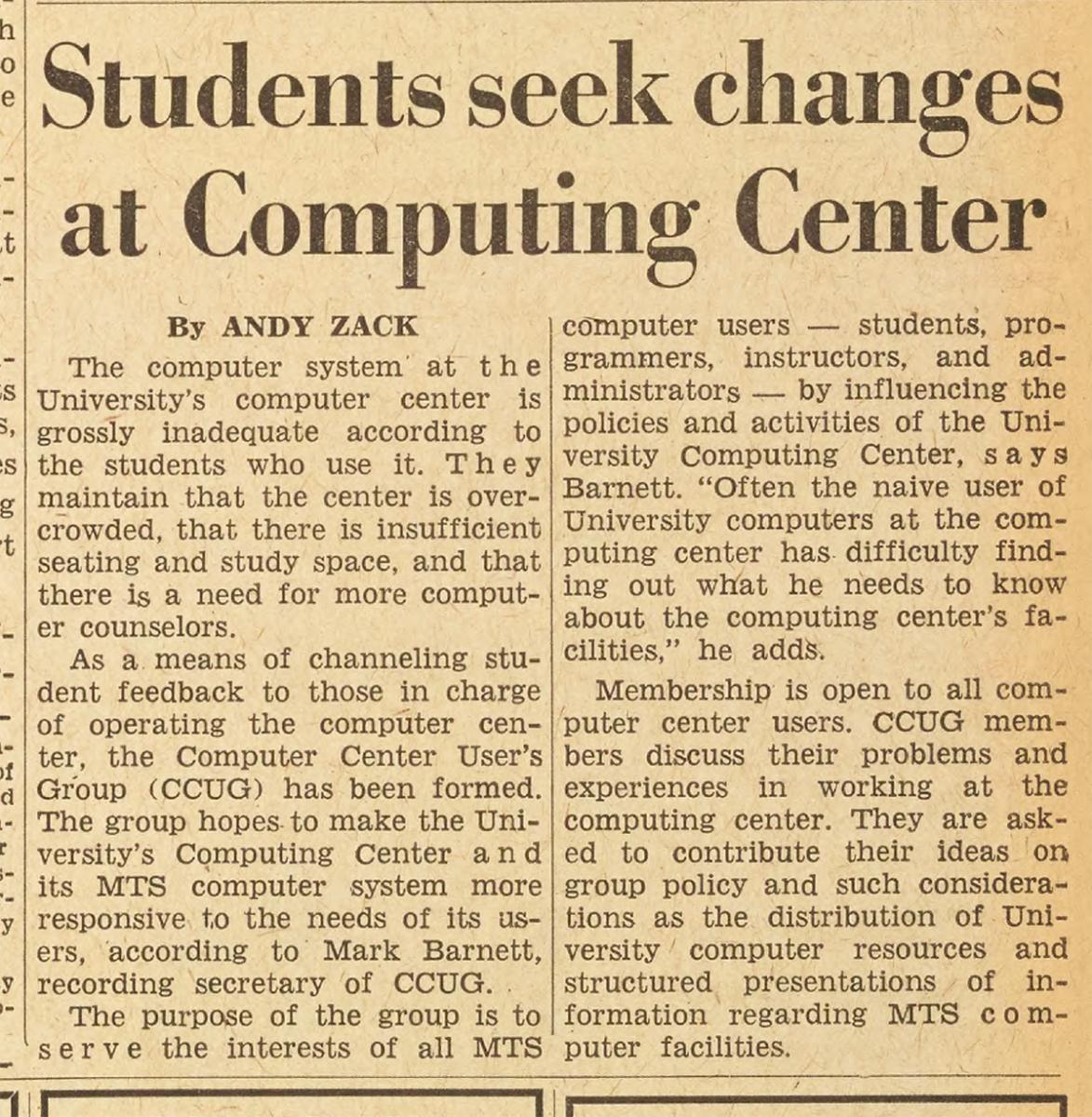
Citing overcrowding, insufficient seating, and lack of computer counselors to assist with use of the MTS computer facilities, students seek to influence computing policies and activities. By forming the Computer Center User Group (CCUG), they contribute ideas on governance and access to the growing campus computing environment.
1970: Use of Minicomputers Increases
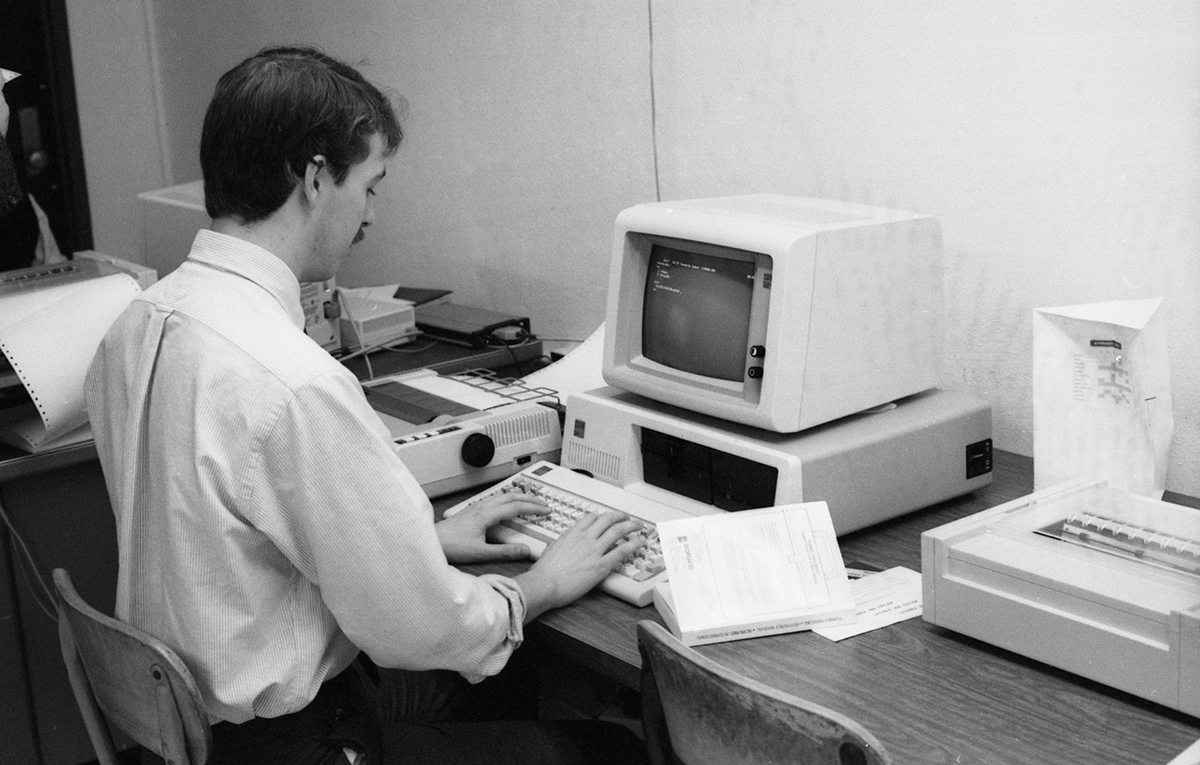
The 1970s brought many advances in computer technology. Traditionally, all computing on the Ann Arbor campus occurred on the MTS at the Computing Center. The minicomputer allowed for autonomous computers within individual units. Campus computing use slowly moved away from the mainframe model as departments and staff began to acquire their own "minicomputers" (also referred to as "microcomputers").
1970: CRISP Project Computerizes Class Registration
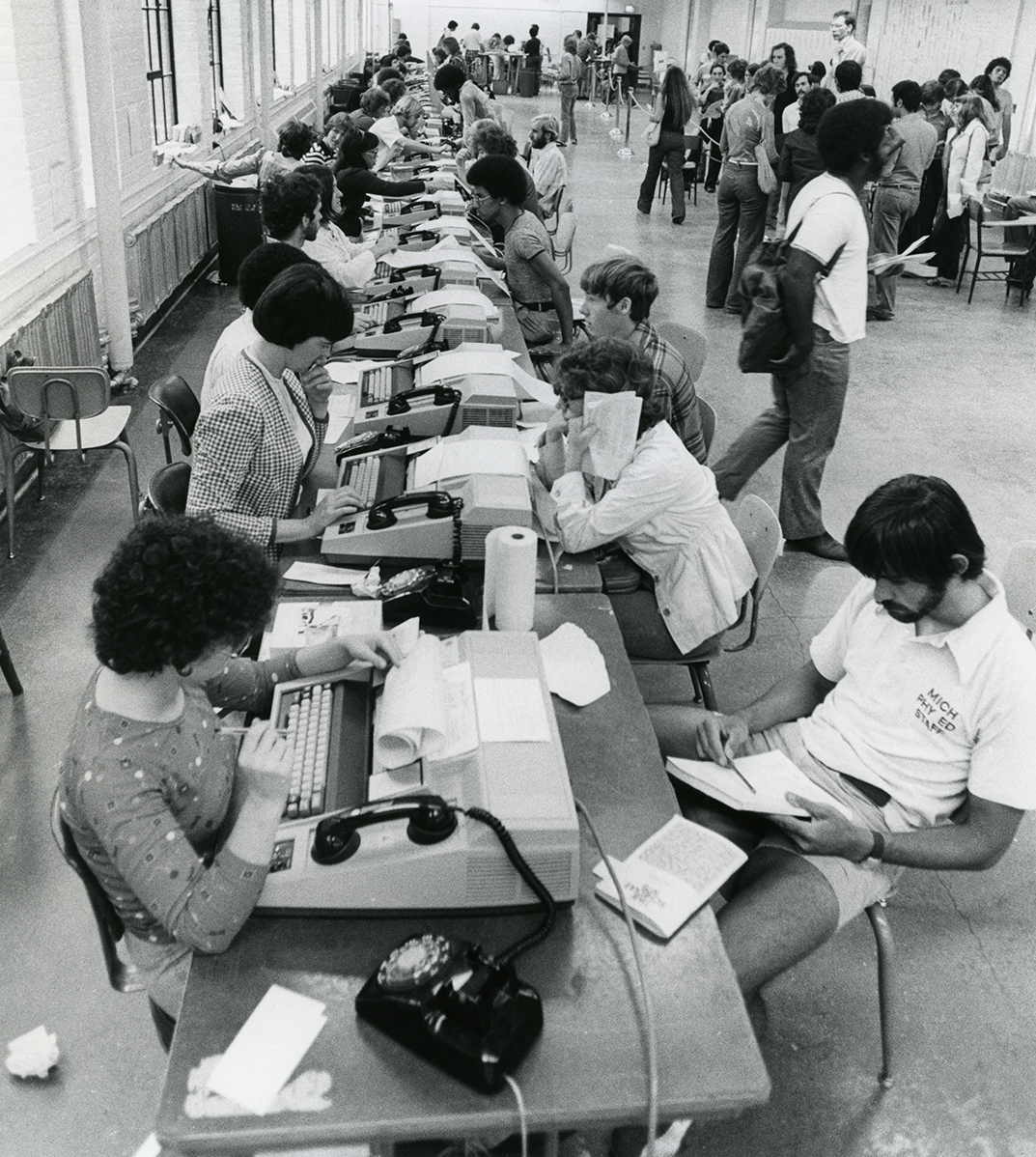
The (CRISP) concept—Computer Registration in Spite of Problems—is formed in a U-M computer course (CCS 673) taught by Professor Bernard Galler. The computerized system to enroll in classes was implemented in 1975 and used for several decades until the creation of Wolverine Access in 1994.
1971: A New Home on North Campus
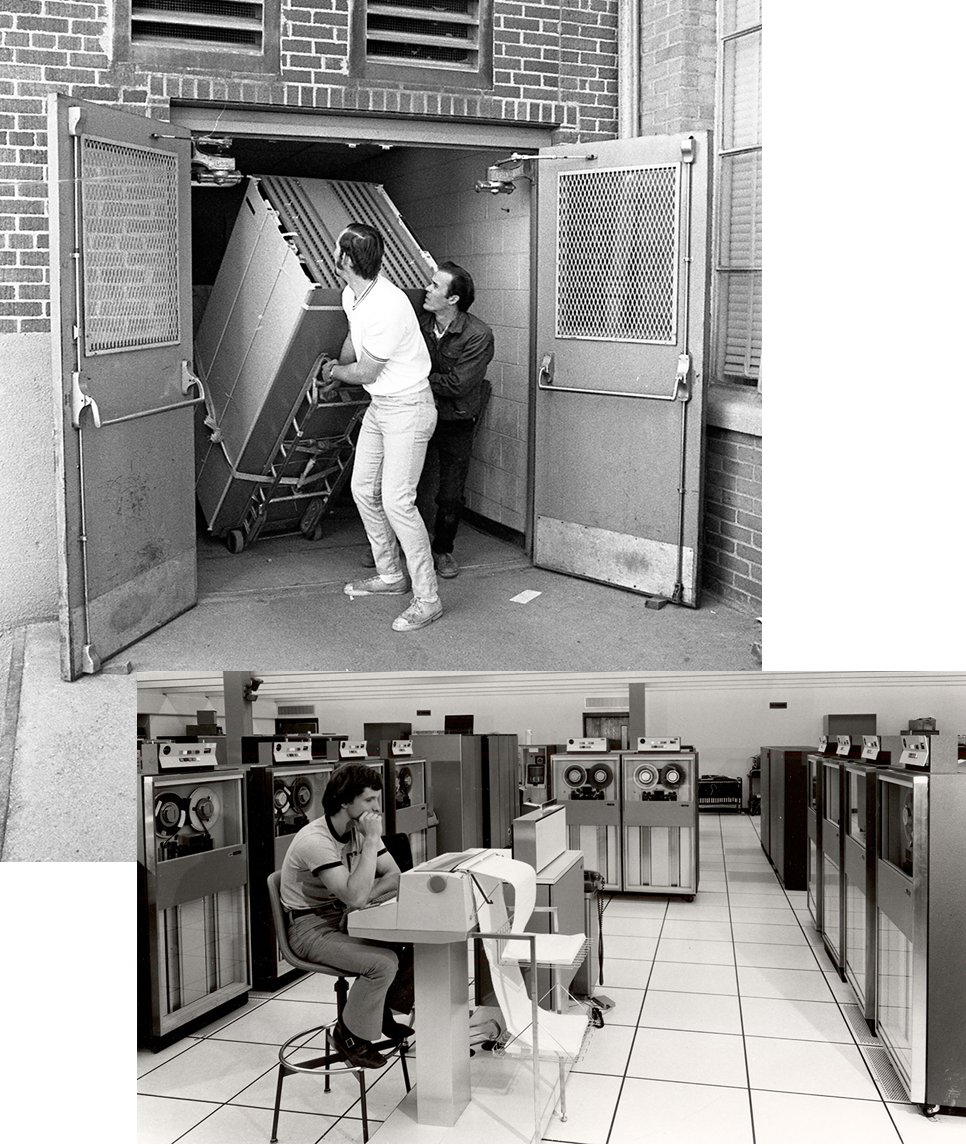
To accommodate the explosion of computer use on campus, university regents approve a plan for a new Computing Center in June 1968. The center moves from the North University Building (NUBS) into a new building on North Campus in May 1971.
The new building features elevated floors that allow computer cables, electrical services, and more than 900 telephone lines to be safely tucked beneath. As no computing services are available during the three-week move, the computing newsletter editors suggest it might be a good time to “take a vacation.”
1971: Computing Center News Founded
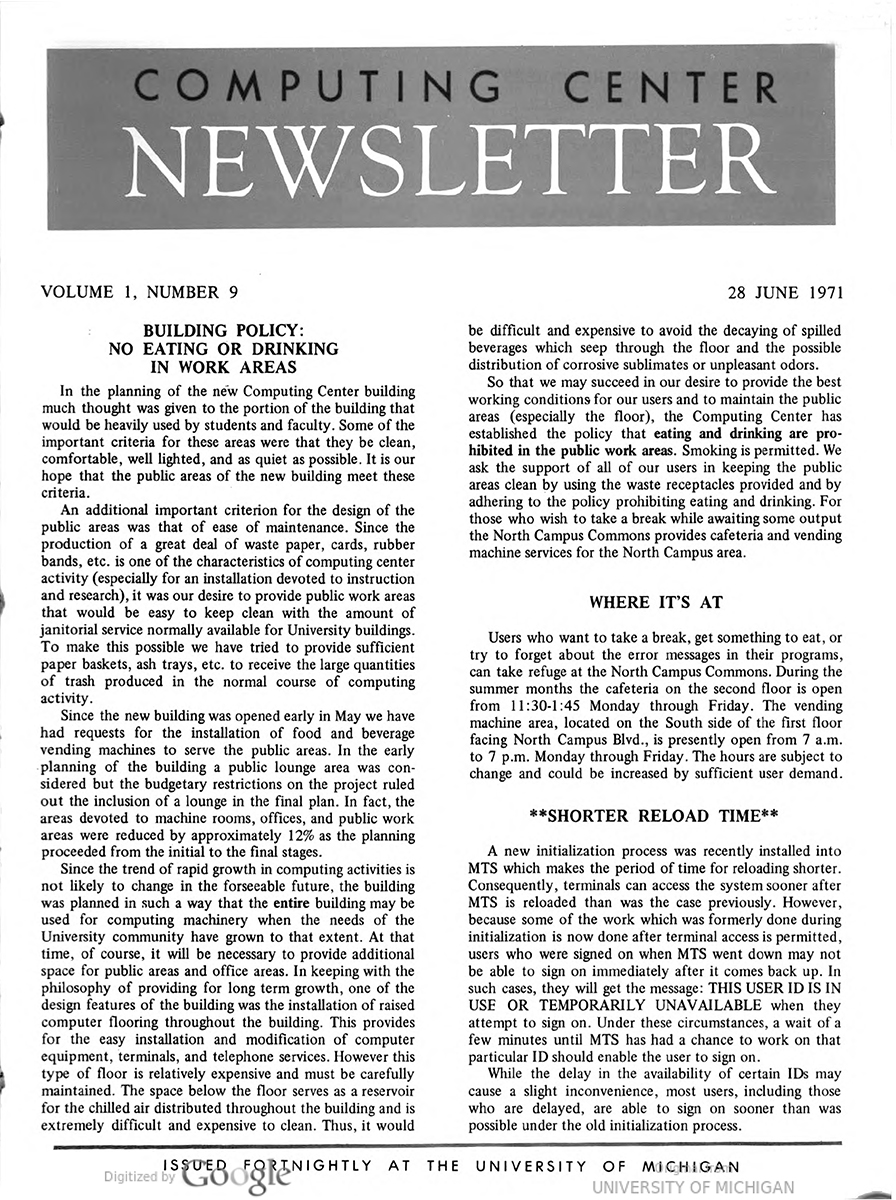
The Computing Center Newsletter is a multi-purpose, bi-weekly publication for students, staff, and faculty, offering news about advancements in computing (both on and off campus), troubleshooting and teaching guides, safe computing advice, and campus event announcements. Editors regularly publish the scores of the Walleyes, the Computing Center softball team, and ask readers to submit “anything that will help us help our users.”
1972: U-M Cuts Ties with Willow Run Labs

State legislature establishes the Environment Research Institute of Michigan (ERIM) as an independent research center. All Willow Run personnel, facilities, and projects are directed to disassociate from the University of Michigan and transfer to ERIM.
For nearly three decades, Willow Run labs housed contract research for the U.S. military, focusing on radar, infrared, and other techniques for remote sensing by aircraft. The transfer was complete in 1973, with most researchers beginning to focus on non-military applications of their work.
1975: New Amdahl Machine Replaces Slower IBM 370

The new Amdahl 470V/6 computer is installed in the Computer Center on north campus to be used with MTS. After a 60-day evaluation period, staff determine that this computer is twice as fast as the IBM 370/168, which is promptly retired from service. U-M was the second institution—after NASA—to purchase this Amdahl model.
1975: CONFER Developed: “Think Tank Without Walls”

Ph.D. student Robert Parnes develops conferencing software called CONFER as “an alternative to face-to-face communication” for part of his doctoral degree in philosophy. Working with Karl Zinn at the Center for Research on Learning and Teaching (CRLT), Parnes and other developers saw potential in “educational uses of computer-based conferencing, for example, computer-based seminars and computer-assisted curriculum development.” The first student CONFER was called MEET:STUDENTS.
1978: First Photography of Individual Genes
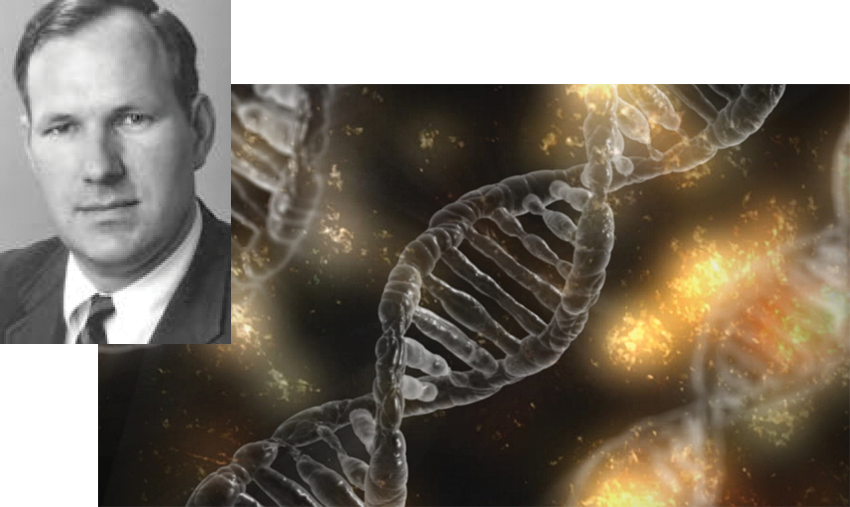
Using new recombinant DNA methods, Roy Schmickel and Golder Wilson (Res 1977) of the Department of Pediatrics and Communicable Diseases isolate, view and photograph several lone genes. Prior to this work, investigators could explore human gene activity only at the chromosomal level and above.
1979: U-M Acquires its First Magnetic Resonance Imaging (MRI) Machine
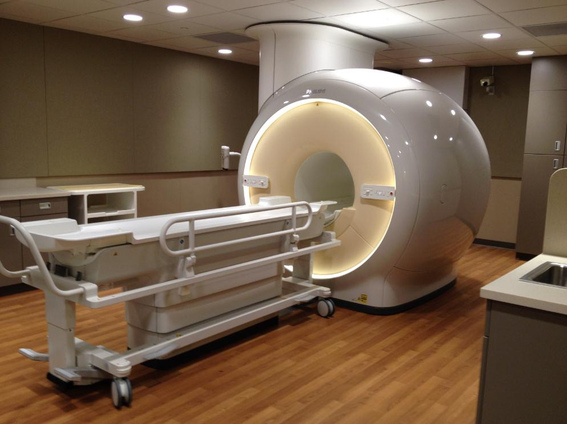
MRI provides superior images of the body’s internal structures using magnetic fields and radio waves instead of radiation.
1980: CHAOS competes at World Computer Chess Championship
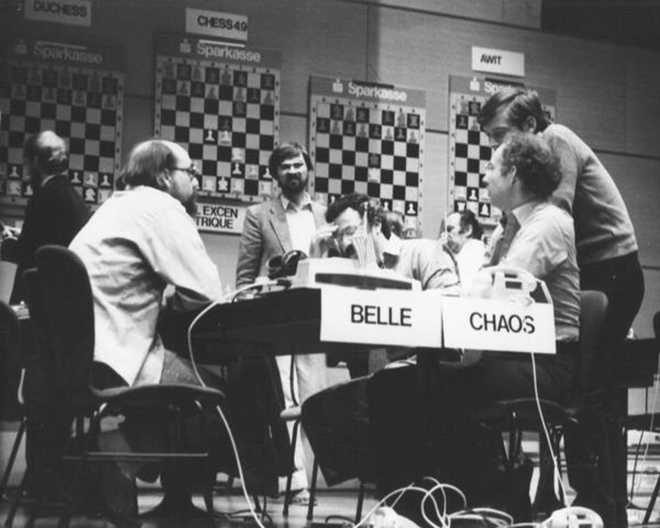
CHAOS, or “Chess Heuristics And Other Stuff,” is among the most powerful chess playing computers in the ’70s and ’80s. Though not developed at U-M, CHAOS programmers staffed the University Computing Center in the 1980s. CHAOS never won a significant tournament, but it consistently competed against the world’s best chess computer programs.
1981: Assistance Offered via MTS Messaging
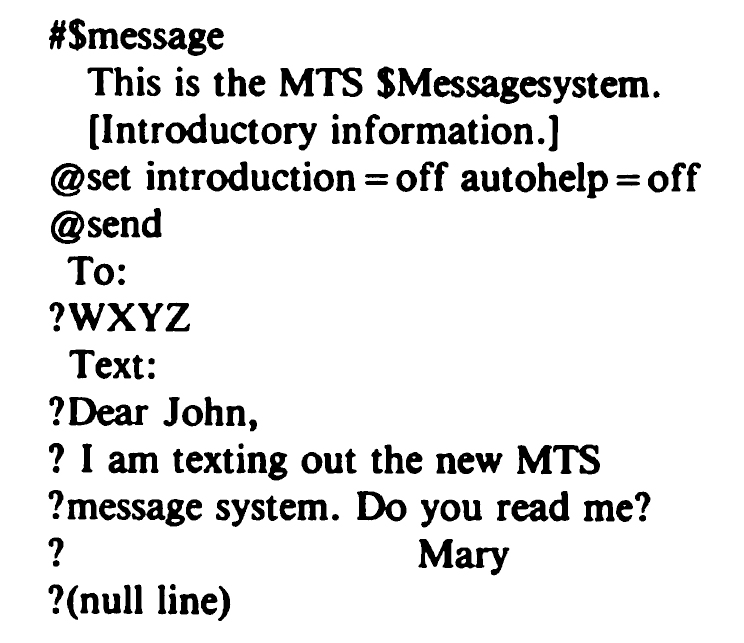
Computing Center staff set up a messaging system using the Michigan Terminal Service (MTS). Faculty, staff, and students with a login are given a private mailbox and can now send messages and files to one another. A counseling inbox is created to answer questions, offer assistance, and accept suggestions from the university community.
1981: Proposal for UMNET

Several autonomous networks exist on campus. They are housed at the Computing Center, the Data Systems Center, the Hospital Data Center, Human Genetics, Image Processing Center, and the Dearborn and Flint campuses.
These networks were largely incapable of communicating with one another, creating a great deal of redundant data that could otherwise be shared. The technology developed through Merit Network allowed for the creation of a widespread campus network, known as UMnet, which could send and deliver files at extremely high speeds.
1982: Purchase of the Amdahl 5860
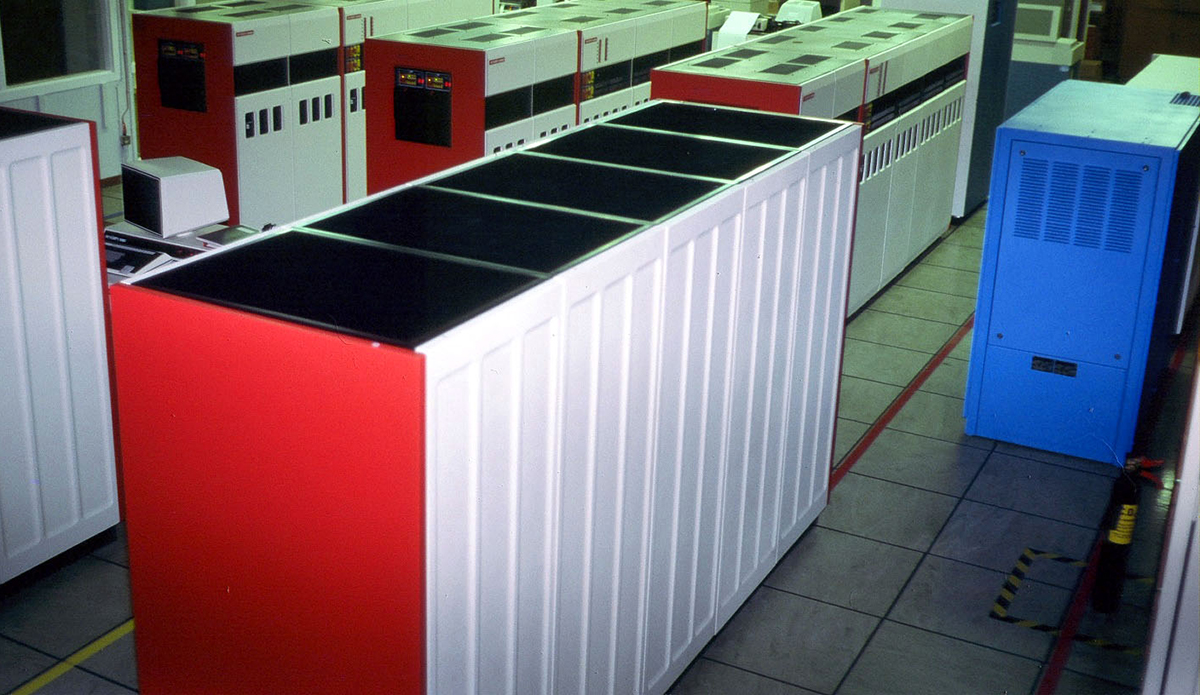
The Computing Center purchases the first 5860 model produced by Amdahl to meet the growing need for more terminals and quicker response time. Amdahl selected U-M to receive the first machine, which was a testament to the excellent staff at the Computing Center.
Students often had to wait in long lines to use an MTS terminal. One student wrote to the Computing Center Newsletter to request that “pinball machines, a laundromat, or shower facilities” be installed in the Center to alleviate “severe boredom and anxiety.”
1983: Support for Personal Microcomputers
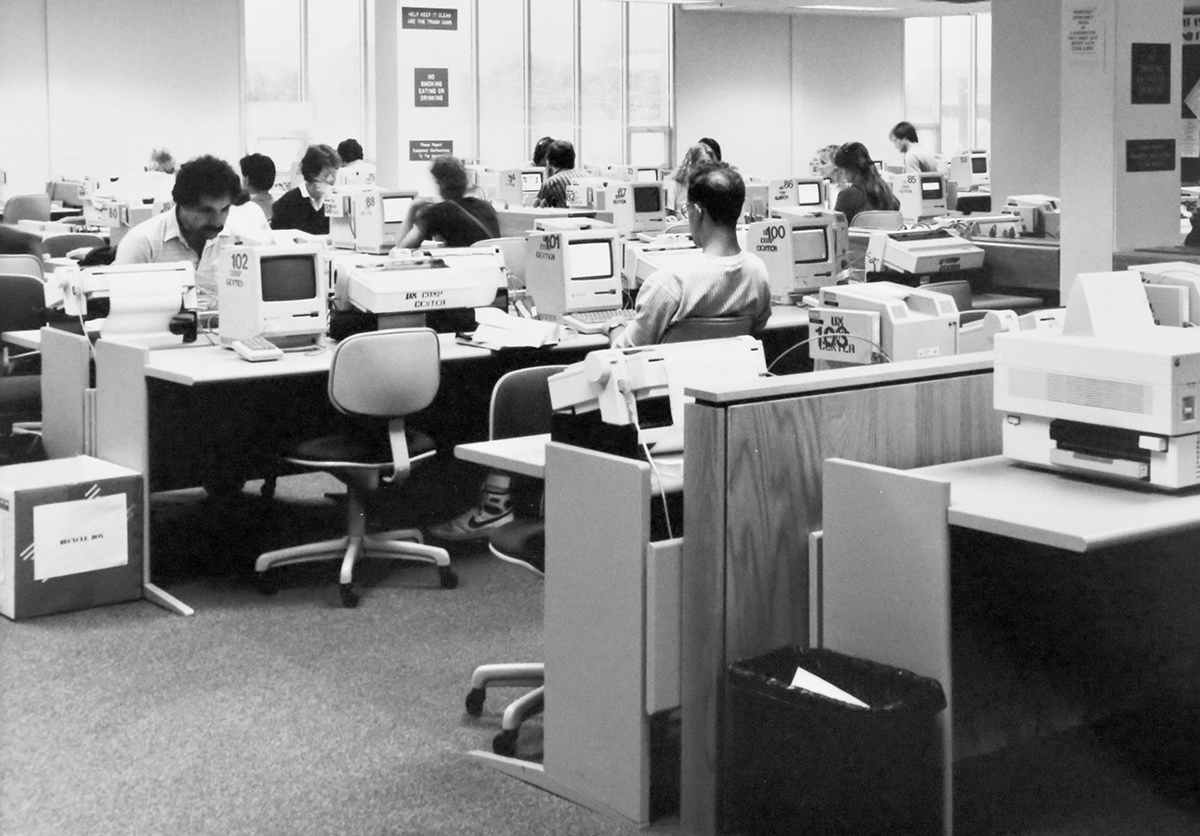
The Microcomputing Support Group forms to guide the university community in purchasing and using so-called microcomputers. The group was tasked with recommending and supporting hardware and software, maintaining a library of reference material, lending and selling popular software, and organizing application user groups (e.g., for word processors). The group founded the Microcomputer Education Center with the School of Education and partnered with Purchasing, Michigan Media, Office of Administrative Services, and the Center for Research, Learning and Teaching.
1983: Mailnet Connects U-M to Academic Community
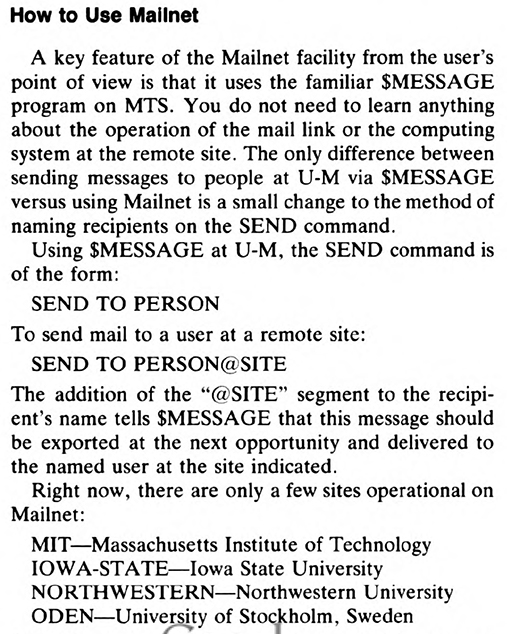
Through Merit Network, U-M joined Massachusetts Institute of Technology (MIT) and 14 other universities in North America and abroad to pilot a new, electronic mail system. The project, funded by the Carnegie Corporation, connected campus mail systems to “enrich professional interactions independent of geography.” Scholars, researchers, faculty, and administrators at U-M used MTS to send messages to MIT. They were delivered over a telephone line four times a day at 3 a.m., 9 a.m., 1 p.m., and 7 p.m.
1983: Computer Aided Engineering Network (CAEN) Founded
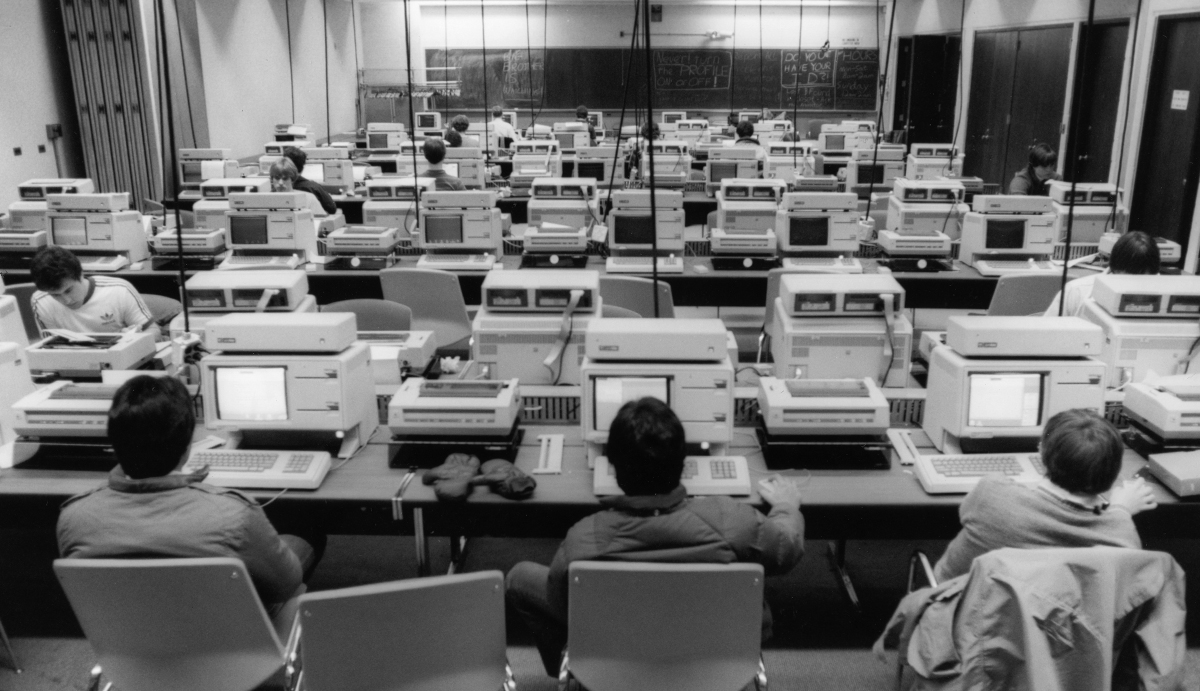
The College of Engineering invests $10 million over two years to create the most modern public institution computing system yet—Computer Aided Engineering Network (CAEN). The network was funded by a new, $100-per-term computing fee for students, donations, loans, and the school’s general fund. Dean James Duderstadt believed the College of Engineering needed its own network, because MTS did not offer enough equipment or network time. CAEN offered students unlimited access, faster speeds, and graphics capabilities. The College of Engineering chose to install complete computers, rather than terminals, and installed 400–500 Apollo Domains, Apple Lisas, and IBM PCs.
1984: UMNET Continues to Grow
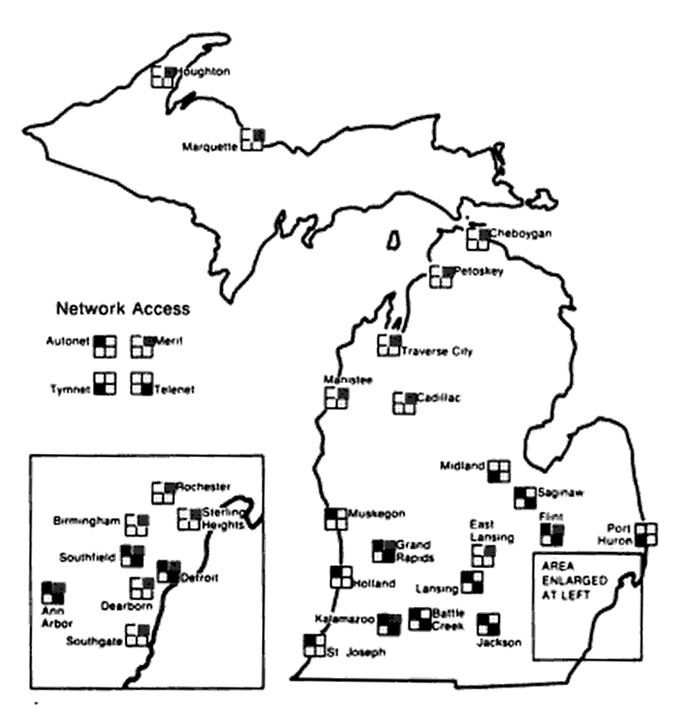
Plans to lay coaxial cable are written and implemented in 1984. By 1988, approximately 6,000 UMnet/MERIT ports existed in Ann Arbor, Dearborn, and Flint for use on campus and in the immediate vicinity. Connection rates could reach 19.2 kbps via LAN or 2.4 kbps via dial-up connections. From here, outside resources such as Telnet and the internet could be reached.
1984: Business School Requires $100 Computer Fee
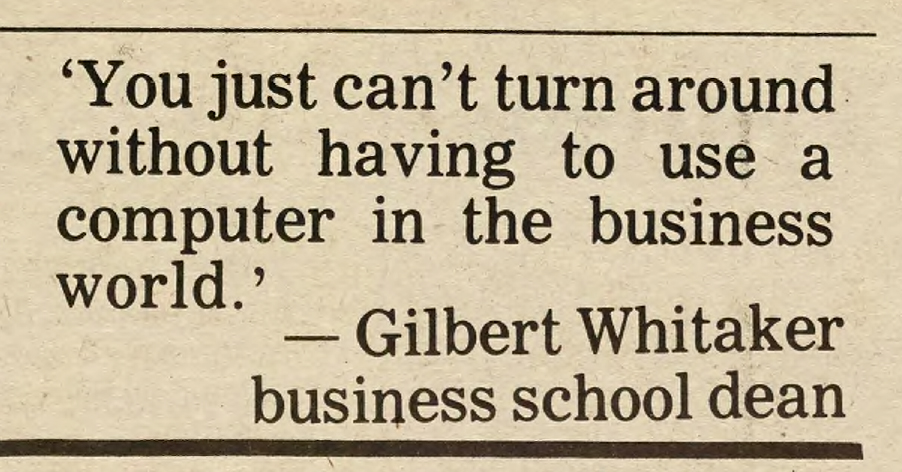
The U-M Business School establishes the most ambitious computer-familiarity project of any business school in the country. The program is designed to increase graduates’ computer literacy and competitiveness in the workplace. The program linked microcomputers to the university’s central computers. An additional $100 was added to tuition fees each term to fund the project.
1984: New Department of Electrical Engineering and Computer Science
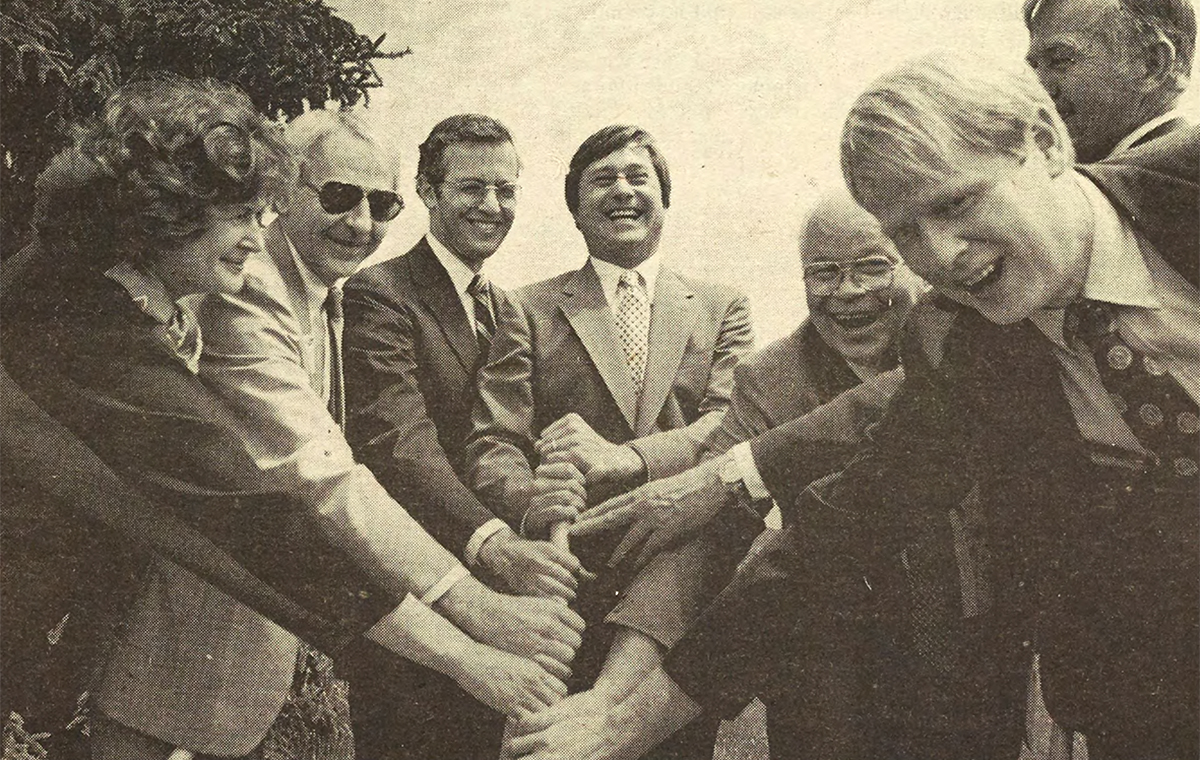
With strong support from both colleges, the Department of Computer and Communication Sciences in the College of Literature, Science, and the Arts transfers to the Department of Electrical and Computer Engineering to form a new Department of Electrical Engineering and Computer Science in the College of Engineering. The merger eliminated duplicate courses and created a stronger program.
1984: Information Technology Division Created
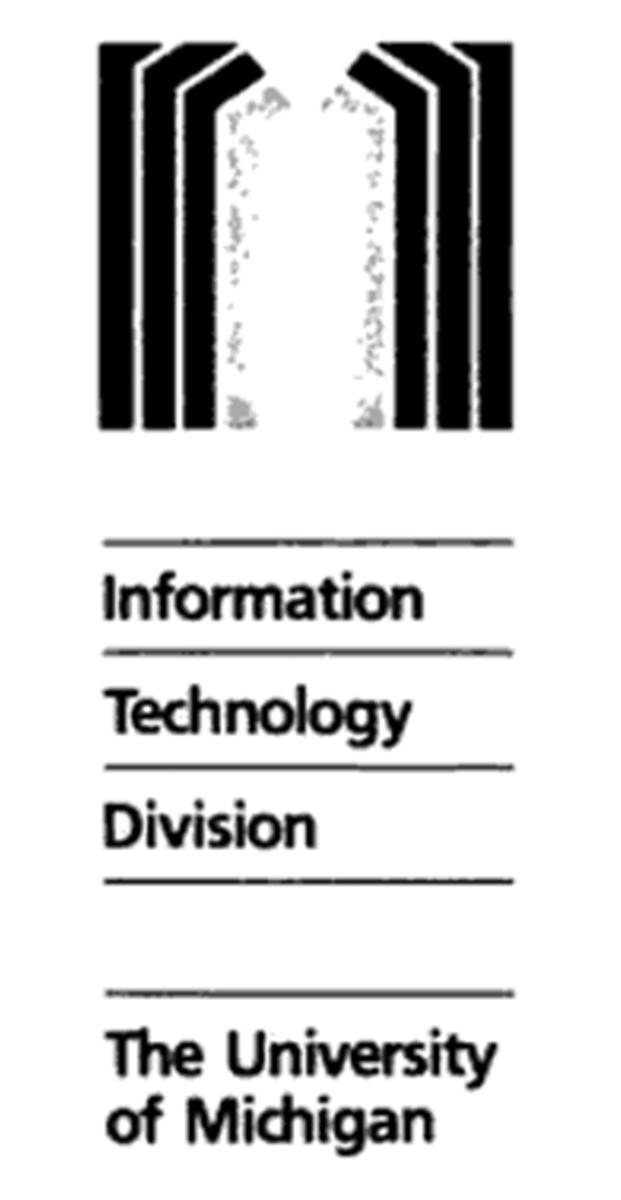
The Information Technology Division (ITD) is established to provide administrative structure to the growing information technology presence on campus. Under Vice Provost Doug Van Houweling’s leadership, the department combined the Computing Center, the Office of Administrative Systems, the Center for Information Technology Integration, and the Office of Instructional Technology. One of the department’s first actions was to hold a series of student forums to better understand computing for students.
1984: Douglas Van Houweling First Vice Provost for Information Technology
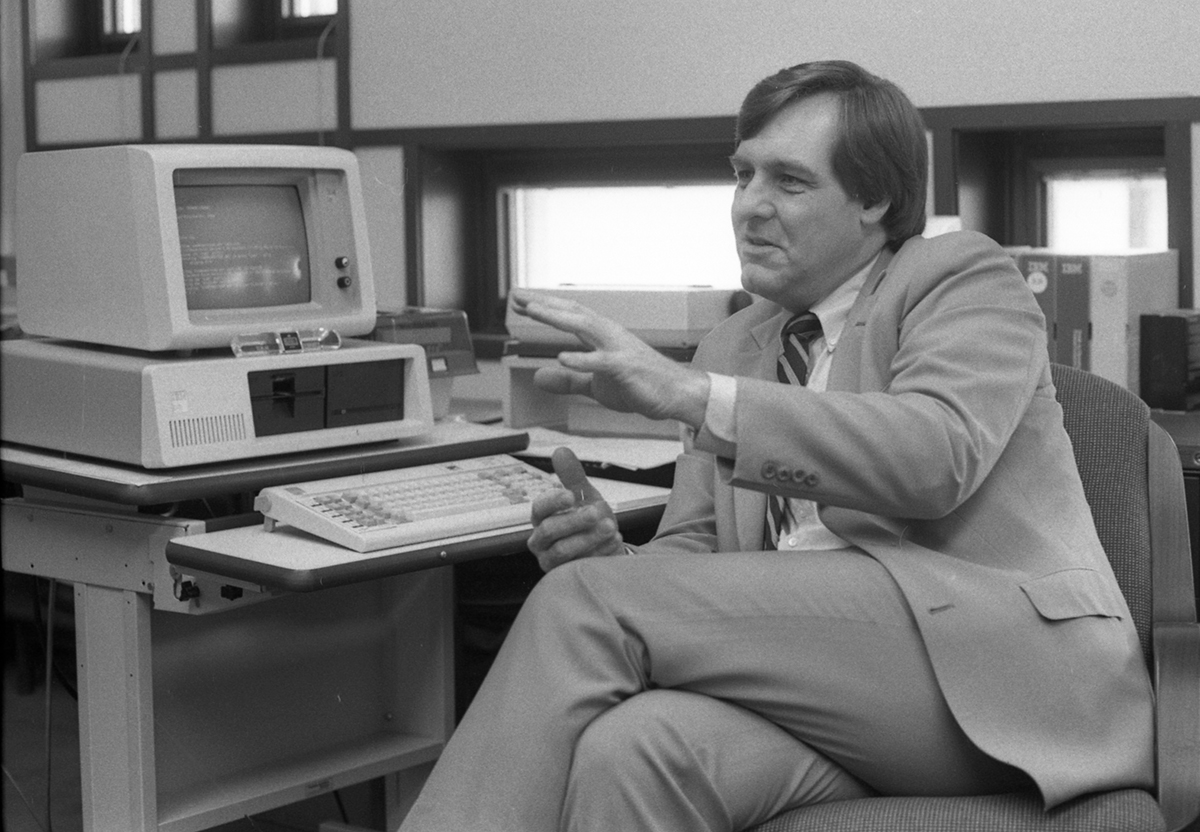
Van Houweling “brings his love of computers to the U,” says the Daily headline introducing him to the U-M campus. Coming from Carnegie Mellon to focus his career on advancing IT in the public sector, he says, “Michigan seem[s] committed to doing something substantial in the area of information technology for its students and faculty.” Over his long career at U-M in the both academic and administrative sphere, Van Houweling drives the campus computing strategy forward with his own spirited commitment to democratizing computing access and investing in information technology.
1984: University Library’s Records Go Digital
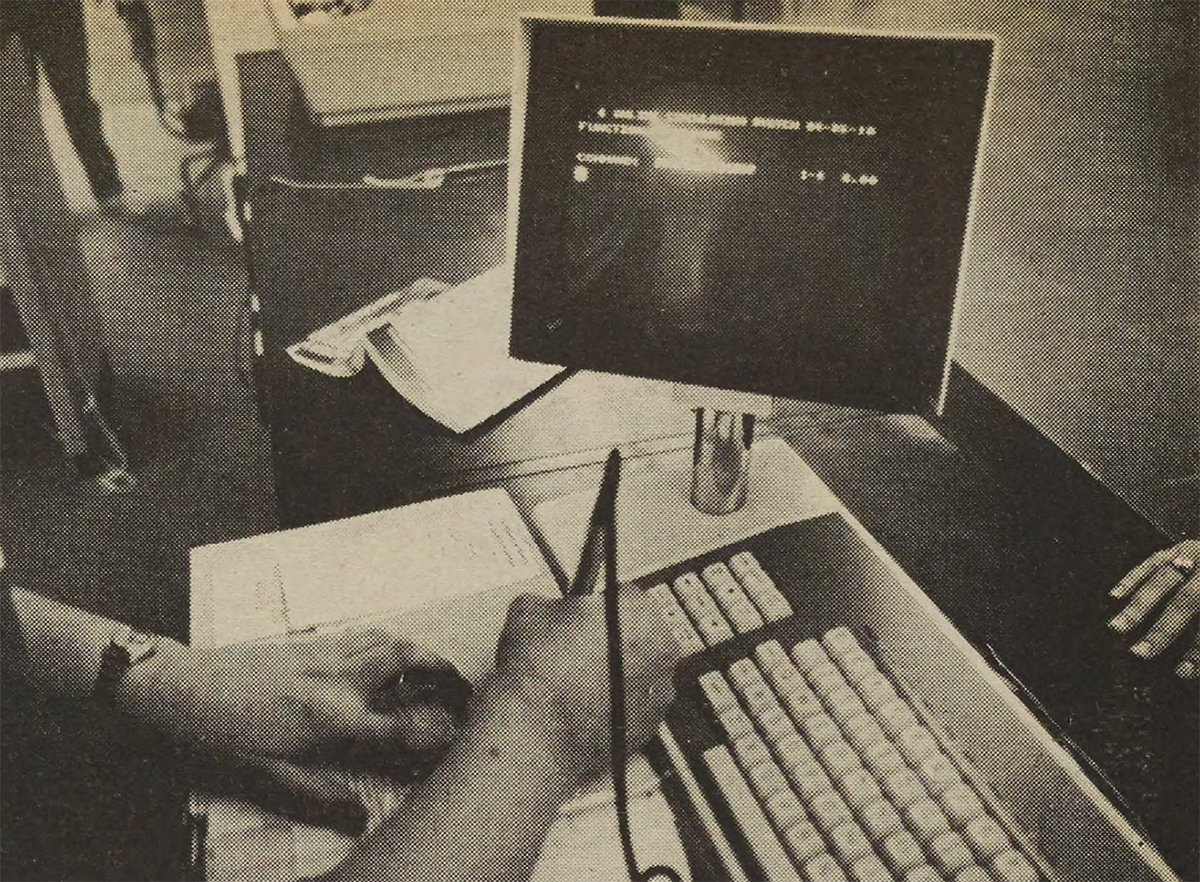
University Library creates GEAC to provide an online card catalog that is accessible by personal computers and public terminals on UMnet and Merit networks. Students using GEAC found the location and availability of materials when searching by title, author, or call number. When the system debuted, it linked only five libraries and only contained information from the last eight years of library acquisitions. Four more libraries were added by the following year, and more terminals were added in libraries. (GEAC is a Canadian company that created the system for bank accounting.)
1985: Computing Center Supports Accessible Technology
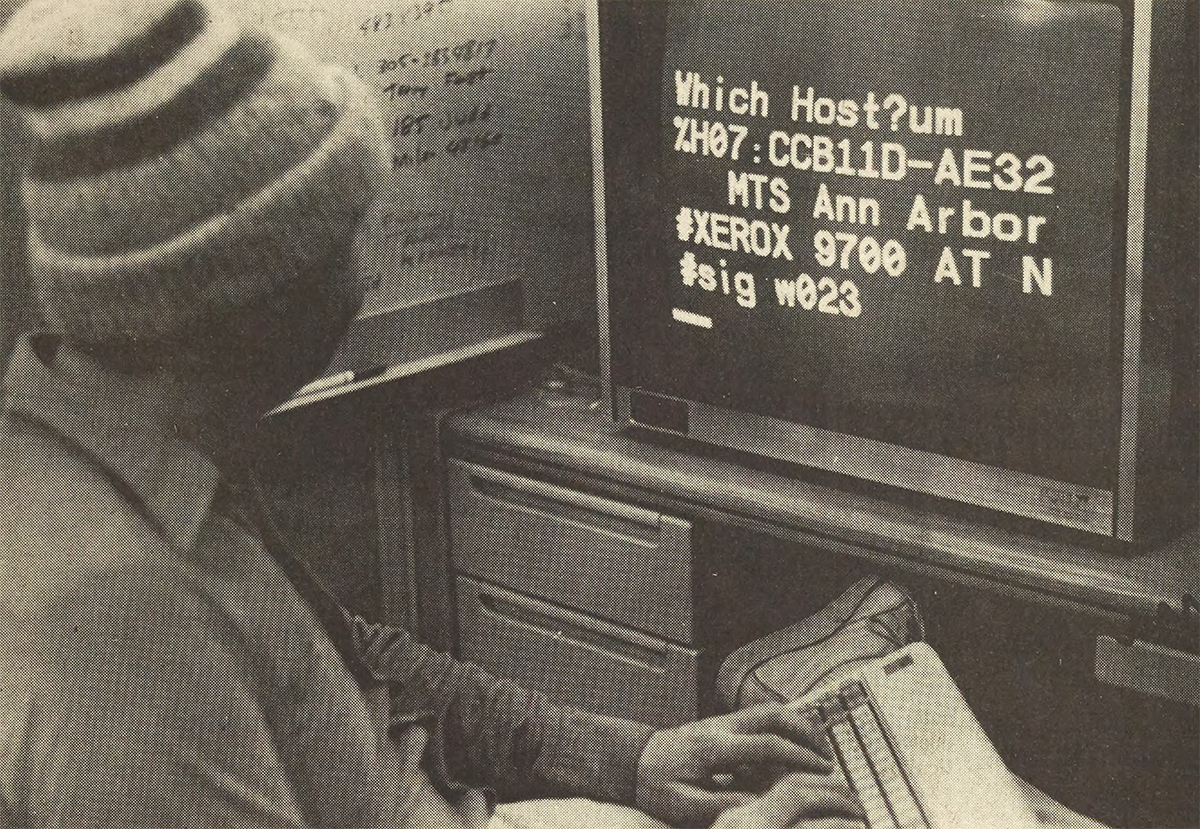
The Computing Center provides specialized workstation equipment for people with visual impairments and other disabilities. The Union computing station has a terminal equipped with a Cybertalker, which recited text on screen in a remarkably clear voice and a thick, Norwegian accent. The Computing Center staff hosted and participated in the U-M Blind Computer User Group.
U-M remains a leader among institutions of higher education in supporting and providing accessible technology to students, faculty, and staff.
1985: The Birth of Campus Computing Sites
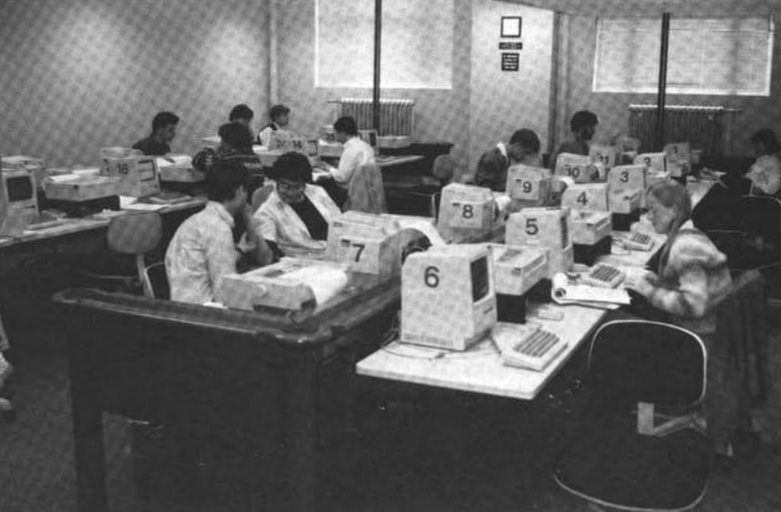
Douglas Van Houweling, vice provost for information technology, advocates for the importance of a robust information technology environment in higher education to the U-M Regents. To provide this costly technology in the most efficient mode to all U-M students, he proposes university computing "clusters," with the goal of increasing the current workstation number from 250 to 1,750 by 1988. “I’d like to see computers available within 5 minutes of every student on campus,” says Van Houweling. The regents agree to take initiative to provide all U-M students with computer access.
1985: U-M’s First Social Network
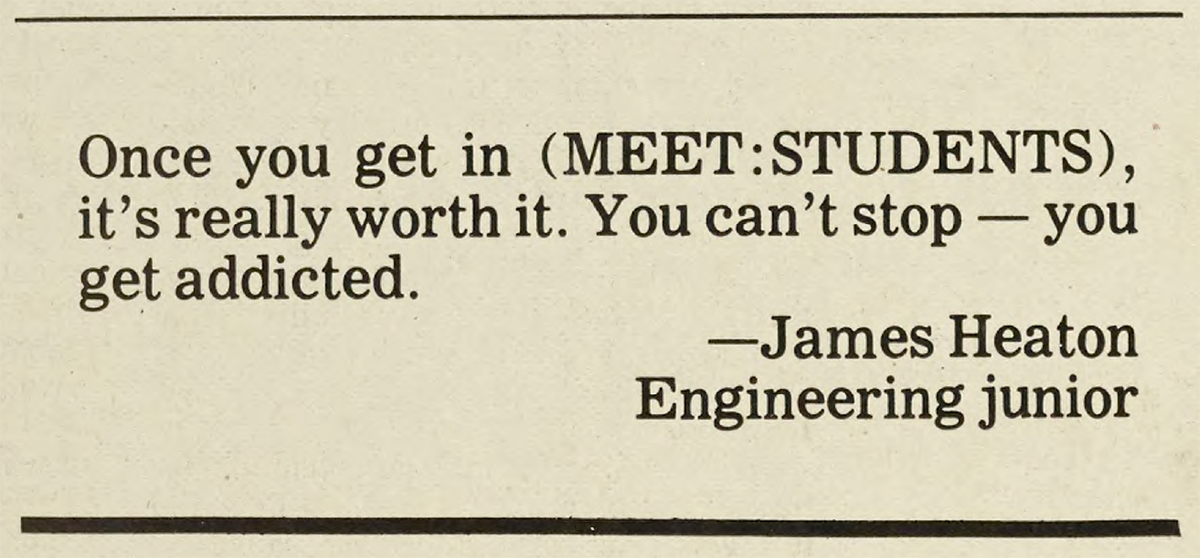
A students group creates MEET:STUDENTS, a social network on MTS to discuss anything from campus activities and philosophy to meeting singles and sex. Using MTS was more affordable, and U-M provided $50 of computer time to each student to use on MTS. In fewer than three months, the community had more than 200 students and was growing rapidly. Computers were no longer just for engineering students anymore.
By 1986, MEET:STUDENTS becomes the largest, most active conference on the system. And by 1991, some students reported spending hours on Saturday in front of a computer getting their CONFER fix.
1986: U-M Connects to Supercomputer in San Diego
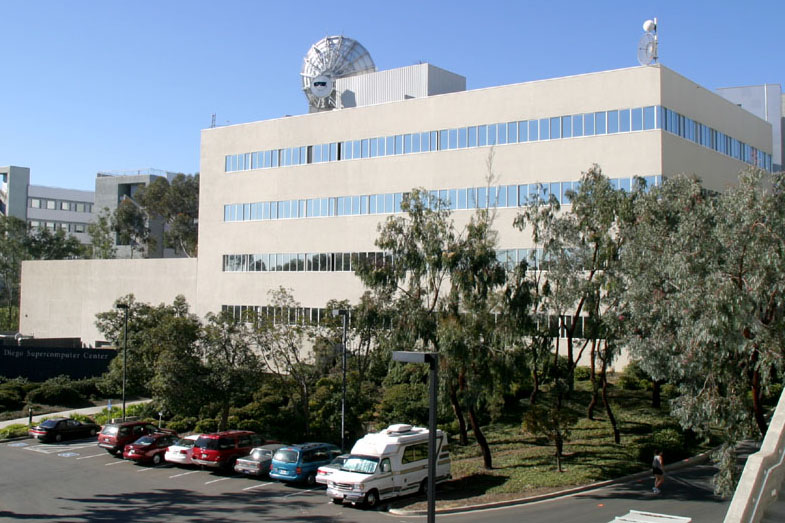
The UMnet/MERIT network gains access to the Cray X-MP machine at the NSF-sponsored San Diego Supercomputer Center via a 2.3-meter satellite dish on the roof of the Computing Center on North Campus. The installation heralds a new phase in the expansion of computing resources on campus.
The San Diego Supercomputer Consortium (SDSC) includes 20 universities and institutes and shares the Cray X-MP facility.
1986: Computing Opportunities Expanded
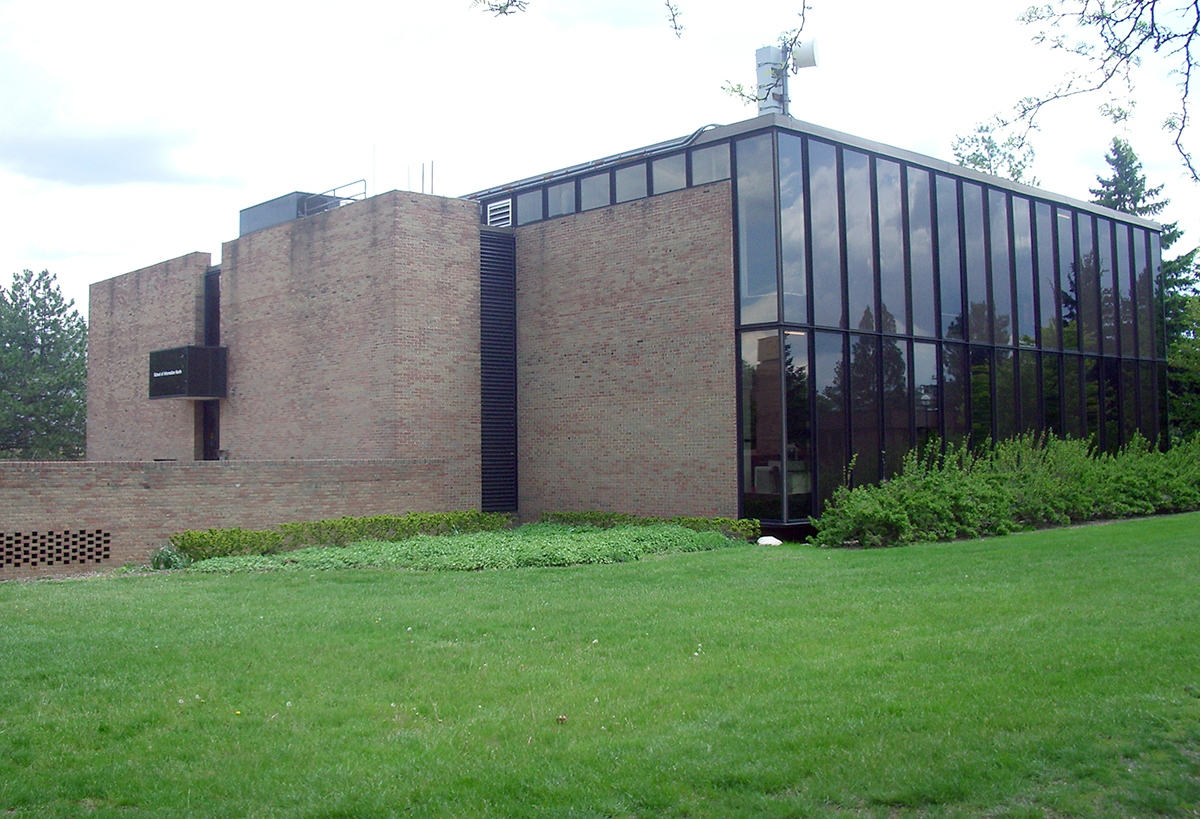
The Computing Center adds a second mainframe to run MTS. The original mainframe was called UM, while the second one is called UB. “It’s been alleged that the ‘M’ in UM stands for Maize and the ‘B’ in UB stands for Blue,” says Jeff Ogden, associate director of the Computing Center.
UB increases capacity—an additional 300 concurrent terminal users—at a low cost and allows the Computing Center to work out different models for pricing and computing resource allocation.
1986: Residence Halls Support Computing
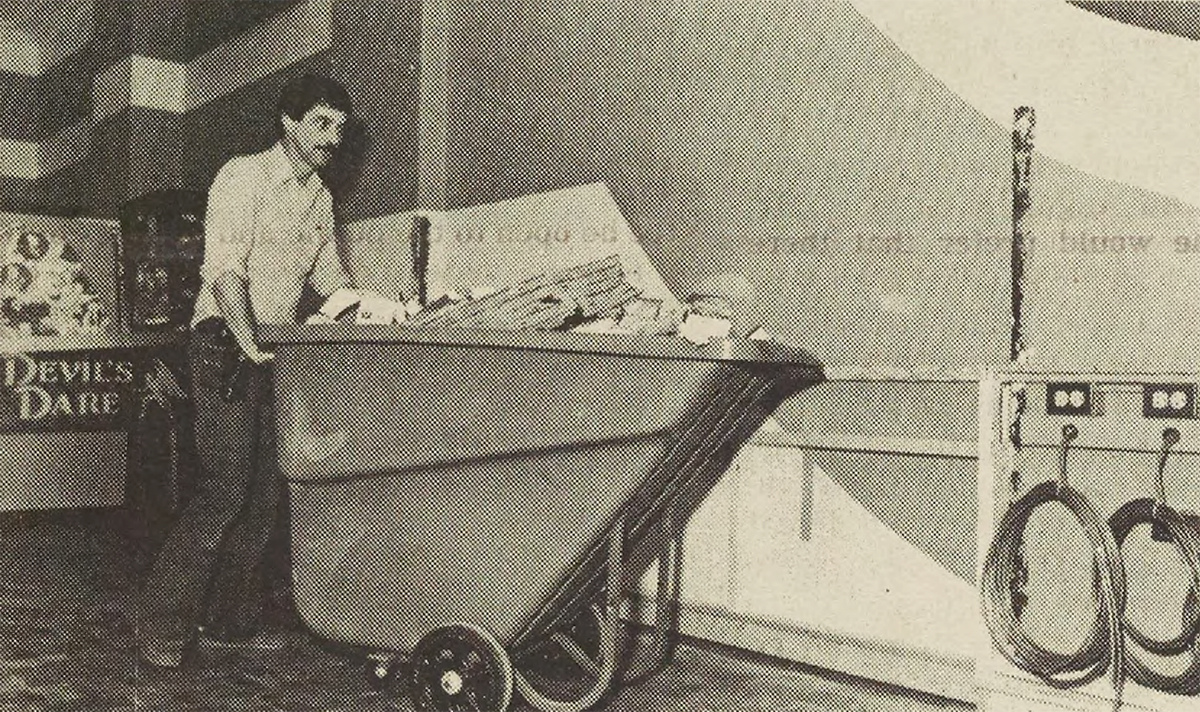
The Housing Division and ITD partner to form ResComp to foster computer use and learning in the Residence Halls, where 98% of all freshmen lived.
- Residence Hall rooms are equipped with a dual jack so students can connect personal computers to UMnet without tying up the phone line. Students were charged $15/month to use the service.
- An educational services program was created to train students to use common applications, like MTS and word processing.
- Research evaluated students’ attitudes toward information technology, general skill level, and expectations of computing at U-M. Back to top
1986: The New School of Information and Library Studies
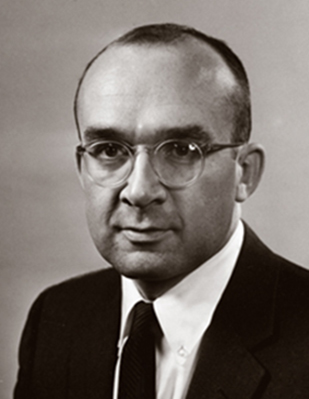
The School of Library Science becomes the School of Information and Library Studies, reflecting the rapidly growing use of computers. Dean Robert M. Warner says, "The computer, which serves the same information-gathering and transferring functions as librarians, has been the driving force behind these changes."
1987: NSFNET, Precursor to the Internet
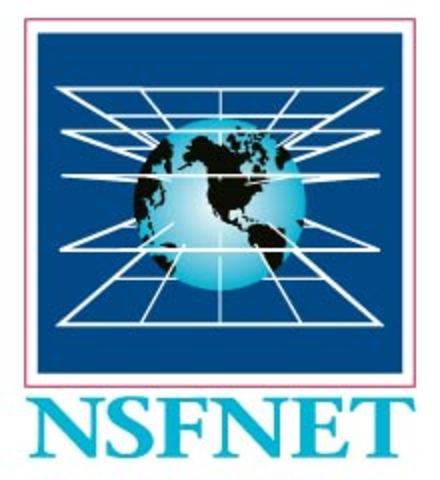
The National Science Foundation awards oversight of NSFNET to Merit Network under the direction of Eric Aupperle. The network "backbone" would connect thousands of researchers at seven regional networks to six NSF supercomputing centers, allowing them to more easily collaborate by sharing data, graphics, and simulations. Initially created to link researchers to the nation's NSF-funded supercomputing centers, it developed into a major part of the internet backbone through further public funding and private-industry partnerships.
1987: Free Speech meets Computer Etiquette

Students grapple with an issue that remains relevant today: how to observe community standards without squelching free speech. The debate erupted over a series of entries under the heading "bad jokes" in MEET:STUDENTS, the social network hosted on the Michigan Terminal System. The appearance of potentially offensive material prompted student organizers and planners of the student conference to intensify their effort to keep an open forum but not to offend groups or individuals.
1987: The Magic of MIRLYN
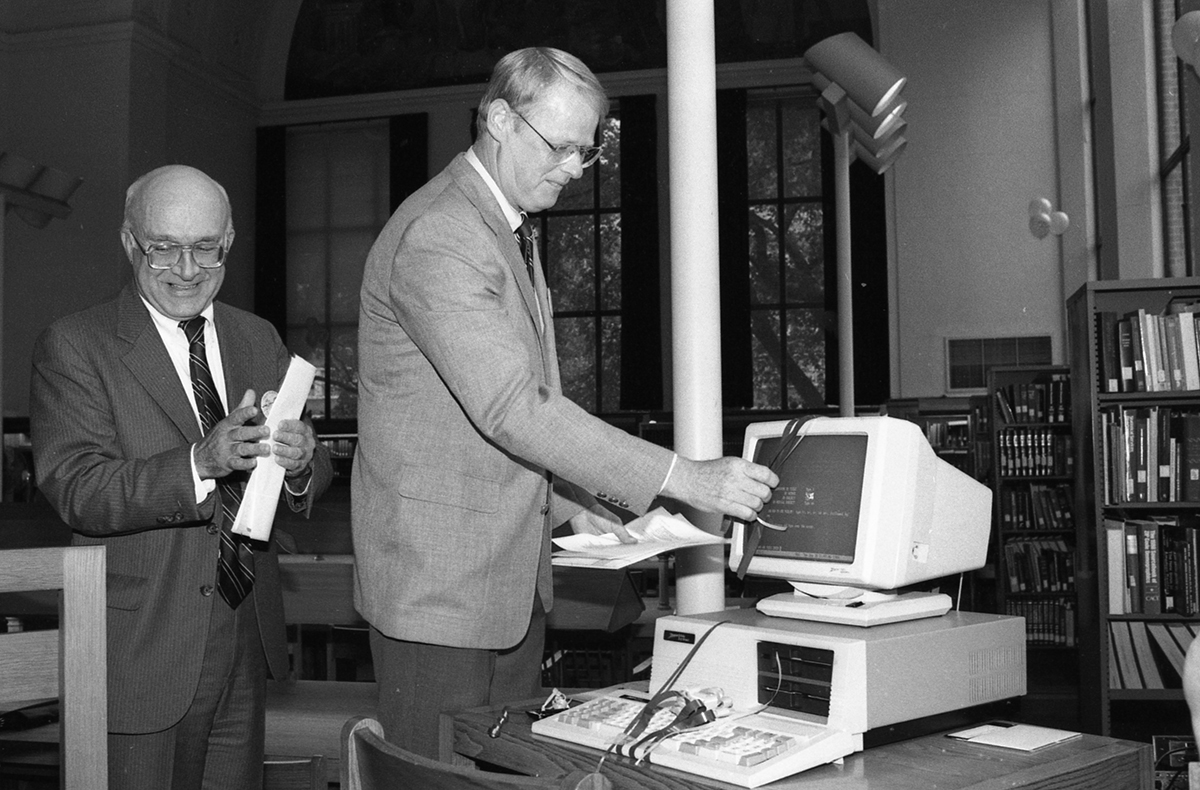
The university community experiences the “Magic of MIRLYN” (MIchigan Research LibrarY Network) for the first time. The new, integrated library system, which replaced GEAC, could be accessed from any terminal or personal computer connected to UMnet. The system returns searches for subjects and keywords in addition to author, title, and call number. It also indicated whether an item was checked out and, if so, when it was due. By 1991, MIRLYN contained over 4 million records.
1987: Student Orgs Start to Use Computers
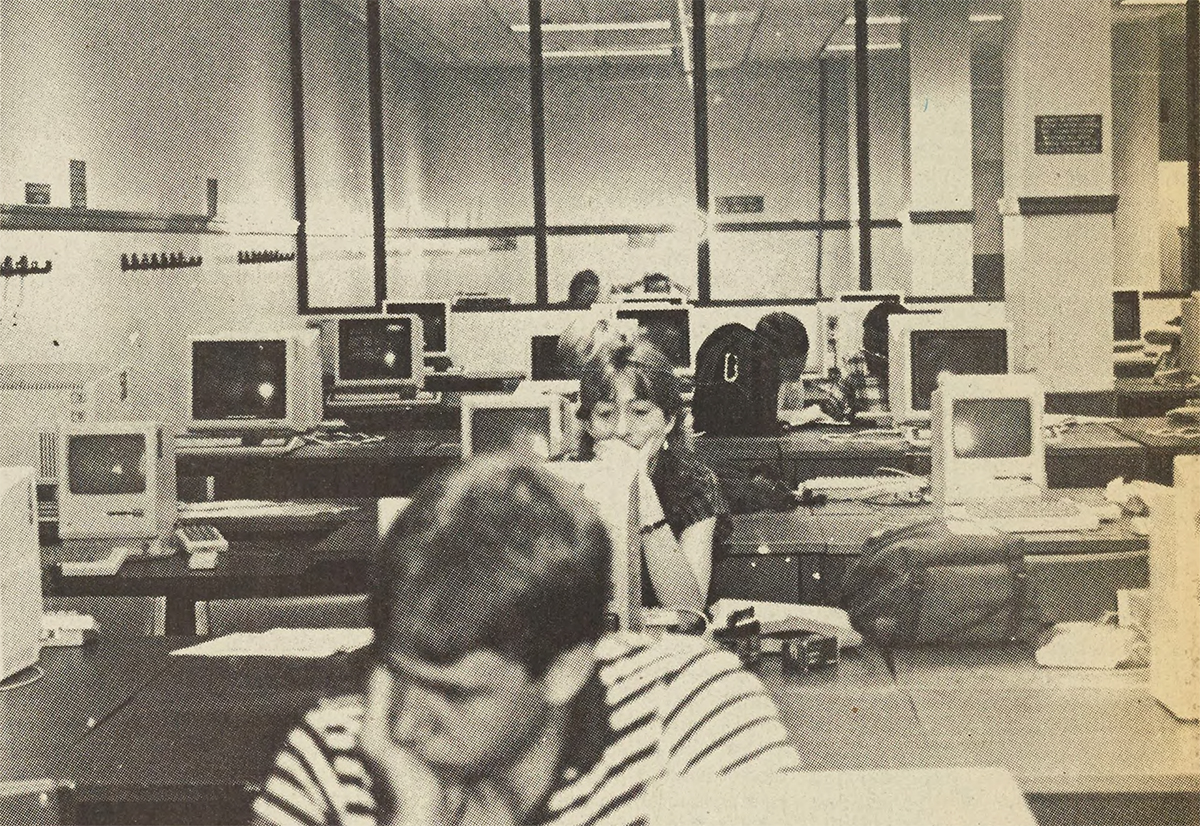
The Student Organization Accounts Service (SOAS), a division of the Michigan Union, proposes a program to introduce computers to the everyday operations of student organization as a way to enrich the undergraduate experience.
SOAS creates an area in the Michigan Union with computers connected to the UM-MERIT network for students groups to use. The computers use software selected to help make running organizations more efficient. Students could attend workshops to learn how to use the software and sharpen their computing skills.
1987: Mainframe moved to TCP/IP
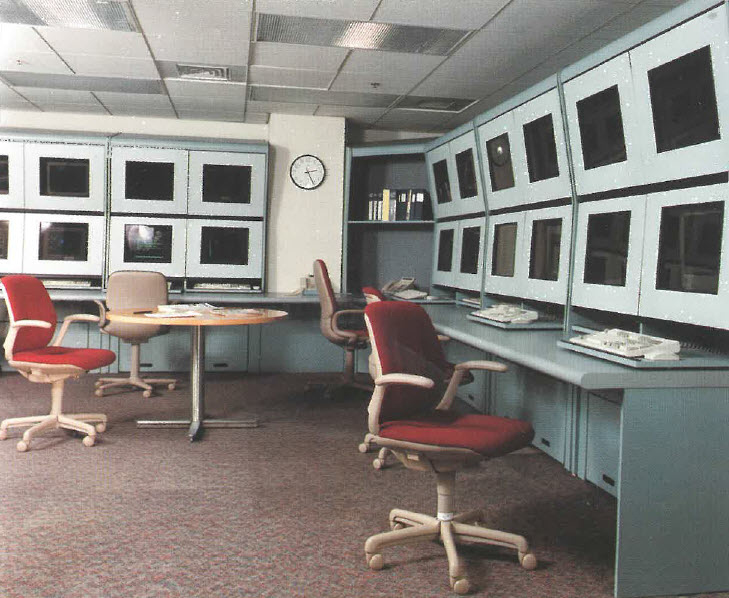
As computers grew in importance among academics, computer scientists and private and government researchers, efforts intensified to link them to share data among various locations. Michigan was a contemporary of the ARPANET through CONCOMP and Merit. And as one of the earliest regional networks, Merit was among the first to support the ARPANET’s agreements on exchange definitions—the so-called Transmission Control Protocol/Internet Protocol (or TCP/IP) protocols—along with its own.
1988: Institutional File System (IFS) Implemented

The Center for Information Technology Integration, part of ITD Research Systems, partners with IBM to create a “transparent” file transfer system known as the Institutional File System (IFS). IFS provides file storage and file services to 30,000 machines workstations on campus, including mainframes, minicomputers, and workstations with different operating systems.
At the time, IFS was the first of its kind and was used as a model by other universities and businesses. IFS is still used today and is sometimes referred to as MFile.
1988: Sharing Our Public Service Contributions

U-M establishes a computerized public database to highlight the many ways that U-M faculty contribute to the state of Michigan and to the national and world community.
Public policy-makers, research scientists, community leaders, news media personnel, and others could use the database to find information on more than 300 listings. Some include shoreline erosion research, factory workers retraining, economic profiles of 250 cities and 83 counties for the use of businesses planning to relocate, and college preparation assistance for minority high school students in Detroit and elsewhere.
1989: Angell Hall Made into Computing Site
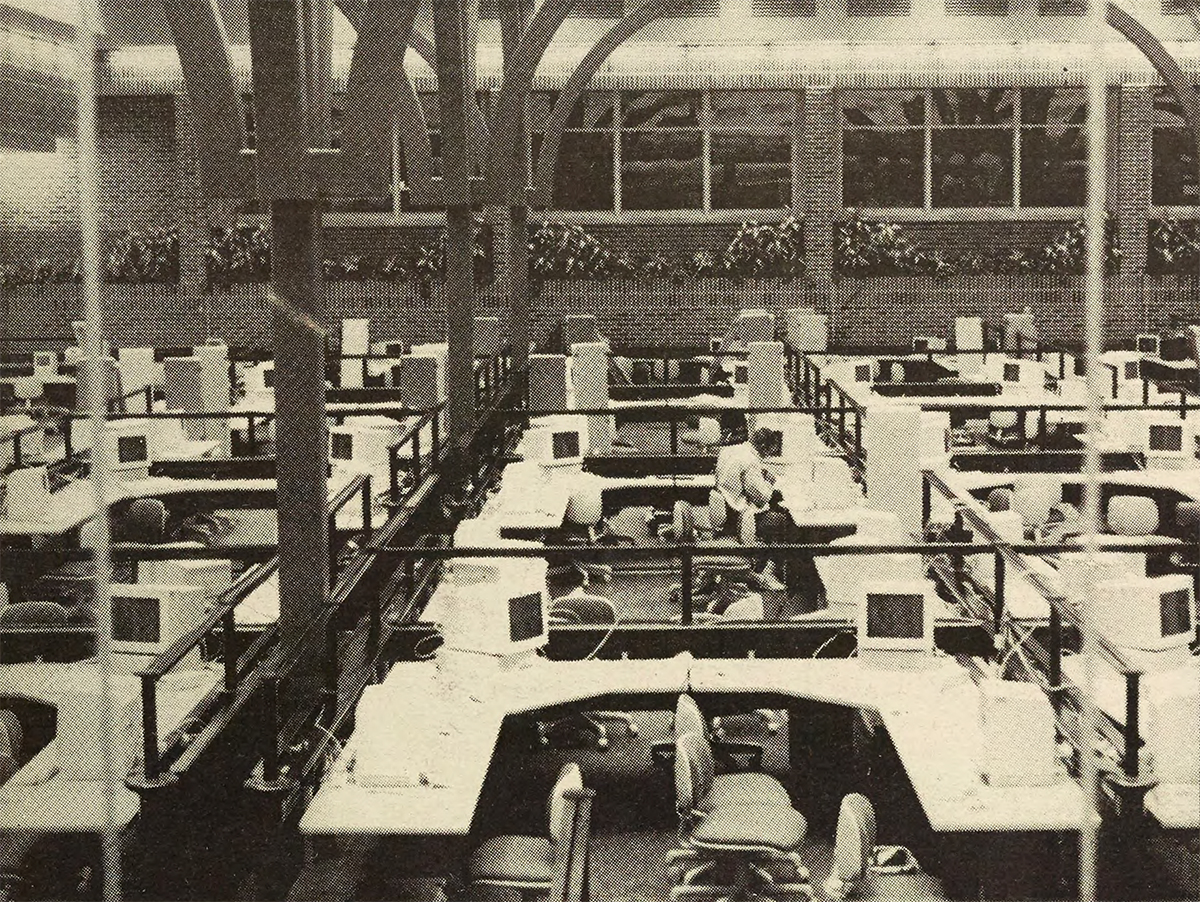
The Angell Hall Courtyard, or "Fishbowl," is converted into a computing center as part of the Regent's 1985 plan to grant all students computer access. It is one of the largest single installations of computers in the country at the time.
1991: ATLAS-Plus (Medical Gross Anatomy Course)

A CD-ROM photo Advanced Tools for Learning Anatomical Structures (ATLAS) presentation developed in the early 1990s by Burkel, Associate Professor of Anatomical Sciences Ted Fischer, Ph.D., their colleagues and students, using images made during 45 dissections over a three-year period.
1991: UMMS Comprehensive Clinical Assessment
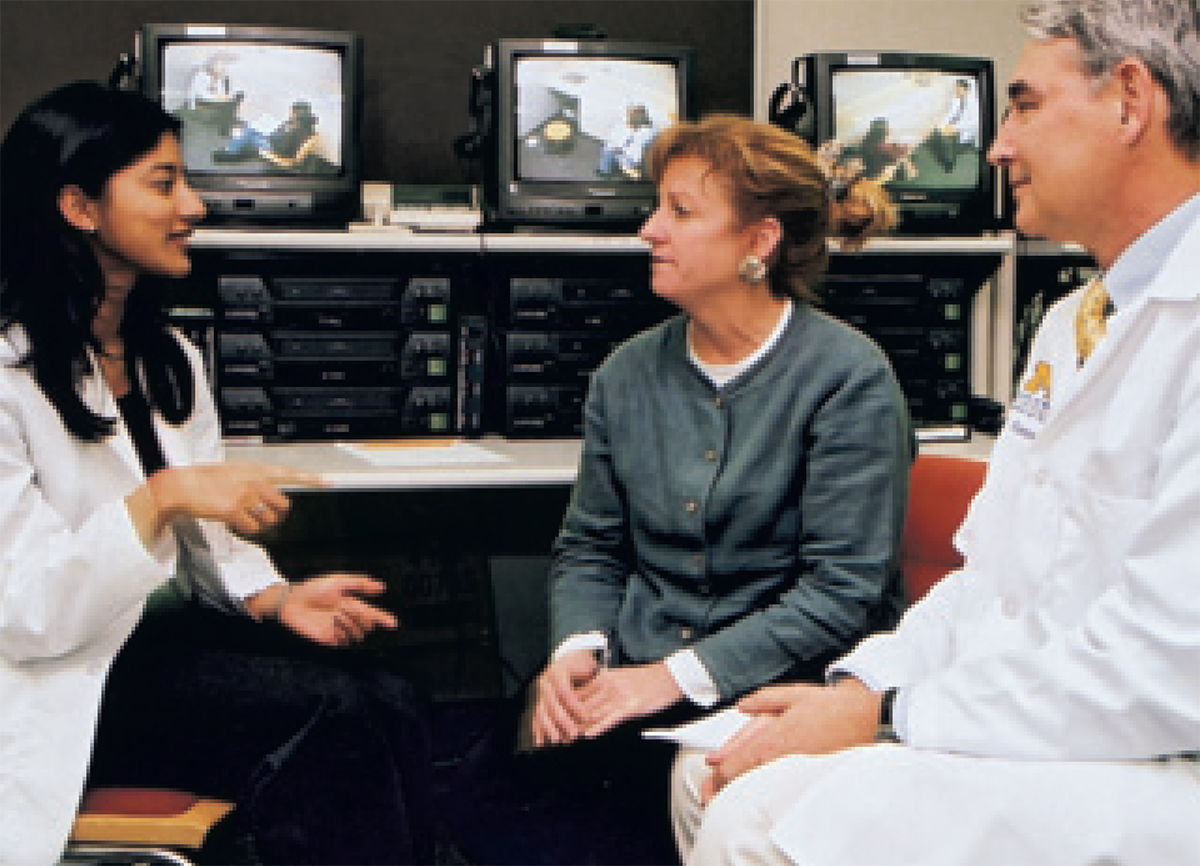
AV teams join with faculty to film students practicing their comprehensive clinical assessments as a feedback tool. Clinical Standards testing method which would later become national standard.
1991: M-Net Referring Physician Network
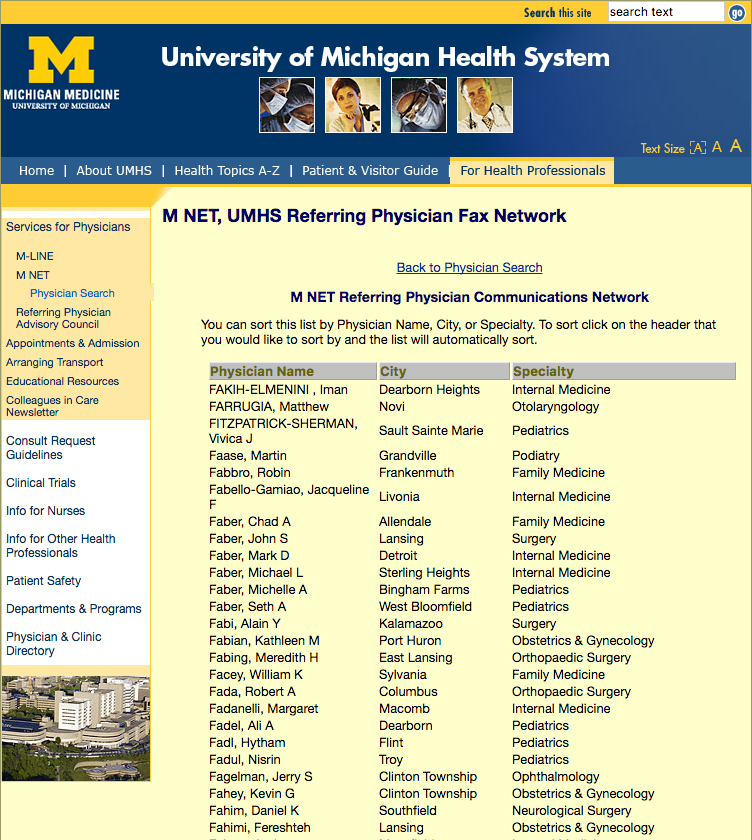
First graphical interface for physicians in the nation. M-NET is the University of Michigan Health System's Referring Physician Fax Network. Currently there are over 15,000 participating physicians on the fax network from across the state of Michigan and northern Ohio. The primary objective of M-NET is to send clinical reports to physicians as quickly as possible regarding patients they have referred to the Health System.
1992: Three Research Libraries Share Resources Online —The Birth of MRLT

The libraries of U-M, Michigan State, and Wayne State electronically link their online catalogs to create the Michigan Research Libraries Triangle (MRLT). Library Dean Riggs called it “the most significant resource-sharing endeavor in the history of these Michigan libraries,” creating access to approximately 12 million volumes, some 122,000 journal titles, and the many electronic databases held by the three university libraries.
1992: Beginning of Uniqnames
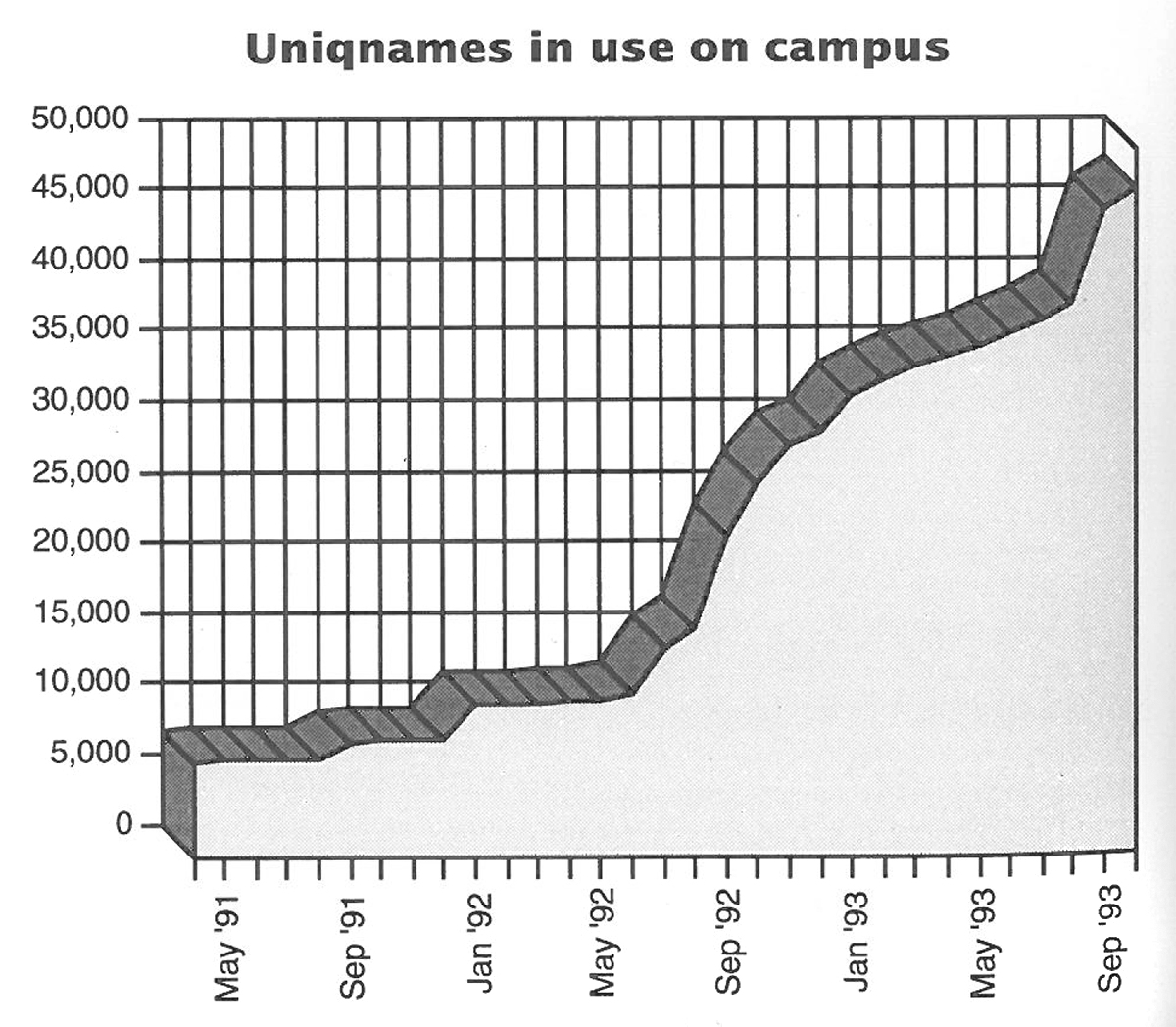
Uniqnames are created for use on Microsoft Word, the Michigan Terminal Service, and Macintosh programs at the Campus Computing Sites. Students must select their own uniqname and password before accessing a computer.
1993: ACI/PCIS systems Go-Live
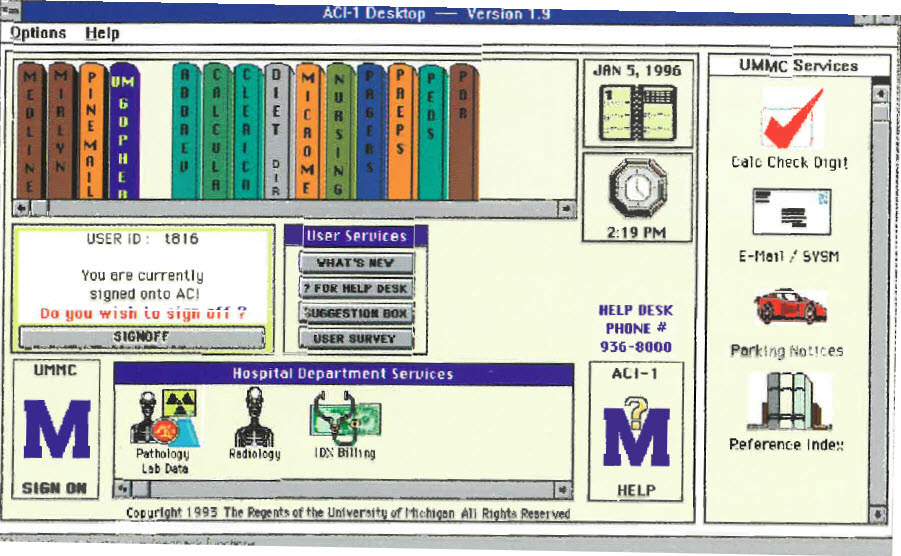
ACI/PCIS (Applied Clinical Informatics/Patient Care Information System) goes live to serve as the hospital’s electronic order-entry system.
1994: U-M Computer Sales Program turns 10
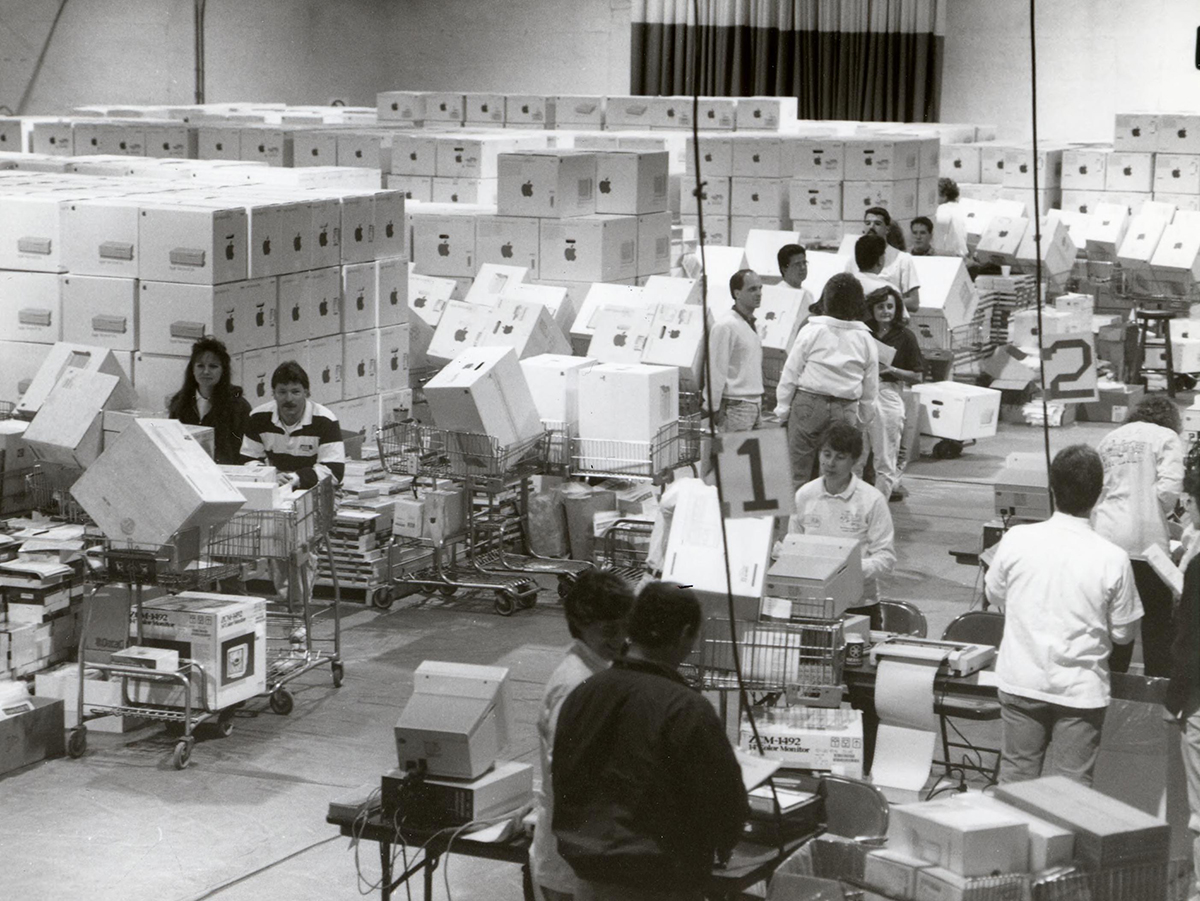
The U-M Computer Sales Program celebrates a decade of selling personal computers to the U-M community. To date, they had sold almost 20,000 personal computers. In 1994, they sell approximately 50 computers per day, sourcing from more than 15 different vendors.
1994: U-M homepage debuts
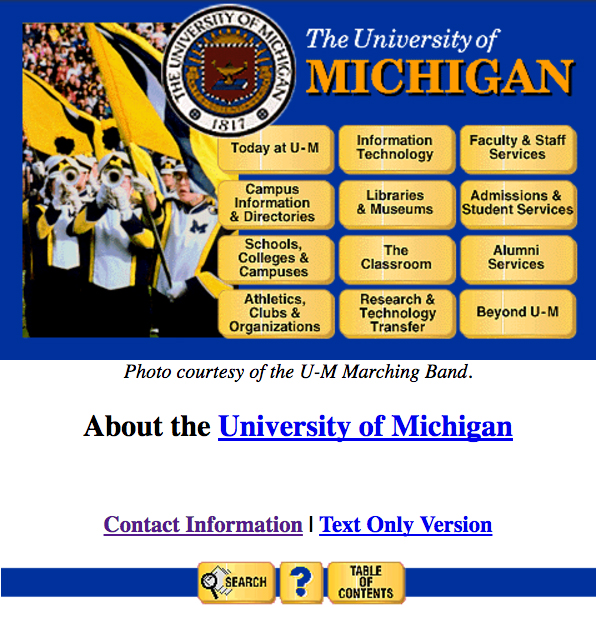
The U-M gateway — www.umich.edu — debuts as a website prototype, described as “an electronic, interactive table of contents.” The Information Gateway Project is one of several projects focused on organizing campus information and on building tools and resources for the growing network.
1994: Bentley joins MIRLYN catalog
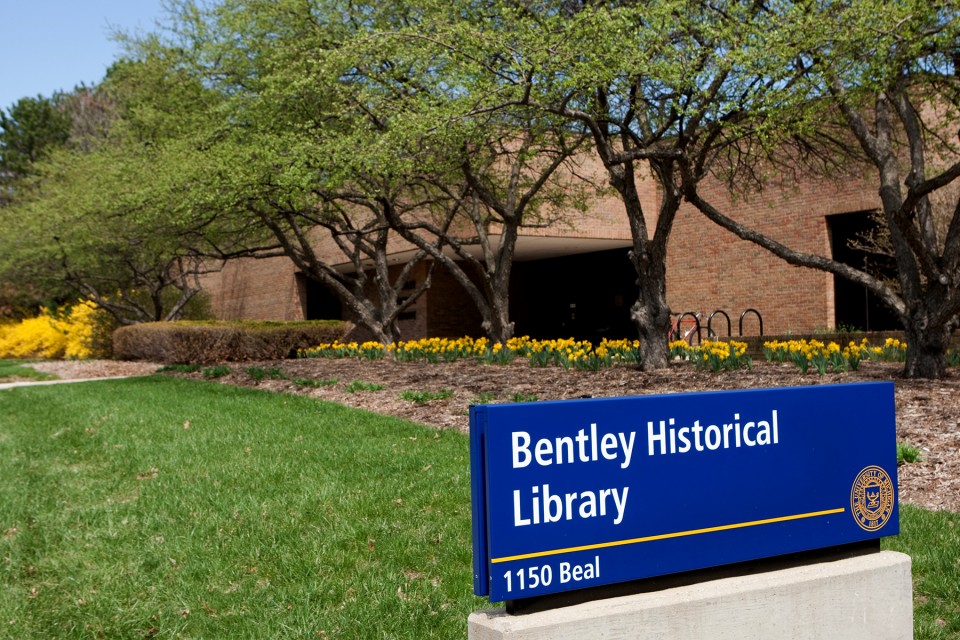
The Bentley Historical Library's bibliographic records, which include information about both the state of Michigan and the university, become accessible through the Library's MIRLYN catalog. The common catalog is recognized as an enormous help to researchers and students, because it integrates databases in such a way that each record points to more information and its location.
1994: Students get 24/7 access to their records

The introduction of Wolverine Access marks the first time students could check their grades, class schedules, account statements, and more 24/7 from any networked computer. At launch, two Macintosh computers with Wolverine Access are set up in the LS&A lobby for students to try. It is also installed on all Campus Computing Sites computers.
1994: Touch-Tone Class Registration Debuts

CRISP (now called “Computer Registration Involving Student Participation”), designed in 1970, introduces course registration using a touch-tone telephone. In 1997, students petition to have alumnus James Earl Jones “become the official voice” of the University’s CRISP registration telephone line. The unsuccessful effort is undertaken by The James Earl Jones (JEJ) For CRISP Lady Task Force.
1995: Van Houweling appointed Dean for Academic Outreach
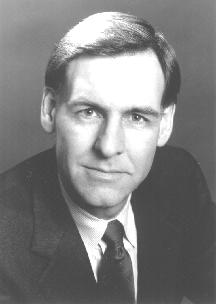
Douglas Van Houweling — an integral figure in promoting student access to campus computing as U-M’s first Vice Provost for Information Technology — is appointed dean of academic outreach. A pioneer of the modern internet and a key figure in information technology at U-M and MERIT network, he prioritized increasing the use of teleconferencing, electronic communication for instruction, and improving programs for alumni.
1995: A Strategy for the Future of IT at U-M
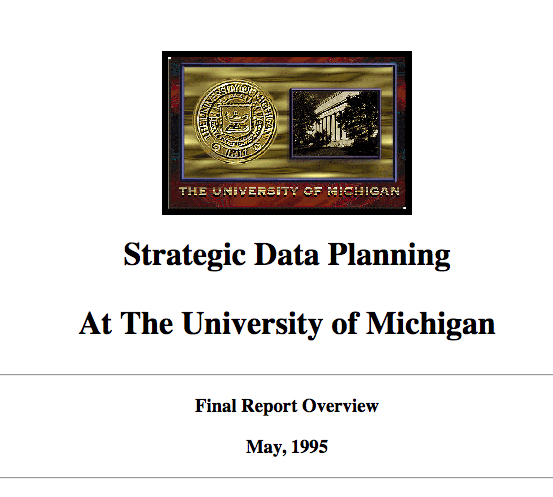
A project team assembled by the university's Executive Computing Committee publishes the Strategic Data Planning report, setting long-term direction for the effective use of information resources to support institutional goals. The ultimate goal, similar to today's Michigan IT Strategic Plan, is to provide a road map to maximize the efficiency of business processes through data sharing. The team evaluated more than 225 systems and 200 data stores; the final report focuses on more than 55 data and processing projects and 12 projects for enhancing technical infrastructure.
1995: MORcare selected for electronic medical records

In 1995, MorCARE (Michigan operating room CARE) was initiated to develop an RFP (request for proposal) for companies to co-develop a perioperative information system, later to be called AIMS (Anesthesia Information Management Systems). The MorCARE system was developed rapidly over the next 18 months and was implemented in the year 2000 in the Main operating rooms and progressed to all sites over the next 12 months.
1995: The New Media Center Opens
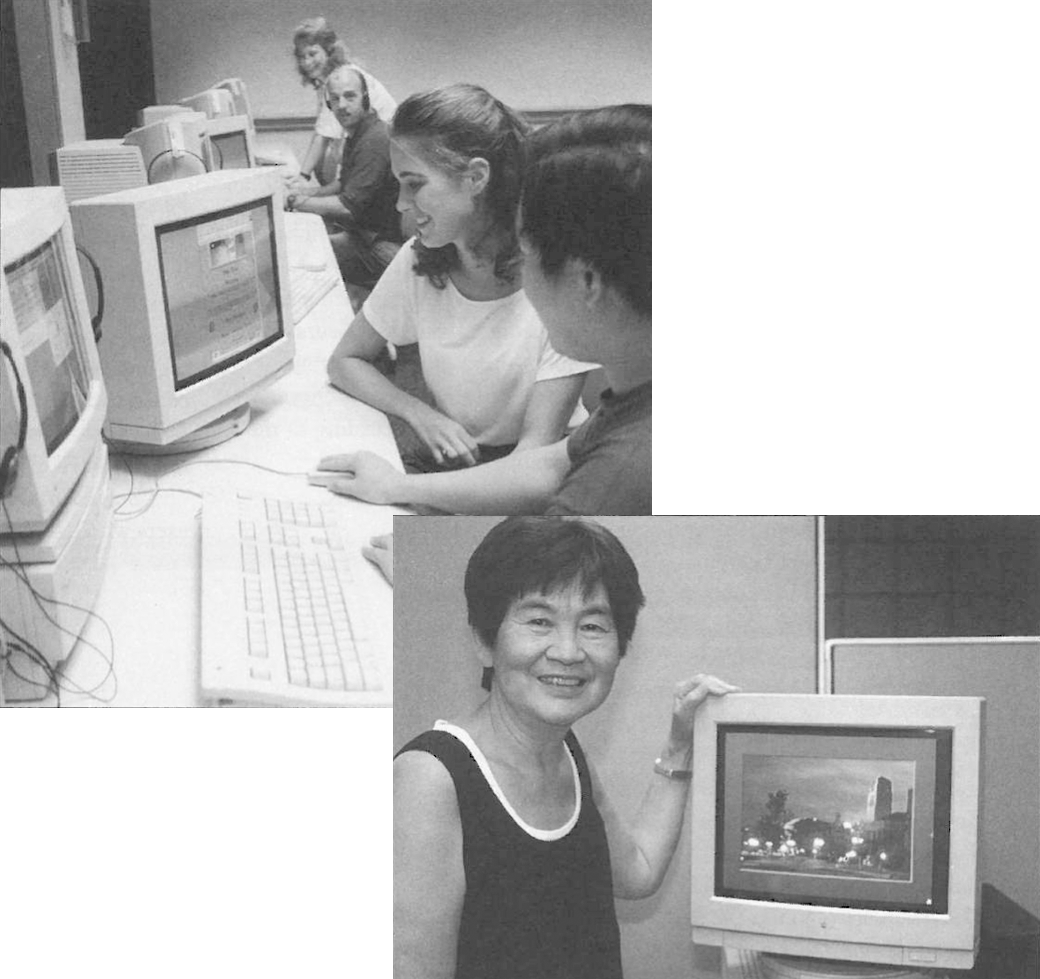
This hands-on workspace for multimedia projects is one of 50 New Media Centers established by a consortium of universities and businesses. U-M was a founding partner. Overseen by Information Technology Division (ITD) in collaboration with the Office of Instructional Technology (OIT), the center helps students and faculty who “choose to use technology” for teaching and learning do so more effectively. Resources include networked Macintosh computers and three video-editing suites.
1995: MCIT

The Medical Center Information Technology (MCIT) is established to support the University of Michigan Medical Center (UMMC) maintain its role as one of the premier institutions of the world.
1996: U-M Helps Create Internet2

Thirty-four research universities announce “Internet2,” a collaborative effort to build the next-generation internet that would operate 100 times faster. The Internet2 Project was originally established in 1996 under the auspices of EDUCOM (later EDUCAUSE) and was formally organized as the nonprofit University Corporation for Advanced Internet Development (UCAID) in 1997. It later changed its name to Internet2.
1996: Griffiths Named CIO for ITD
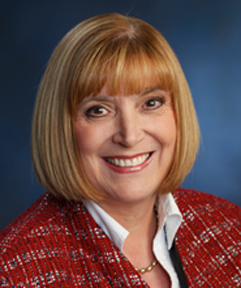
Jose-Marie Griffiths becomes executive director and chief information officer for Information Technology Division (ITD). Griffiths is responsible for providing strategic planning for technology initiatives and establishing partnerships with schools, colleges, and administrative units.
1996: U-M Procures PeopleSoft

U-M signs a $3.5 million contract with PeopleSoft, Inc. to provide the university with software to redesign the financial, human resources, and student information systems. After reviewing proposals from several companies, a universitywide review committee chose PeopleSoft because its software most closely matched U-M's requirements.
In addition to human resource data and financial data software that PeopleSoft currently had available, U-M will work with the company and several other universities across the country to develop software to integrate with the other two data systems to provide information for and about students.
1996: Media Union Opens Technological Gateway
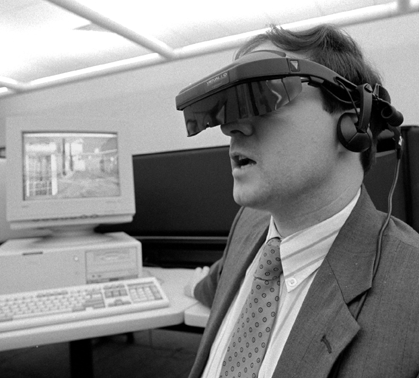
Governor Engler attends the opening of the U-M Media Union on North Campus with U-M President James Duderstadt, calling it “a testimony to the vision and confidence about the 21st century.” The electronic library of the future houses digital libraries, visualization and virtual reality laboratories, multimedia training studios, video conference facilities, and digital sound/video performance and design studios. Most of the $40 million budget comes from the State of Michigan. In 2003, the Media Union was named for James and Anne Duderstadt.
1996: New Campus Email System Introduced

ITD offers Mail Drop as a new campus email system. Mail Drop allowed users to store emails in folders as well as to "send and receive attachments." The ultimate goal was to replace Mailstrom.
1996: Online Librarians Support Remote Students

The Interactive Reference Assistance (IRA) is launched, which allows students to remotely interact with campus librarians. Links were established between the Shapiro Library and certain residence halls, allowing students to connect face-to-face with librarians and obtain information without leaving their residence halls.
1996: Mcards Become Pervasive
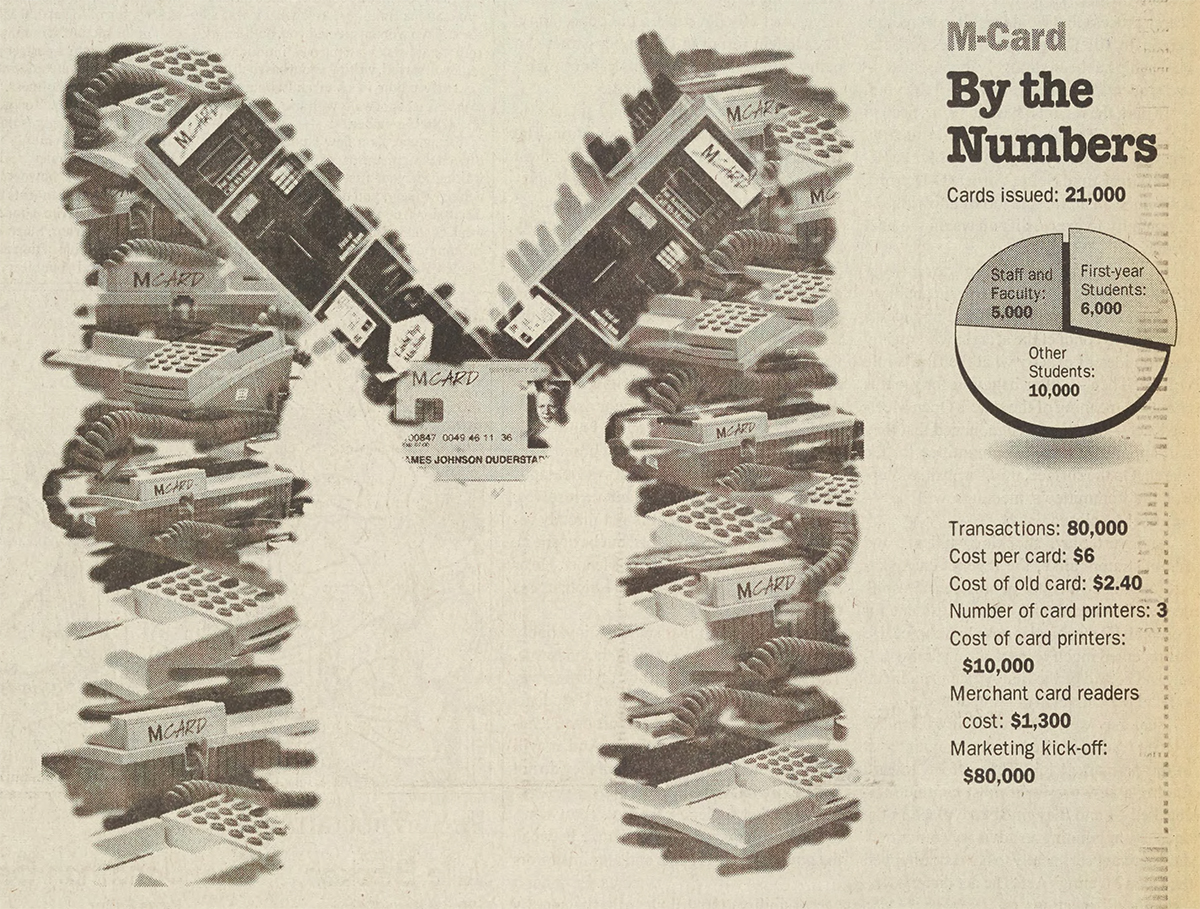
Mcards become more pervasive across campus. This “small but impressive” piece of plastic soon becomes standard identification for everyone on campus. At the time, it was the largest smart-card program in the country. However, the combination bank card, phone card, cash storage chip, and student ID initially met with mixed reviews from students.
1996: R.I.P. Michigan Terminal System
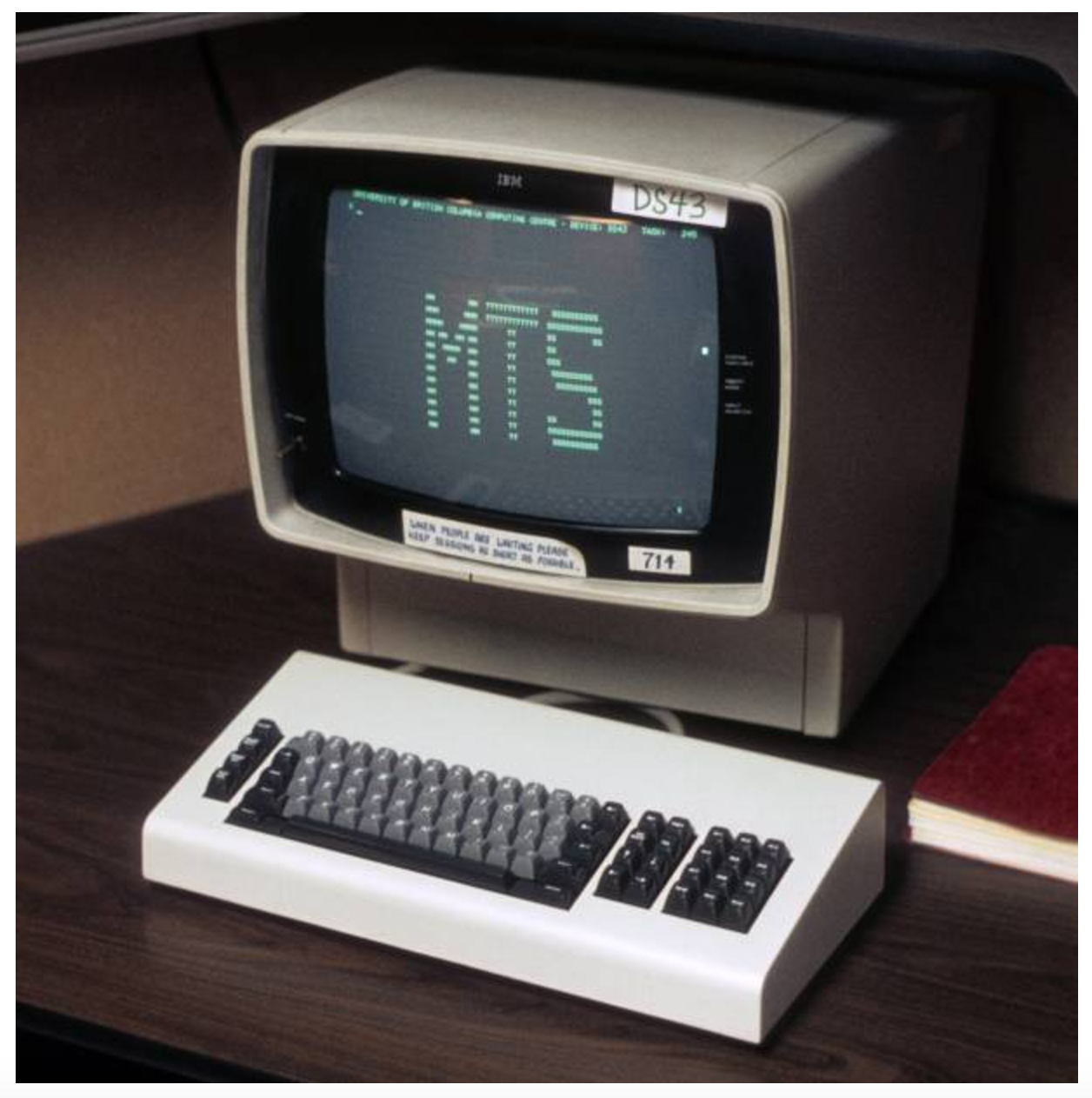
The Michigan Terminal System (MTS), U-M's mainframe computer system, is officially retired in July 1996. The change affected how the university community accessed services such as messaging, storage, and conferencing as ITD began to focus on network development and to orient users to a networked environment. It also caused the temporary shutdown of MIRLYN, U-M’s online library catalog.
1996: School of Information Founded
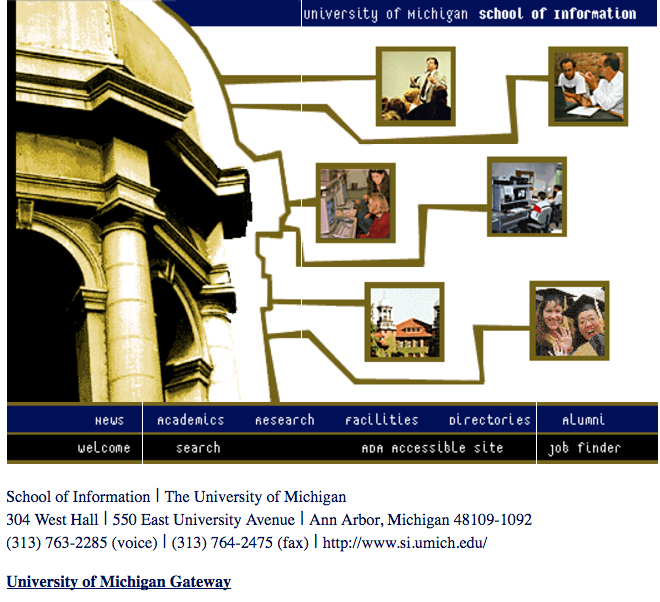
Under the charge of Dean Daniel Atkins, the U-M School of Information and Library Studies is rechartered as the School of Information, broadening its mission to study the role of information in computation, cognition, communication, and community. The school’s new offerings include human-computer interaction, digital publishing, organization and information systems, and archives and records management.
1996: U-M Online Keeps Alumni Connected

The Information Technology Division (ITD) implements a system that allows U-M alumni to remain connected to the university and to one another following graduation.
1996: M-Pathways: The “Invisible Project”
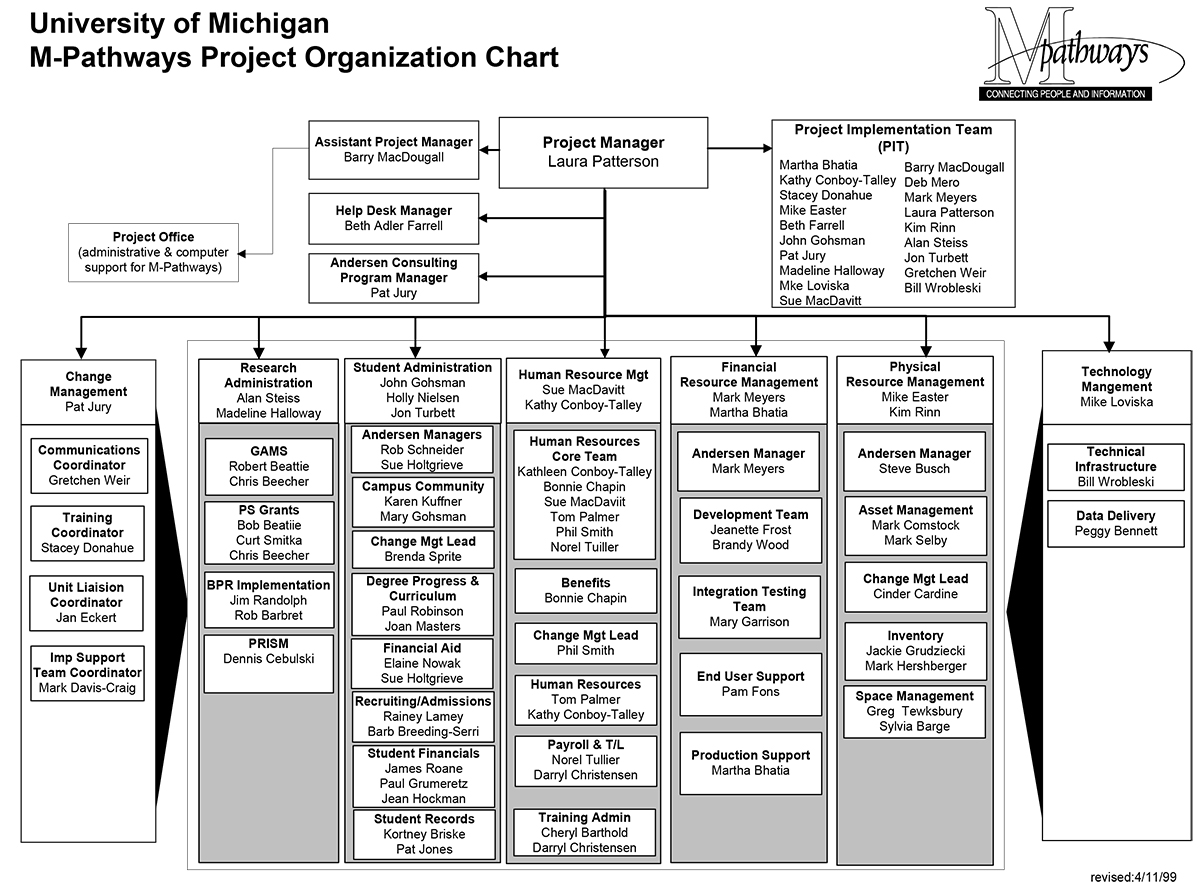
The M-Pathways Project is charged with the design and implementation of new administrative systems to give the U-M community easier access to information they need. The project is an outgrowth of the Strategic Data Plan adopted in March 1995. Over the next few years, the scope of the endeavor will reach across organizational boundaries as project teams work on administrative systems for student information, human resources, physical resources, financial operations, and research administration.
1996: Patterson Joins the Blue Crew
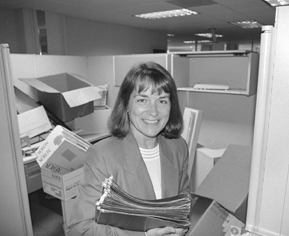
Laura Patterson, former registrar and future CIO for Information and Technology Services, is appointed project manager for M-Pathways. The goal of M-Pathways, according to Patterson, was to create a new way of doing business that helped, rather than hindered, the work of students and faculty. As registrar, Patterson ushered in a number of new services such as touch-tone registration, Wolverine Access, and online transcripts.
1997: U-M Helps Fund Research Computing
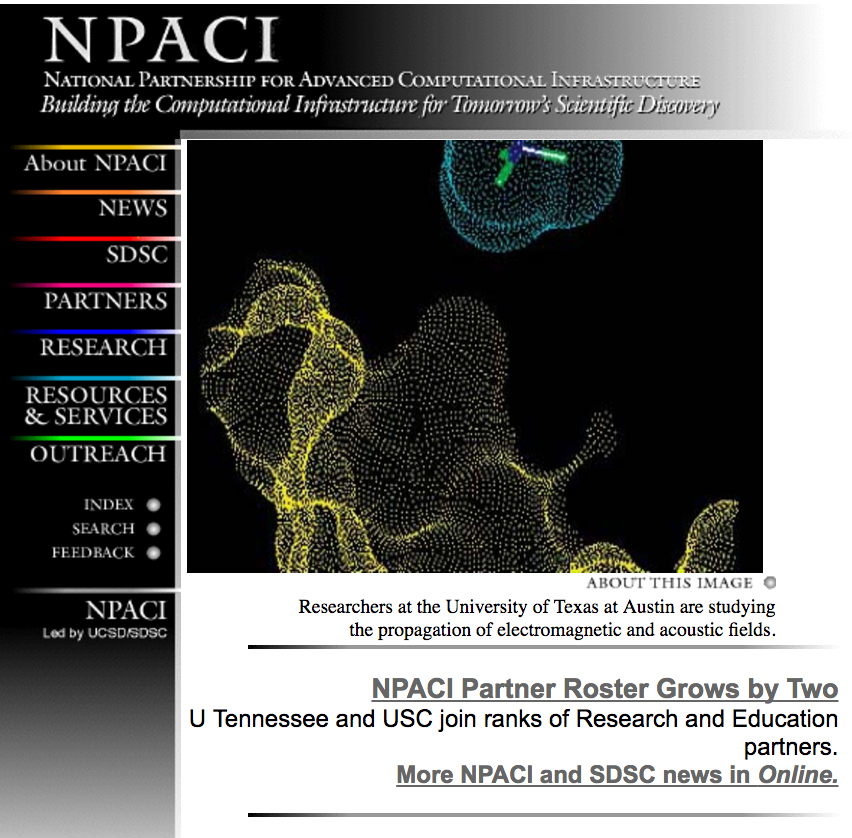
The University of Michigan joins 36 other research universities to form the National Partnership for Advanced Computational Infrastructure (NPACI), organized by the National Science Foundation. The goal of the NPACI was to provide unprecedented computing power for advanced scientific and engineering research. Approximately $800,000 in NSF funding was earmarked for annual support of parallel-computing facilities and for the infrastructure of research programs in computational science and engineering. U-M and the College of Engineering contributed $800,000 in matching funds.
1997: The Year 2000 Problem

ITD embarks on a 28,000-hour project to avoid a “cyber cataclysm” on January 1, 2000. Everything relying on computers is in jeopardy, from email and payroll to the power plant and elevators at the University Hospital. Hundreds of applications needed to be upgraded to handle the year “2000.”
To reduce costs of file storage more than 30 years ago, programmers eliminated century numbers from dates (displaying as "97" instead of "1997"). “The century concept was a far-away one at the time,” said Gloria Thiele, Y2K project coordinator. “People thought that this stuff (programs) were not going to last that long. Well, guess what, it has!”
1997: Internet2 Meeting Convenes at U-M
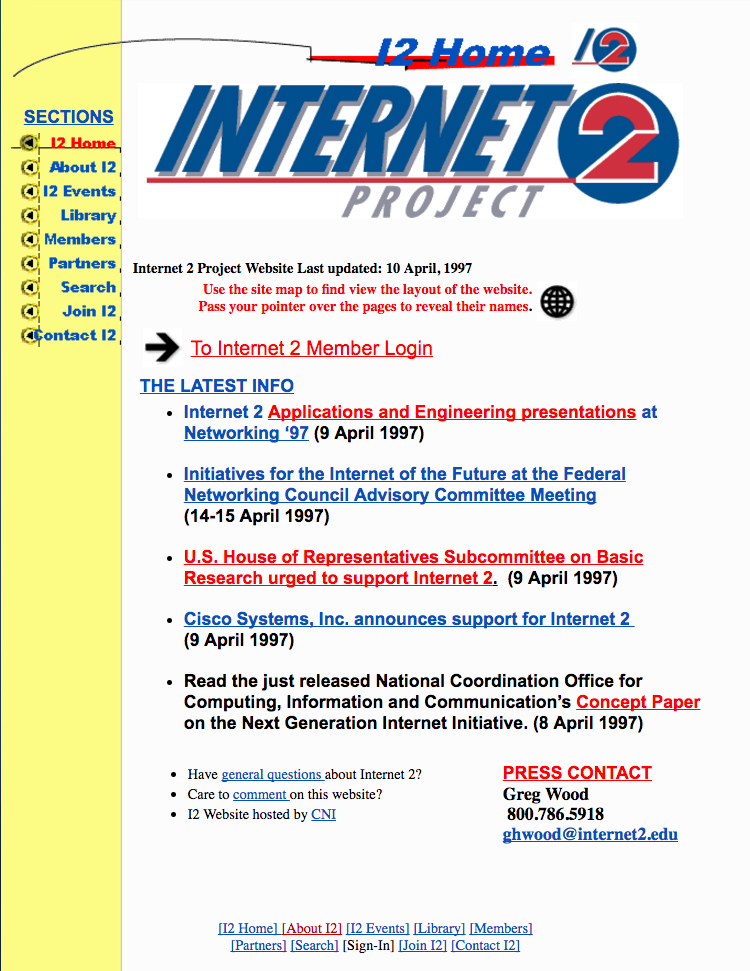
Over 100 people from U.S. universities meet at U-M to discuss Internet2, the proposed super-network that would increase reliability and could transfer information at speeds from 100 to 1,000 times faster than the present internet. As a charter member of the Internet2 Project, U-M was among the first universities connected to it.
1998: CareWeb is established at UMHS
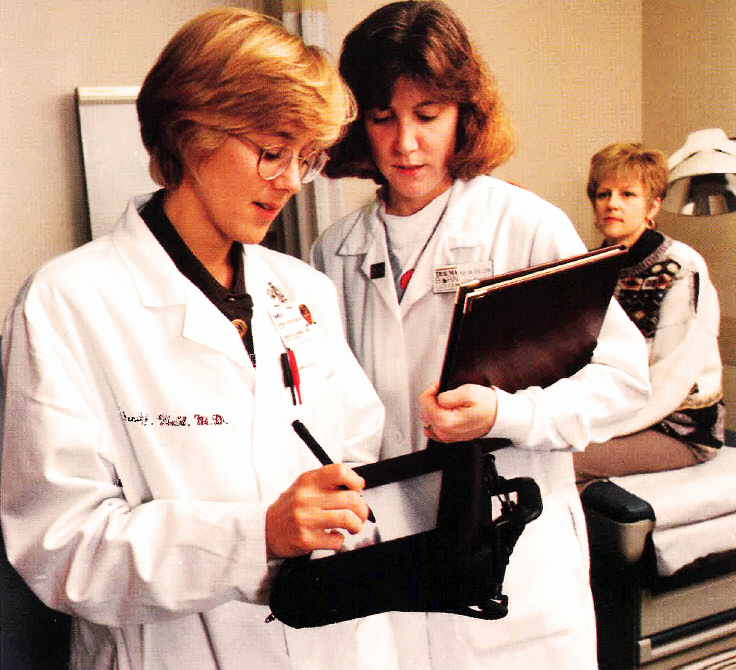
CareWeb is a web-based, integrated access to demographics, appointments, and lab results. This took electronic patient records to a new efficient level for UMHS.
1998: University Turns Prospective Students’ Heads

The M-Pathways project team releases a system for recruiting and advising. The system tracks communications with prospective students; shares application materials across schools; and generates rosters, mailing labels, templates, and reports. Each student has a record that evolves as their relationship with U-M grew and changed. It also provides a single source of personal information, eliminating duplicate data entry and reducing the possibility of errors.
Attracting the attention of a prospective student is the important first step to recruiting the best students. M-Pathways project and recruiting system provides the technology to make U-M stand out.
1999: Dial 1-877-UM-Y2K-OK

ITD completes the final preparations for 12:01 a.m. on January 1, 2000. Nearly a full year was reserved for testing the systems updates made to keep critical university business functioning. Additionally, the university and ITD prepares Y2K contingency plans for the community.
A hotline is set up for members of the university community to use to get the latest updates over the New Year’s weekend: 1-877-UM-Y2K-OK. The Faculty and Staff Assistance Program (FASAP) advises the community to prepare by creating a care package with enough non-perishable food for three to five days, flashlights, a battery-operated radio, extra batteries, and a manual can opener—just in case.
1999: Associate Professor of Pathology Lloyd Stoolman, M.D., awarded
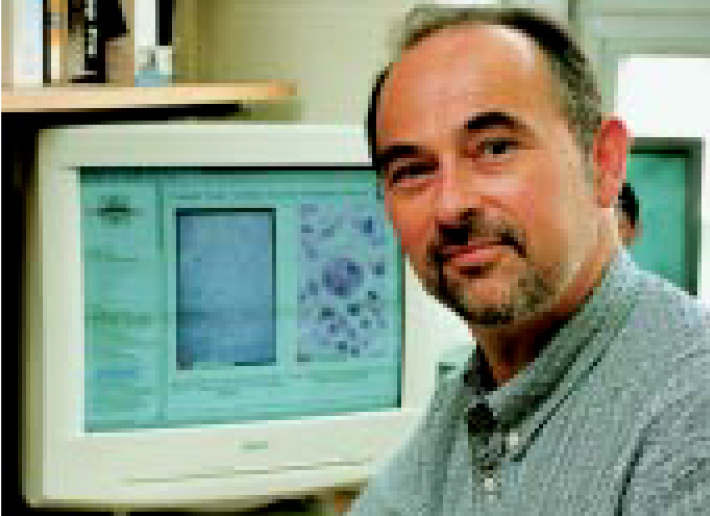
Chosen as a 1999 Laureate and finalist in the highly competitive “Education and Academia” category of the Computerworld Smithsonian Awards this year for his work in developing Web-based courseware called “The Virtual Microscope.”
1999: Adjusting to Life with M-Pathways
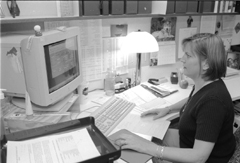
Campus begins to incorporate M-Pathway’s new systems into daily administrative life. The new systems fundamentally changes the way the university does business. “We think of fiscal year 1999 as the year we worked for M-Pathways and of 2000 as the year it will begin to work for us,” says an associate director in engineering administration.
The focus of the M-Pathways project shifts to incorporate training and incremental improvements based on feedback from campus. “What we have learned about [the software] has been important, but the most valuable lessons have come from users themselves,” says Laura Patterson, M-Pathways project manager.
1999: Learning Resource Center is established in the Medical School
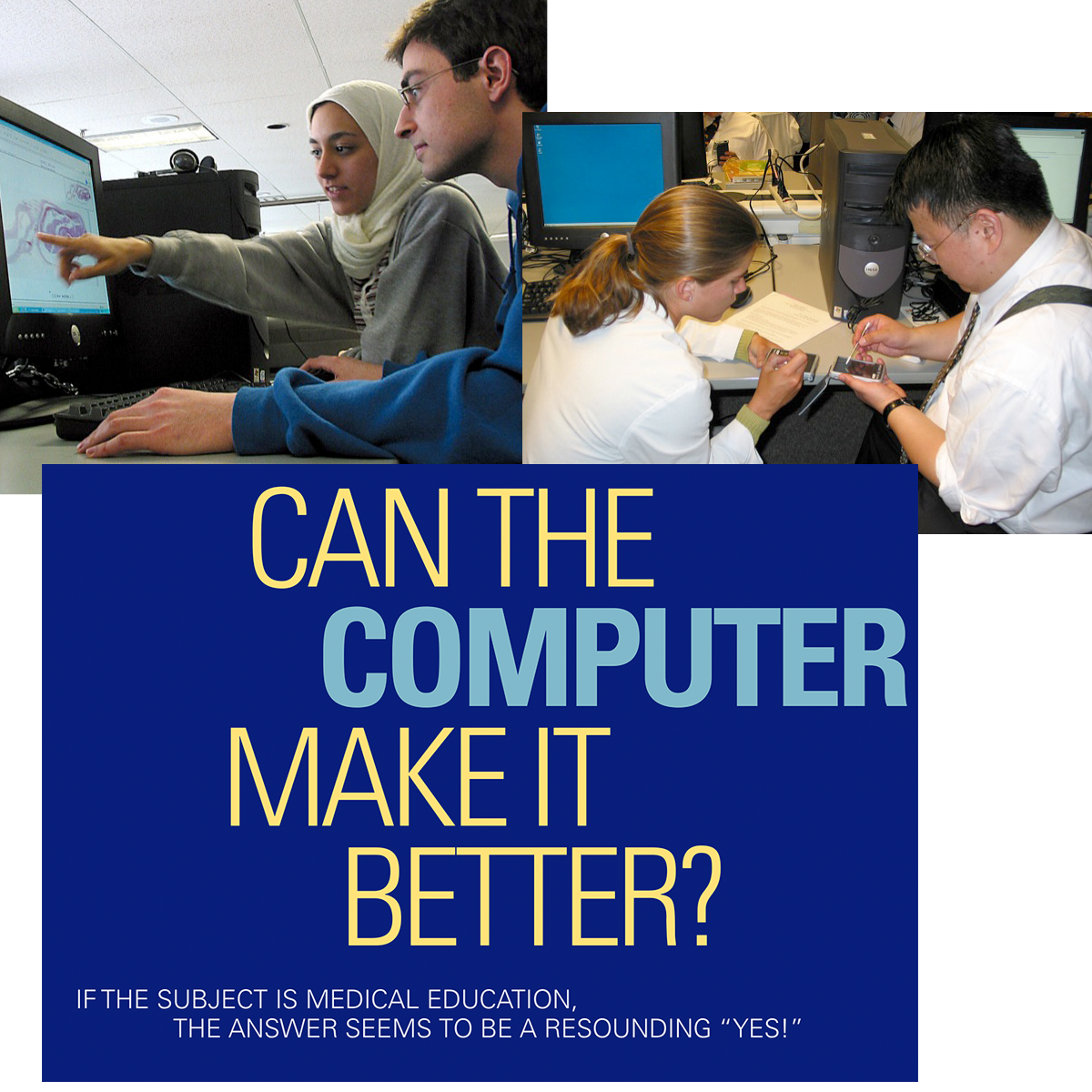
Learning Resource Center allowed for the University of Michigan’s medical education expand to include computers into the everyday life of medical students. This positively impacted their lectures, labs, studying, and medical practice.
1999: Learning Resource Center Online Quizzes
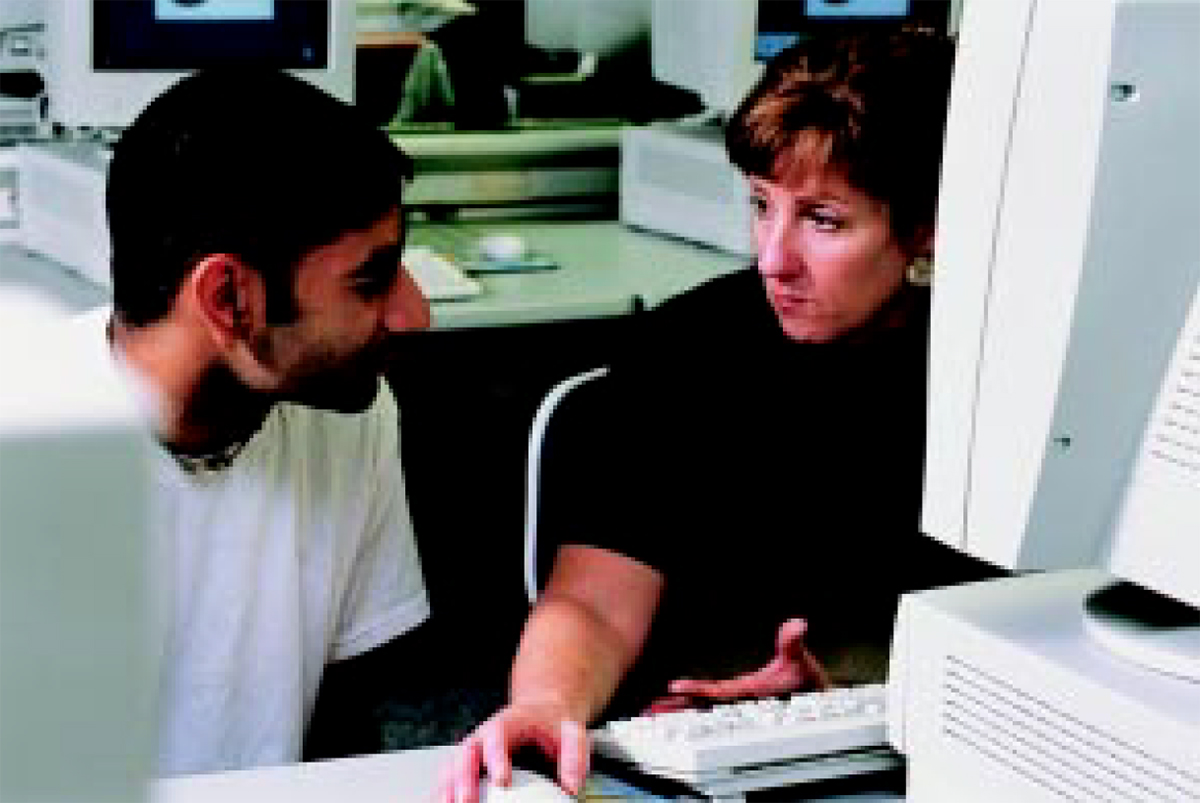
First-year Medical Students begin taking online quizzes with the support of the Learning Resource Center. The Medical School began to redesign their curriculum to include the use of computers in most courses.
2000: Happy Y2K!

Just after midnight on January 1, a message read: "Happy New Year! At the present time, all university systems and services are operational. The campus experienced only very minor difficulties during the rollover weekend and there presently are no disruptions of service."
Many U-M IT staff ring in the new year from the temporary Emergency Operations Center on Kipke Drive near the Michigan Stadium. The university’s extensive planning preventes major Y2K glitches—and improves the functionality of many systems in the process.
2000: “MAIS” and Blue
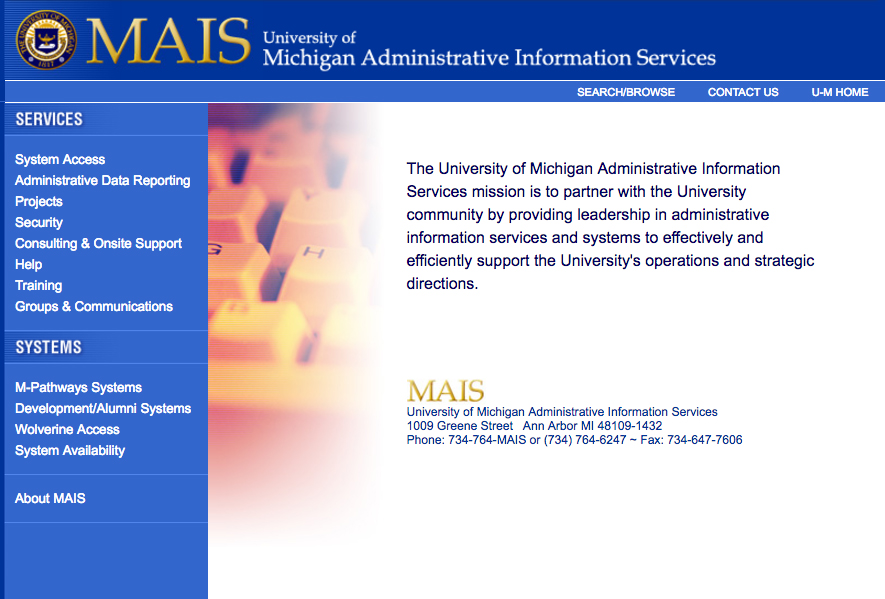
U-M launches the Michigan Administrative Information Service (MAIS) to provide schools, colleges, and units with support for new information technology systems, such as M-Pathways. MAIS consists primarily of staff from the M-Pathways Project and ITD staff who are responsible for development and operations of administrative systems. Also included are staff from Business and Finance, Academic Affairs, and the schools and colleges. MAIS’s goals are to support those who use administrative computing systems and to support the services delivered by central office administrative and academic units.
2000: Patterson Named V.P.
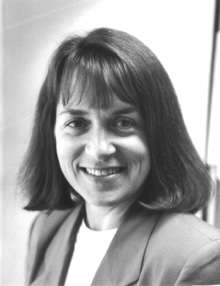
U-M appoints Laura Patterson as vice president for administrative systems of Michigan Administrative Information Service (MAIS).
2000: Data Warehouse Goes Live
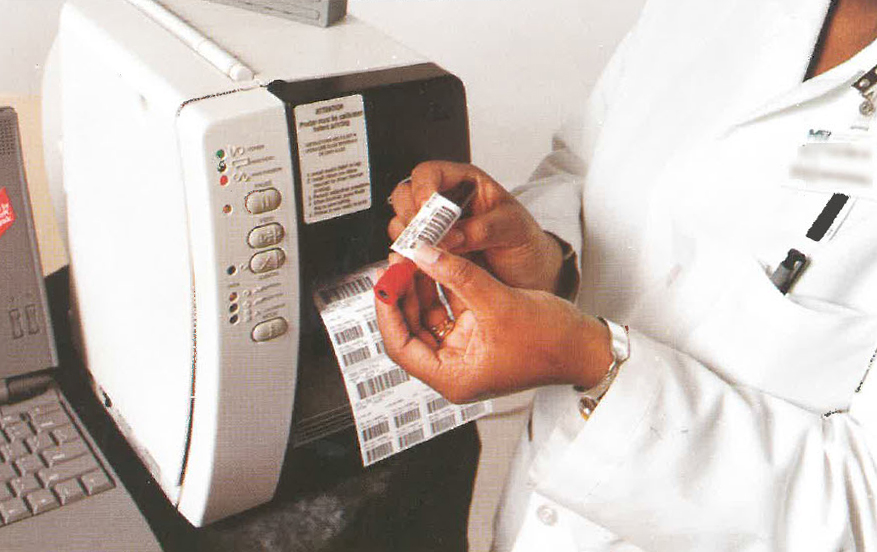
The Health System’s Data Warehouse Goes Live, impacting research, clinical operations, and medical education. Today, the Health System Data Warehouse is a database designed for fast, understandable querying by business decision makers. It is an effective decision-support and analytical tool providing secure access to easy-to-use organizational data. REAL DATA - REAL FAST!!
2000: A Rocky Start to Online Class Registration
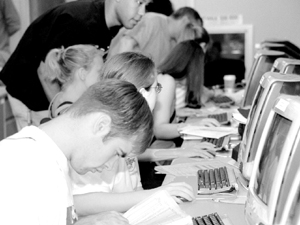
The M-Pathways Student Administration System, available through Wolverine Access, allows students to register for classes online. M-Pathways replaces CRISP, the touch-tone telephone system used previously. Despite generally positive pilot testing conducted with students during summer orientation, the new system met with mixed reviews from students during fall and winter registration due to slowness and glitches.
2000: Arbor Networks Founded
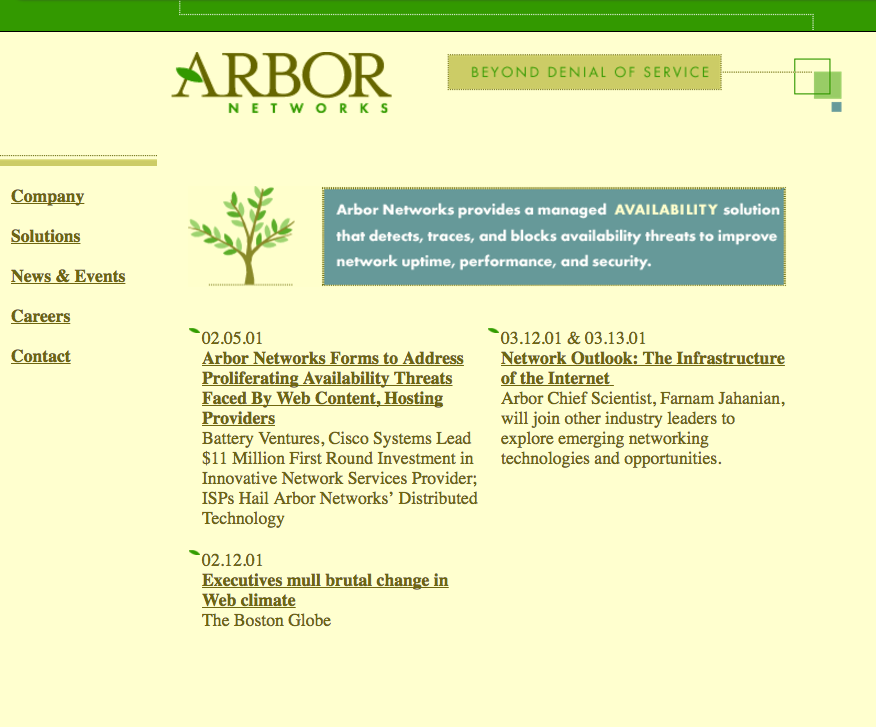
A team of students create Arbor Networks from research projects at U-M. The company specializes in network security and network monitoring software. It is now used by over 90% of all internet service providers.
2001: M-Pathways Mission Accomplished
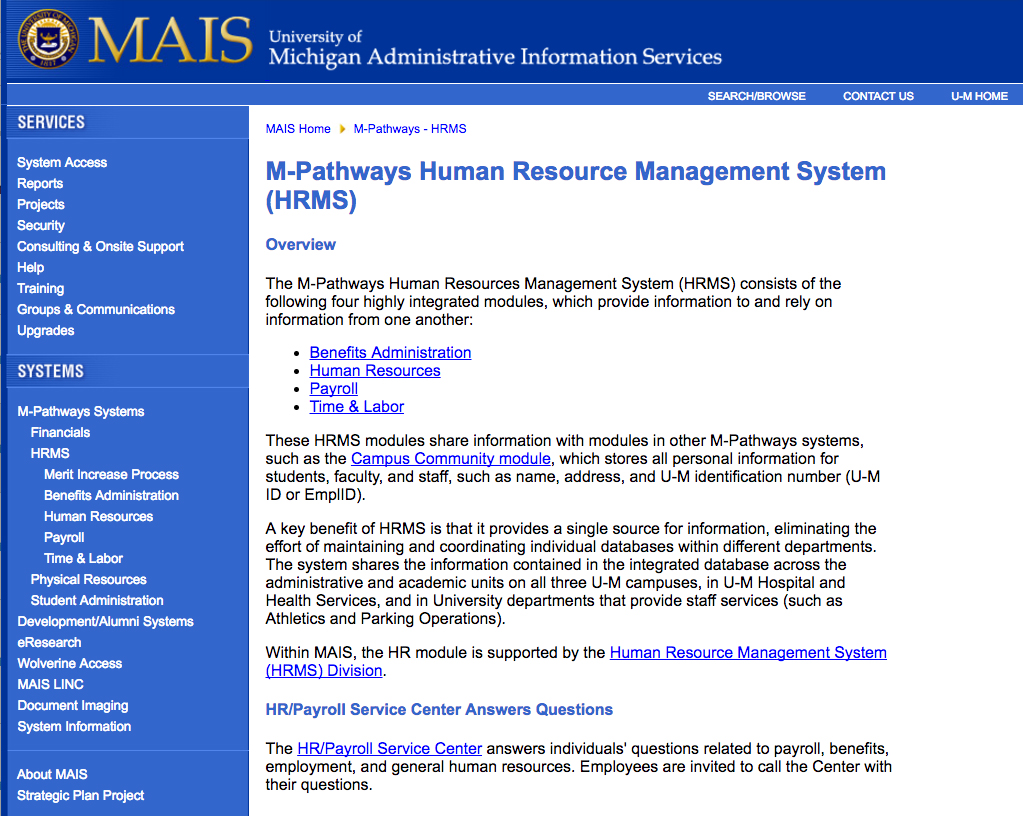
The M-Pathways Project rolls out the Human Resource Management System (HRMS), a new payroll, benefit administration, and time and labor management system. Designed to give the U-M community easier access to information they need, HRMS “puts in place a new, integrated administrative data infrastructure that completes the vision mapped out in the university’s 1995 Strategic Data Plan,” says Laura Patterson, associate vice president for administrative information systems and HRMS project manager.
2001: We Say We Want a Revolution...
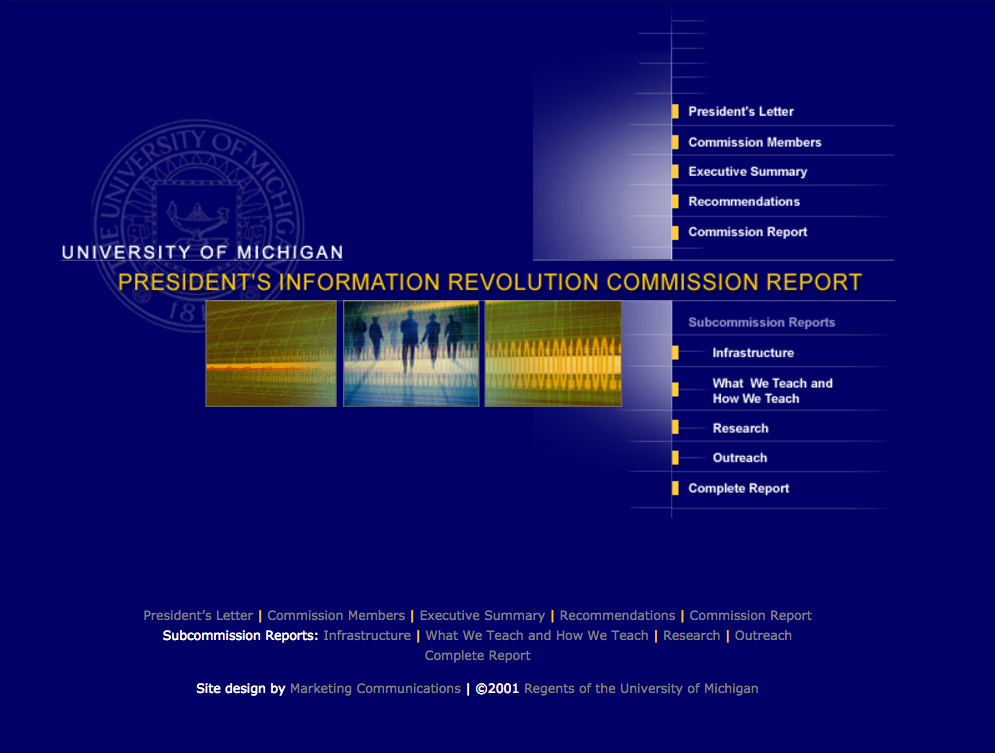
U-M's Information Revolution Commission issues a report calling for the creation of a "living laboratory" in which the institution could use, experiment with, and study new technologies. The 27-member commission surveyed the university community's use of technology and its various impacts.
2001: MyLibrary Pilot Program

The Library pilots MyLibrary, a customizable, personal webpage that allows faculty, staff, and students the ability to add and access direct links to their favorite research, library, and other online resources, even when they’re away from campus computers.
“MyLibrary provides a personalized Web interface to the resources that people wish to access most often,” says Kitty Bridges, head of the Shapiro Science Library and MyLibrary project leader.
2002: The Visible Human Project
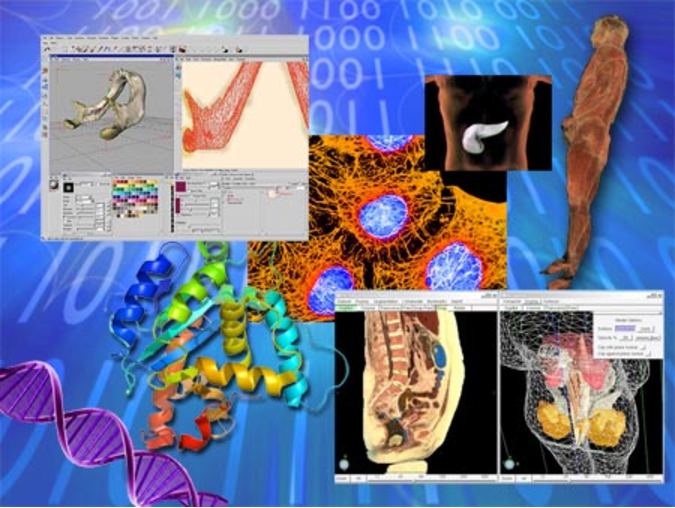
Led by Brian Athey, Ph.D., The Visible Human project was started to create 3D anatomically-detailed, digital representations of the normal human body to be distributed via high-speed computer networks for diverse applications all around the world. By 2014, The Visible Human project will service with the National Library of Medicine's Visible Human Data.
2002: Uniq, by Any Other Name

Incoming U-M students begin receiving uniqnames and UMICH passwords via the web, allowing students to use U-M computing services even before they attend orientation.
2002: Active Learning Environments are used within the Medical School Curriculum
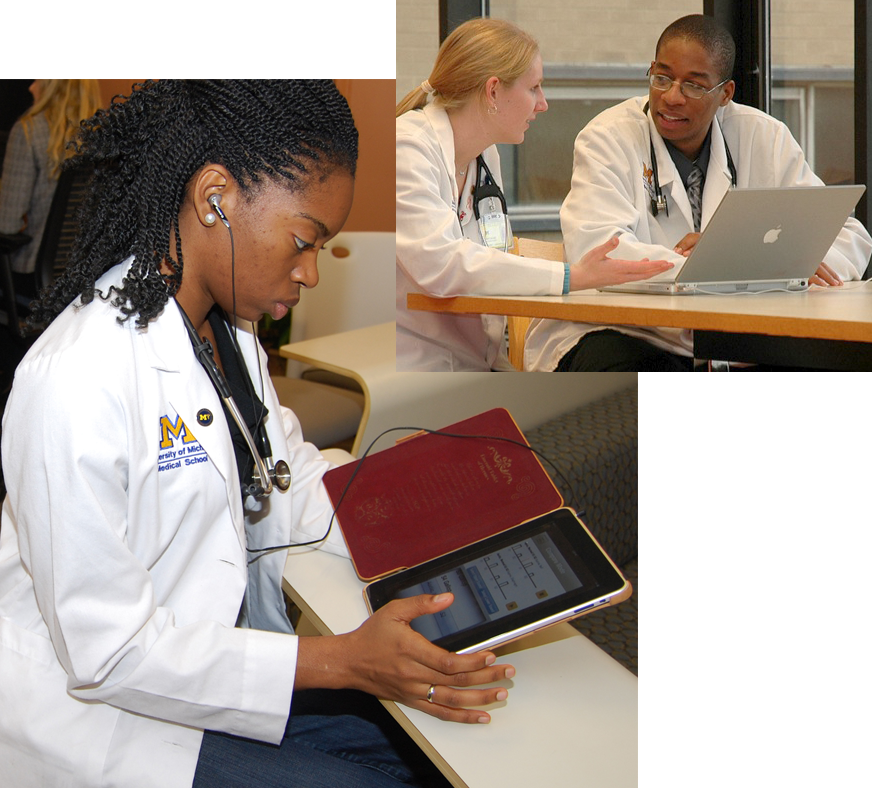
With the rise of the Learning Resource Center and using computers within the classroom, faculty then proposed creating active learning environments to increase the student’s access to knowledge and medical practice through technology. To the left was the new curriculum timeline, which started in later 2000 and implemented in mid-2002.
2002: Medical Campus Computers
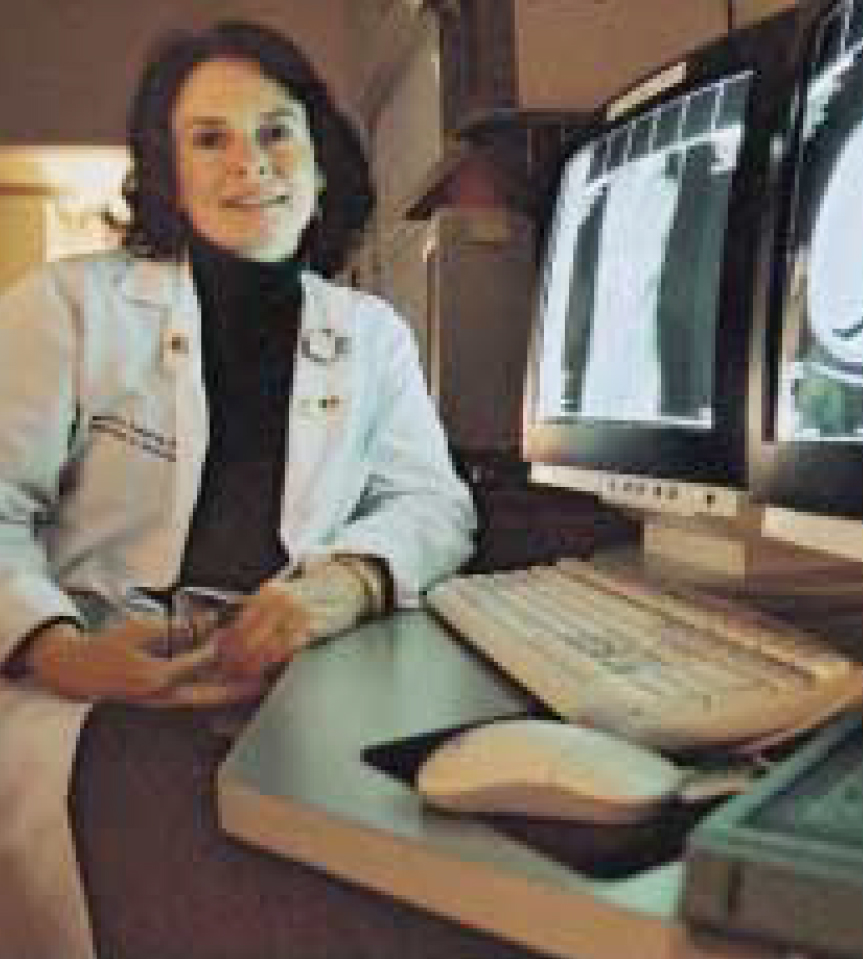
In an effort to modernize the Medical School’s labs, they purchased one computer terminal for every two dissection tables in anatomy classes, which increased the need for a personalized IT unit within the anatomy department. As other departments followed the trend, the rise of departmental IT group occured.
2002: U-M and Internet2
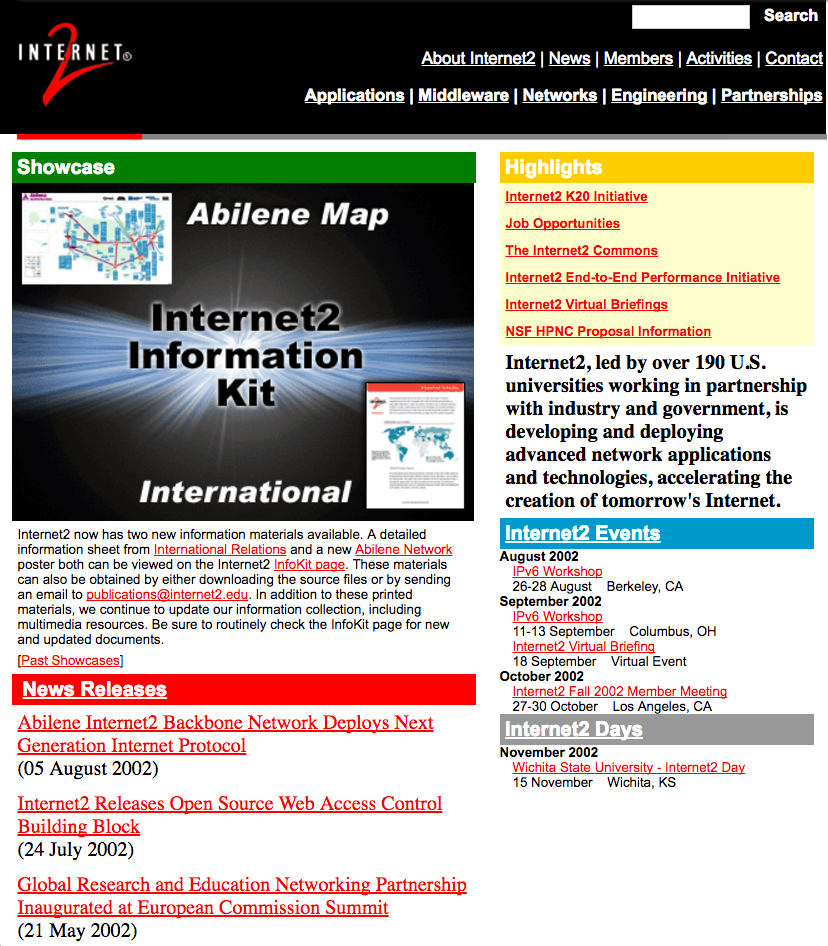
Five years after helping establish Internet2, U-M aims to further develop the super-network, "loaning" employees and facilities to the project. In return, U-M gets access to supercomputing sites; high-quality, interactive video; remote control of scientific instruments; and access to the nation’s six supercomputing centers. Ted Hanss, director of applications development for Internet2, says that at the University, “many people use it [Internet2] on a regular basis without thinking about it.”
2002: New Look and Backend Support for U-M Website
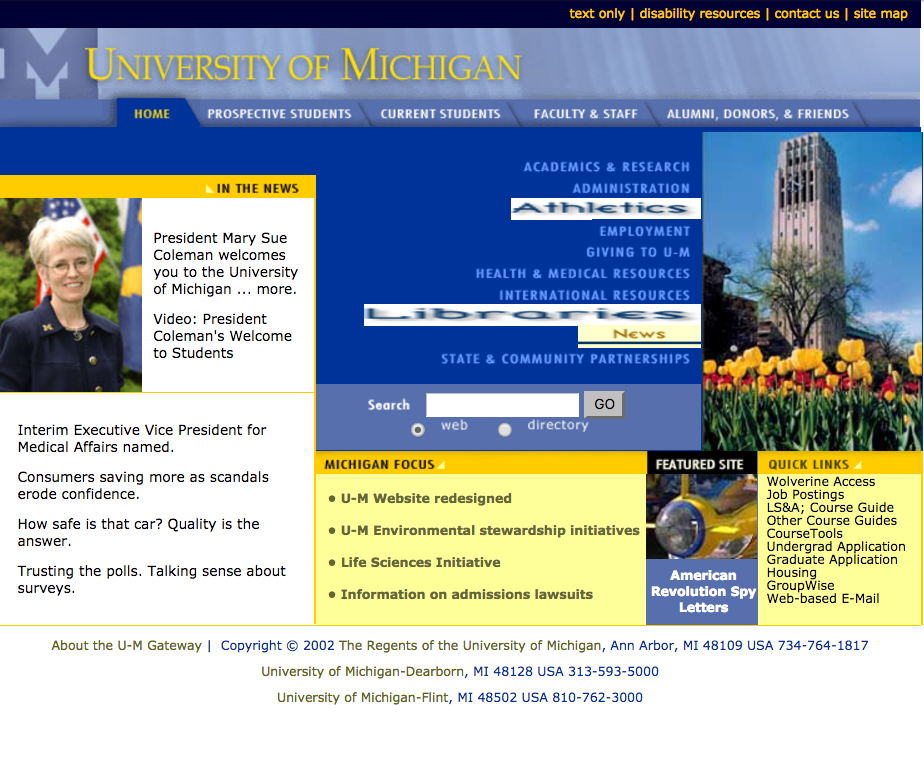
The U-M website gets a new look, with more than 100 pages linked from the main page via new drop-down menus. This and other features make it easier for users to navigate. Information Technology Central Services (ITCS) also upgrades the server infrastructure used to support the U-M homepage and related sites, greatly increasing capacity to meet the needs of website users both in and outside the university.
2003: "Truly Wireless” at the U

Students enjoy wireless Internet connectivity with their muffins at the Mujo Café in the Media Union thanks to the Computer Aided Engineering Network on North Campus. U-M later expands wireless Internet access on campus to the Hatcher Graduate Library, Shapiro Undergraduate Library, and Angell Courtyard Campus Computing Site. Kitty Bridges, executive director of ITCS, says "We are looking forward to a future that is truly wireless—when it will be possible for users to continue their work as they move from office to lab to classroom to library."
2003: Statewide Fiber Network - MiLR
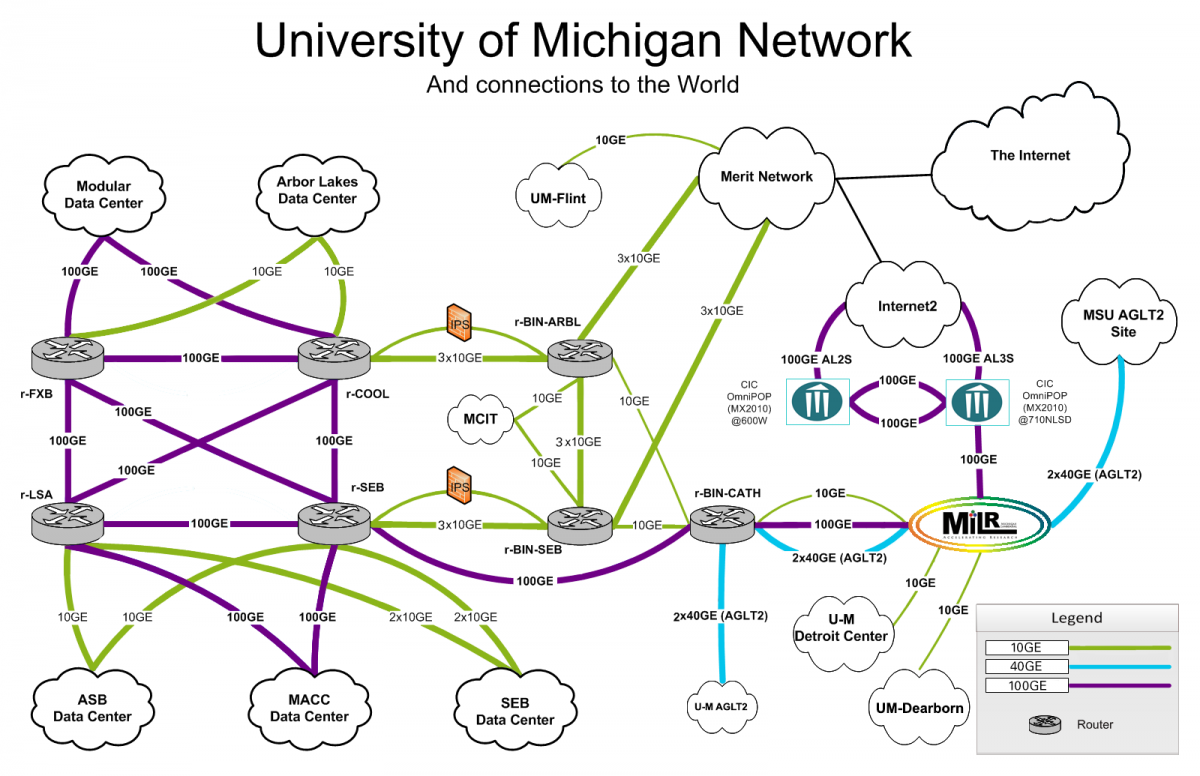
A statewide fiber strategy takes shape as Merit deploys fiber rings in Grand Rapids and Lansing. Wayne State, MSU, and U-M launch the Michigan Lambda Rail Network (MiLR) project, linking campuses via privately-owned fiber.
MiLR accounts are designed for individual researchers or departments requiring reliable and high-speed connections to researchers in other locations. Currently, MiLR provides 100-gigabit capacity to researchers.
2003: MGRID Expands U-M Computing Power

Through the Michigan Grid Research and Infrastructure Development Project (MGRID), U-M is one of the first universities to explore grid computing to enhance research and instructional activities across the institution. Grid computing allows on-demand availability of vast amounts of computing power. Considered the Third Wave of computing power — after the Internet and World Wide Web — the Grid allows users to share not just information, but also high-performance computing facilities. MGRID sets the stage for U-M to connect to a national grid.
2003: 2003: U-M & IBM Join Forces on Rich Digital Media
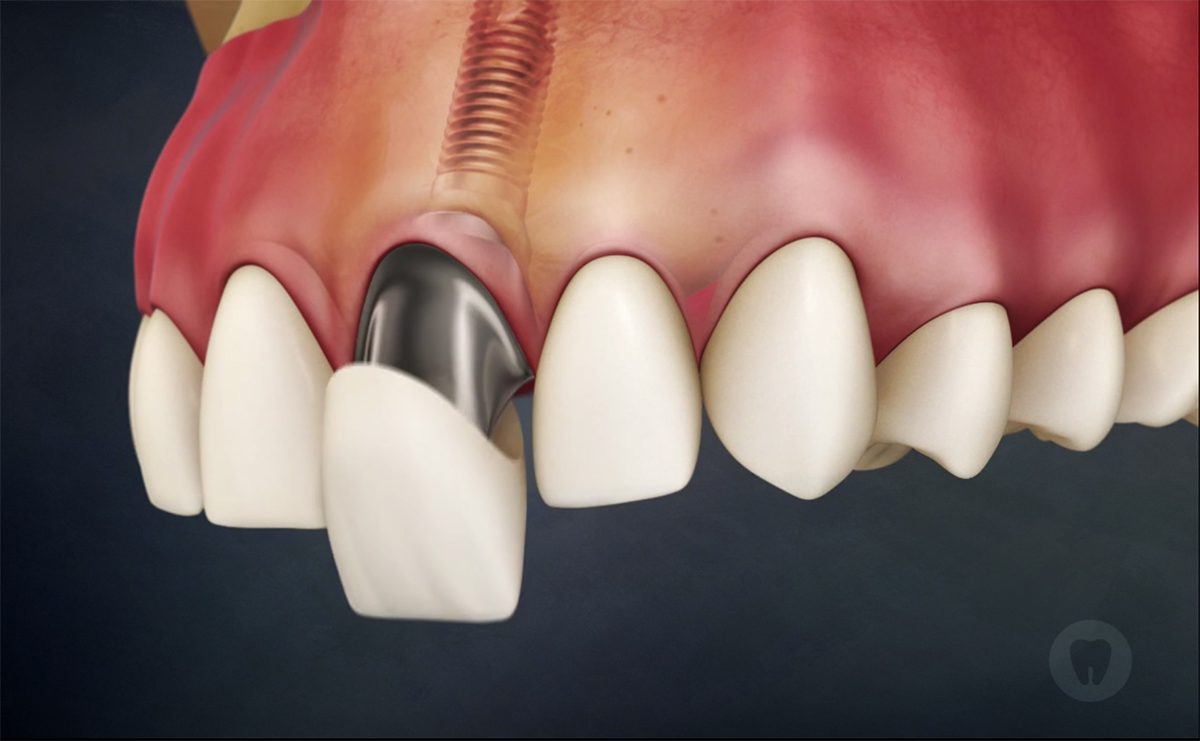
U-M and IBM partner to develop a data asset management system (DAMS) making the institution's digital content easier to access. The technology allows students and researchers to conduct keyword searches of video/audio files and digital images.
Nine schools seek to increase their use of DAMS in instructional settings, including the School of Dentistry, which will use the technology to help professors easily locate instructional videos on oral surgery. The system is one of the largest and most advanced in the area of digital imagery in all of higher education.
2004: Clinical Simulation Center Opens
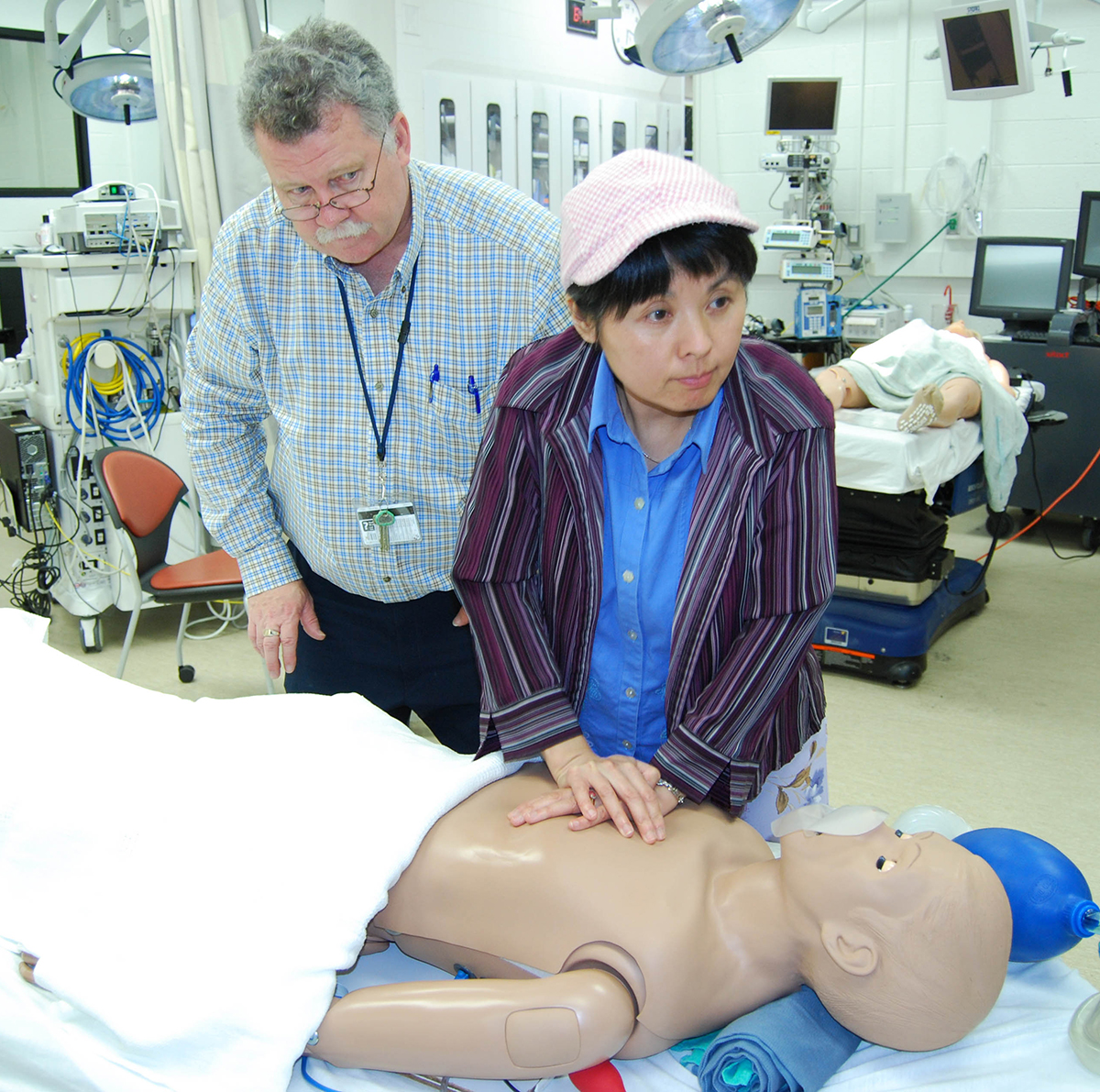
A resident physician can develop low-frequency but high acuity skills by practicing on a mannequin or a computer program, with no risk to a human being. In June 2007, the Clinical Simulation Center was awarded accreditation as a Level 1 Comprehensive Education Institute by the American College of Surgeons, one of only 13 such institutes in the nation. In 2018, the center will be expanded and renovated.
2004: Enabling Technologies is Formed

An IT production group, Enabling Technologies, is formed to help bring technology within the classroom in innovative ways for the Medical School.
2004: Web-Based Teaching Tools: The Sakai Project

Funded by a $2.3 million grant from the Mellon Foundation, the Sakai Project is created by a consortium of four universities with U-M in a leading role. The venture to create open-source course management tools is a milestone in teaching and learning at the university, offering quality, open-source software, potential cost savings, and the encouragement of a collaborative culture among higher-education institutions.
2004: Eclipsys Sunrise Clinical Manager (“U-M CareLink”)
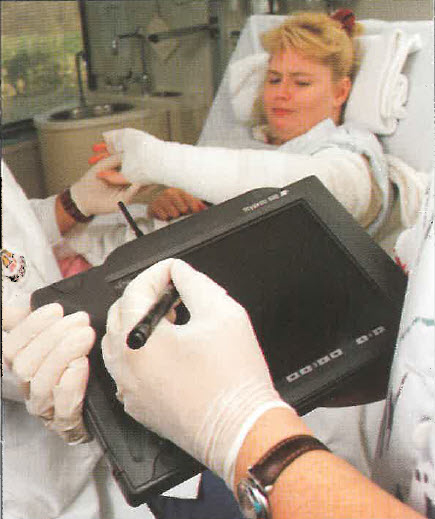
UM-CareLink is a computerized order entry system allowing clinicians to place patient care orders online. UM-CareLink addresses medication errors, the largest patient safety concern in hospitals nationwide, eliminating the risks associated with written orders and multiple “handoffs” of information from one provider to the next. Electronic ordering also reduces the time it takes to get medication from the hospital pharmacy to the patient's bedside.
2004: New and Improved Mirlyn

After nearly 20 years, the university upgrades Mirlyn, creating a single point of entry to the Library's rich collections and services, along with direct access to research assistance. The updated interface improves the experience for students and researchers, many of whom lamented the difficulty of the original, digital-card catalog. Users can now search multiple databases with a single query and use scholarly research features, such as getting results in 20 languages.
2004: ¡En Espanol es aquí!
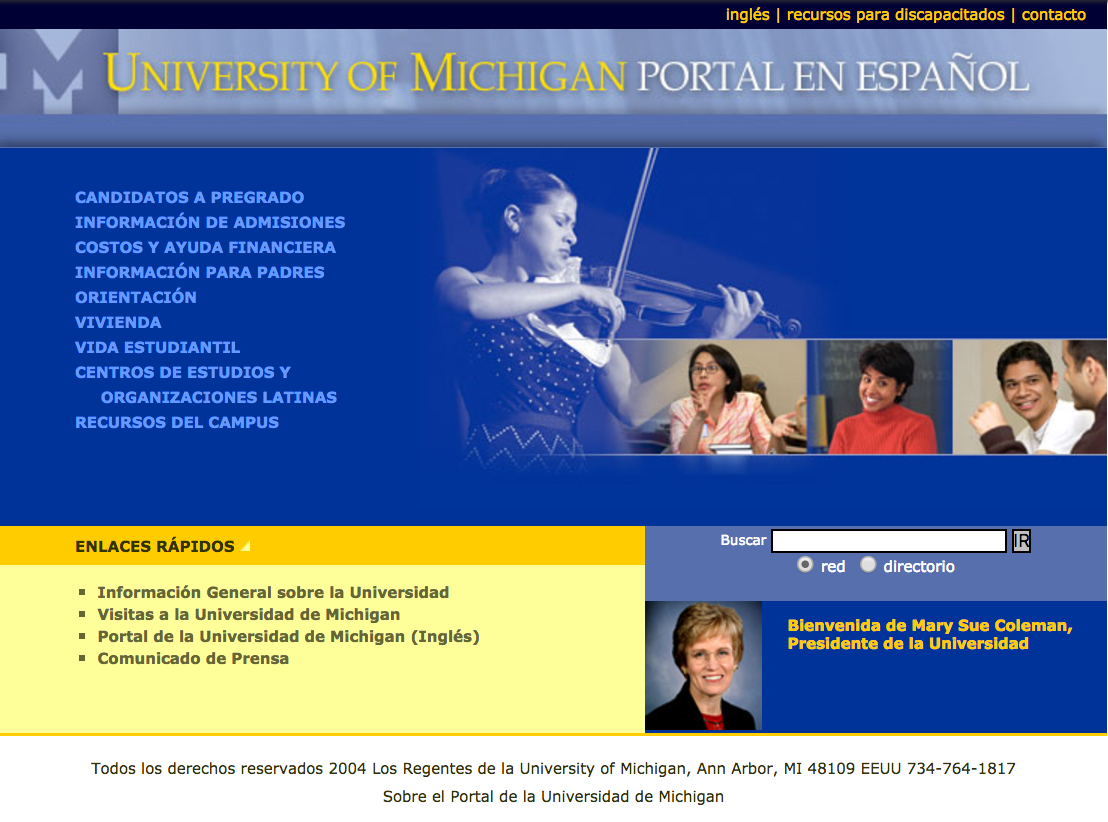
U-M debuts its Spanish-language website, with the goal to remove potential language barriers for Spanish-speaking and bilingual applicants.
2004: All Aboard the LambdaRail

To meet increasing demands for research, U-M, Michigan State University, and Wayne State University develop the Michigan LambdaRail (MiLR, pronounced “MY-lar”). Operated by Merit Network, the high-performance network is capable of transmitting large amounts of data at 10 billion bits per second—1,000 to 10,000 times faster than internet connections typical in homes and businesses at the time.
2004: U-M Library Digitizes Collections with Google

Encouraged by alumnus and Google co-founder Larry Page (B.A., 1995), U-M partners with Google to begin making seven million volumes from the U-M Library available digitally. The university is the first location for Google's non-destructive scanning technology and digitization workflow. Google’s digital collection at U-M is also central to the HathiTrust Digital Library, founded in 2008 to create a repository of the digital collections of the nation’s largest research libraries.
2005: U-M Bloggers Reveal Their Stories

U-M offers free blogs for students, faculty, and staff to record their lives’ events. The service, called mBlog, provides convenient access to personal, online journals. Using Moveable Type software, mBlog includes an elective, archival component that allows the university to preserve campus life stories that reflect the time and era.
The Bentley Historical Library, Information Technology Central Services, and University Library collaborated to bring the service to the university community.
2005: Grades Go Paperless

U-M switches to an online grade-submission system, making the process faster and more efficient.
Faculty members and instructional staff can submit their final grades via the internet. The Ross School of Business, College of Engineering, LSA, and the schools of Nursing and Social Work participated in the pilot. The Provost's Office, Office of the Registrar, and Michigan Administrative Information Services sponsored the project.
2005: IT Support for the New Med School Curriculum

For the first time in several years, major elements of the medical student were changed to begin the process of transforming the MD program curriculum. In order to support these changes, several applications and services provided by MSIS also underwent a transformation.
2005: Professional Skill Builder & HeartSounds
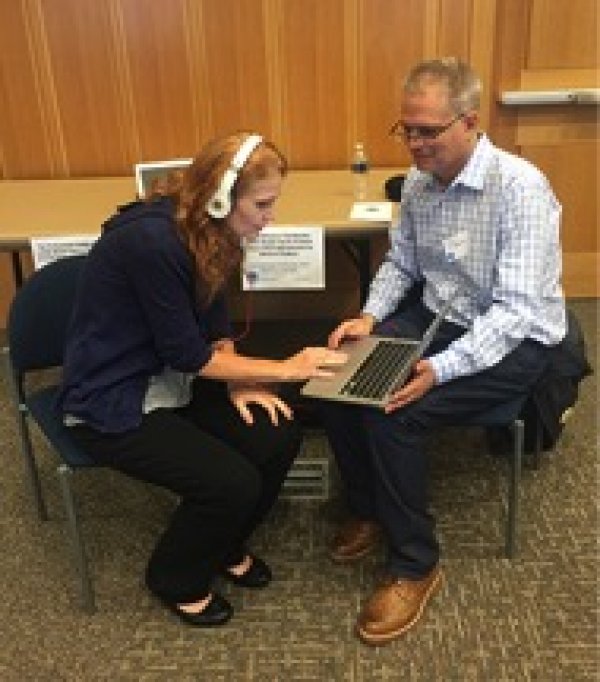
Finding the right balance between learning, retention, and technology is the foundation of the Professional Skill Builder (PSB). Developed by U-M Medical School faculty members, the PSB is an engaging, safe environment for learners to enrich pulmonary and cardiac skills. Acting as a virtual coach, the PSB provides both interactive web-technology and rich multimedia to challenge learners with authentic cases, feedback, guidance, and can be accessed by the learner at any time, anywhere in the world.
2006: $15M Data Center Seeks Life Off Campus
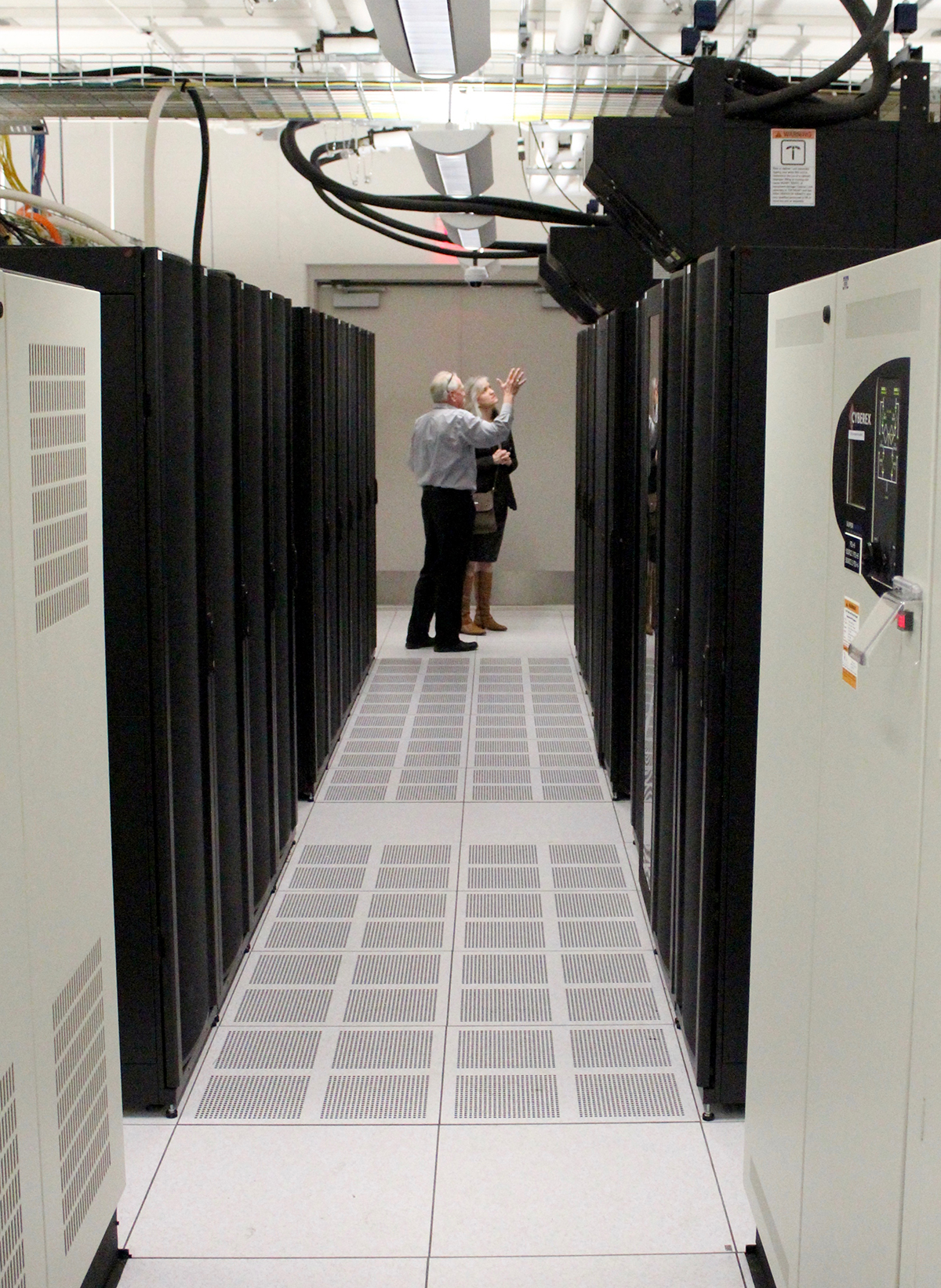
U-M approves a lease and building improvements for an offsite data center to support university-wide academic and research computing needs. Investment proceeds will fund the $15 million project budget.
Located in the South State Commons II building, the data center and machine room will share space with Internet2, Merit Network, and Michigan Information Technology Center Foundation.
2006: Dean Dan Atkins Invited to Lead Cyberinfrastructure at NSF

The National Science Foundation (NSF) names U-M’s distinguished computer scientist, Dr. Daniel E. Atkins, to head its newly created Office of Cyberinfrastructure.
Dr. Atkins, a professor in the Department of Electrical and Computer Engineering and in the School of Information — where he was also Dean in the 1990s — made major contributions to high-performance computer architecture and experimentation. His work with the NSF fostered the design and evaluation of IT-enabled scientific "collaboratories," or "centers without walls" in which researchers perform their research without regard to physical location.
2007: LSA to Get Expanded WiFi

The College of LSA launches a $1.5 million expansion of its wireless network. The plan is for all classrooms, departments, laboratories, and faculty offices to have wireless access within two years.
The expanded network will enable students, faculty, and staff to easily connect to the network with their laptop computers and mobile devices.
The expanded LSA wireless network will be compatible with the U-M WiFi network, MWireless. Alumni with U-M computer accounts can also use the wireless network.
2007: Information Offers Master’s in Social Computing

The School of Information becomes the first in the nation to offer a master’s degree in social computing, which involves using information technology and software to create social interaction and communication through email, instant messaging, blogs, and more.
In 2007, the specialization was one of nine the school offers—six of which were newly launched—that prepare students for careers in both long-established and emerging fields. Today, Computational Social Science is one of many disciplines in the school’s curriculum structure, preparing students for careers in both long-established and emerging fields.
2007: Computing Goes Green with Climate Savers
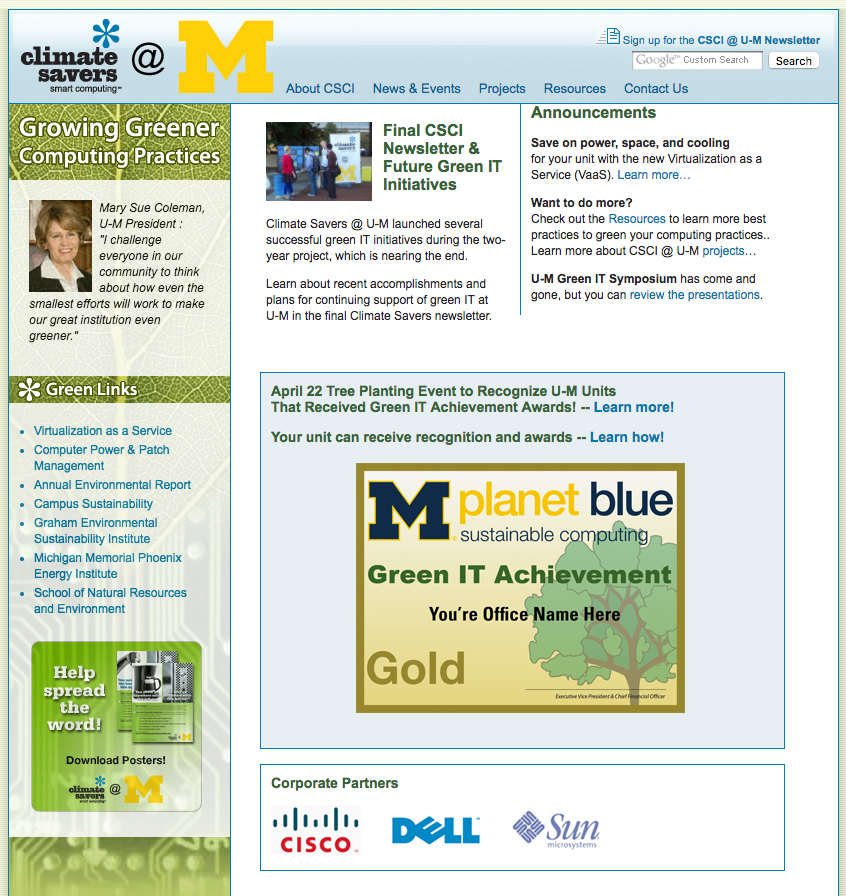
U-M announces its commitment to making sure campus computers meet energy efficiency standards by participating in the Climate Savers program announced by Google.
Schools, colleges, and units are encouraged to purchase energy efficient computers and understand how to reduce IT energy consumption, such as using power management tools.
The program is part of the six-point environmental and energy conservation initiative announced at the end of winter term.
2007: ENCORE - Education Innovations Pilot Program within the Dean’s Office
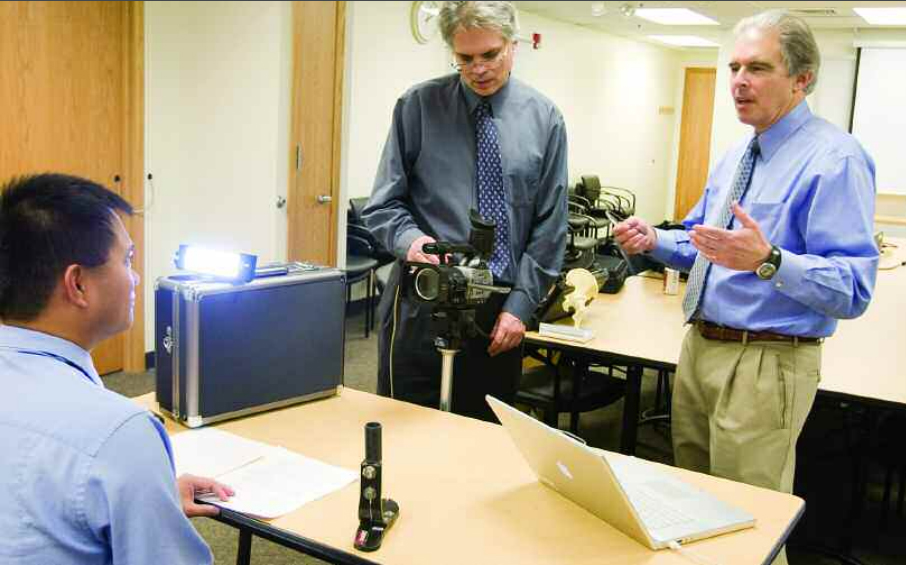
At the beginning of the Medical School’s new advanced course in clinical therapeutics — how to treat patients with drugs — students don’t walk into a classroom and sit down next to other students. They use virtual anatomy simulation. Technological innovations are spurring the biggest transformation of medical education in a century, as seen in this groundbreaking online course in clinical therapeutics.
2007: Remote Printing with mPrint
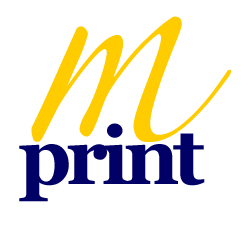
mPrint, a new service provided by Information Technology Central Services, offers a network of 200 printers that allows mobility and choice for students, faculty, and staff.
A novel idea on college campuses, U-M’s version is on the leading edge. To print, campus community members log into the portal, select a printer, and upload a print job. All file formats are supported.
2007: Virtual Sites Provides Remote Access to Apps
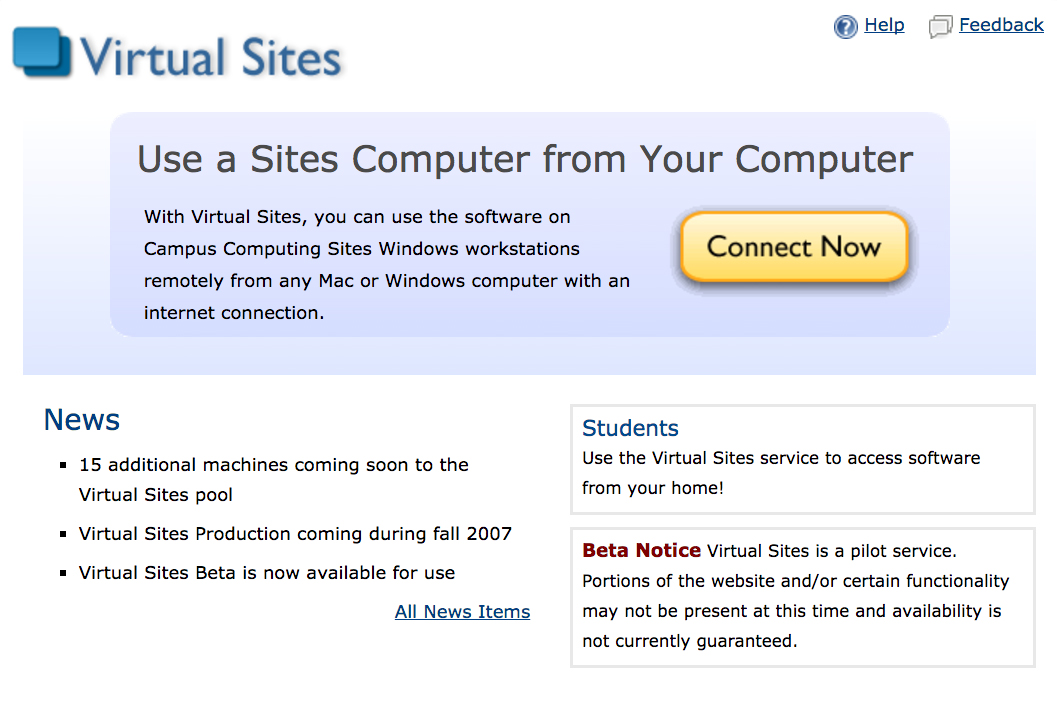
Virtual Sites is a new, free service that provides remote access to computer lab software and printing. Campus community members can connect to university computers and launch applications installed on them, such as Adobe Photoshop and Dreamweaver, Google Earth, and Microsoft PowerPoint.
The basic package features about two dozen computer applications and can support up to 100 people. The full package has about 100 applications and can accommodate 30–40 people. Virtual Sites can be accessed from Windows, Mac, or Linux computers; supported web browsers are Internet Explorer, Firefox, and Safari.
2007: Open Michigan

The Open Michigan initiative, a cross-campus collaboration with the U-M Library, enables the U-M community to make the products of its research, teaching, and creative work freely available to the world beyond campus, and includes open educational resources, open data, and open publications. Open Michigan is the only open educational resources (OER) initiative in the country that is based in a medical school, offering a large body of medical content and include global health partnerships, a copyright review processes, and collaboration with the Library.
2008: Michigan on iTunes U
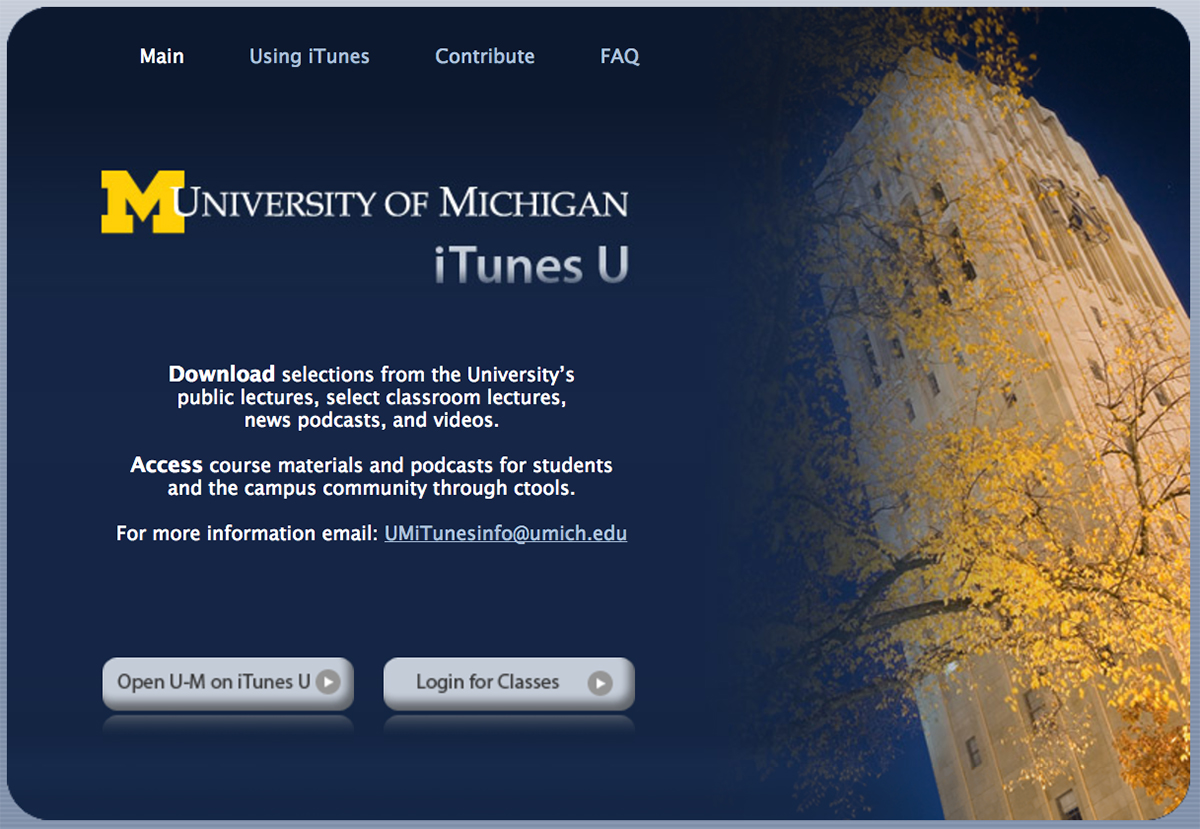
Michigan on iTunes U is launched, providing free access to university lectures, debates, performances and events.
2008: Teaching Evaluations Move Online

After a limited rollout in the College of Engineering, the online version of U-M’s Teaching Questionnaires becomes fully operational—saving paper, eliminating clerical bottlenecks, and providing more flexibility in designing questionnaires. The move also allows greater customization for individual classes and instructors.
Michigan Administrative Information Services and the CTools Implementation Group jointly designed and built the infrastructure for the online evaluation.
2008: Campus Becomes Safer with Emergency Texts

University community members can now register to receive voice and text messages during major campus emergencies. With the new U-M Emergency Alert system, messages may be sent via email as well as voice or text messages to two telephone or cellphone numbers and a device. UM-Flint and UM-Dearborn also are implementing the system.
Messages will be sent to individual campuses based on the nature and location of the incident. Officials describe the new system as an important addition to campus safety efforts.
2008: Maize Email Comes to Campus
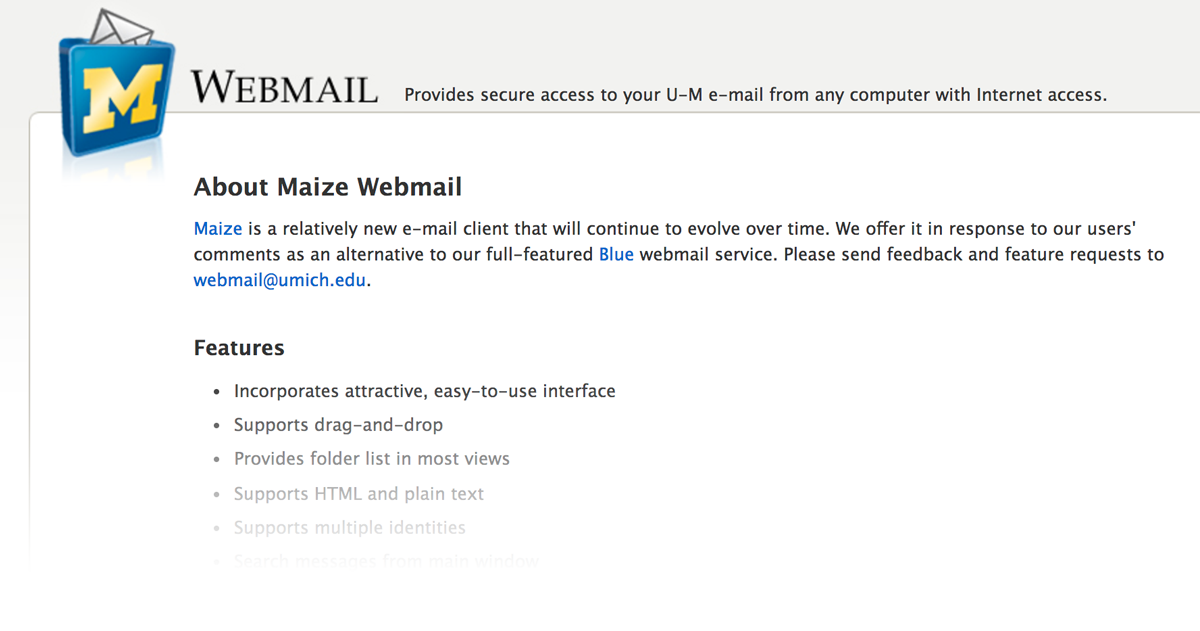
Information Technology Central Services launches Maize, a more attractive campus webmail interface. The service, which was developed in collaboration with Michigan Marketing & Design, has a distinctive and fresh look and feel.
Often requested features—such as easier access to the folder list and the ability to drag-and-drop messages from one folder to another—are available to students, faculty and staff. Maize is based on the relatively new, open-source RoundCube Webmail Project. Blue, the original campus email interface, continues to operate, and the two can be used interchangeably.
2008: HathiTrust Results in Vast Digital Library
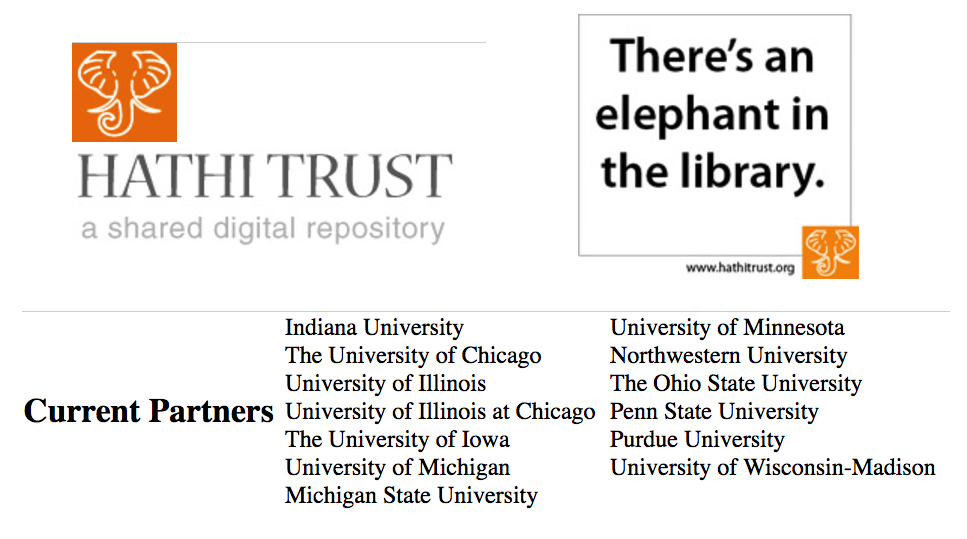
U-M partners with IT and library organizations in the Committee on Institutional Cooperation—a 12-university consortium—and the University of California system to develop and launch the HathiTrust, the nation's largest repository of vast, digital collections. The group provides libraries a means to archive and provide access to their digital content, whether it comprises scanned volumes, special collections, or born-digital materials.
The HathiTrust currently contains more than 2 million volumes and approximately three-quarters of a billion pages, about 16 percent of which are in the public domain.
2009: A New IT Organization Is Born

Information Technology Central Services, Information Technology Security Services (ITSS), and Michigan Administrative Information Services (MAIS) merge to form Information and Technology Services, which will continue serving the Ann Arbor, Flint, and Dearborn campuses and the health system. The combined organization provides key IT products and services, with the goal of offering the high-performance computing capabilities necessary to recruit and retain the best faculty and staff and to better meet the needs of digital-era students.
The associate vice president for MAIS and ITSS will lead ITS and direct leadership teams from the original three organizations to design the new one.
2009: Virtual Servers to Save Departments Money

Virtualization as a Service (VaaS) is offered on the Ann Arbor campus as a way for departments to save money. VaaS offers unit system administrators the functionality of a server without the costs associated with a stand-alone CPU. Units share dedicated space on a server that is housed and maintained elsewhere. Consolidation reduces expense while increasing server utilization up to 80 percent.
U-M has 135 virtual servers through VaaS, both Linux and Windows, running on 10 physical servers.
2009: NextGen to Advance Institution’s Mission
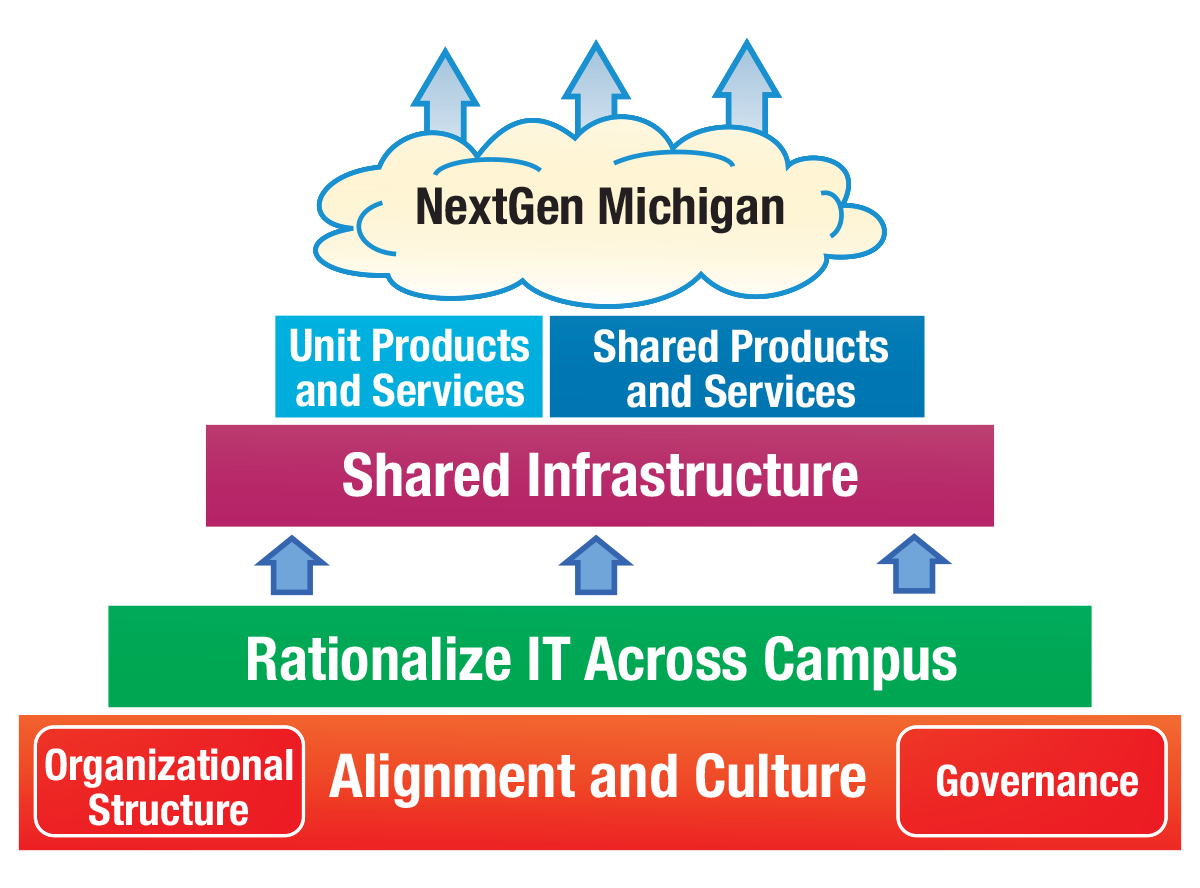
NextGen Michigan, a multi-year strategy for employing state-of-the-art technology, is designed to advance the institution’s mission. The strategy has four components: moving to a shared-services model, and creating alignment through instituting an IT Governance Structure, the rationalization of IT, and enabling units to focus on technology that differentiates their school or college.
The first step toward NextGen happened when the central IT groups merged into one organization.
2009: Students in Sync with Ford’s Connected Cars

Ford is working with College of Education students to bring cloud computing and social networking to Sync, the company’s in-vehicle connectivity and communications-entertainment system. The first phase of the project involves beta-testing a Ford Sync prototype that supports navigation, cellphones, and digital music players. The platform can access vehicle performance data and interface with newly developed social networking applications. Social networking sites, such as Facebook and Twitter, are expected to be part of the next breakthrough in connected cars.
2009: U-M Purchases the NCRC for $108 Million
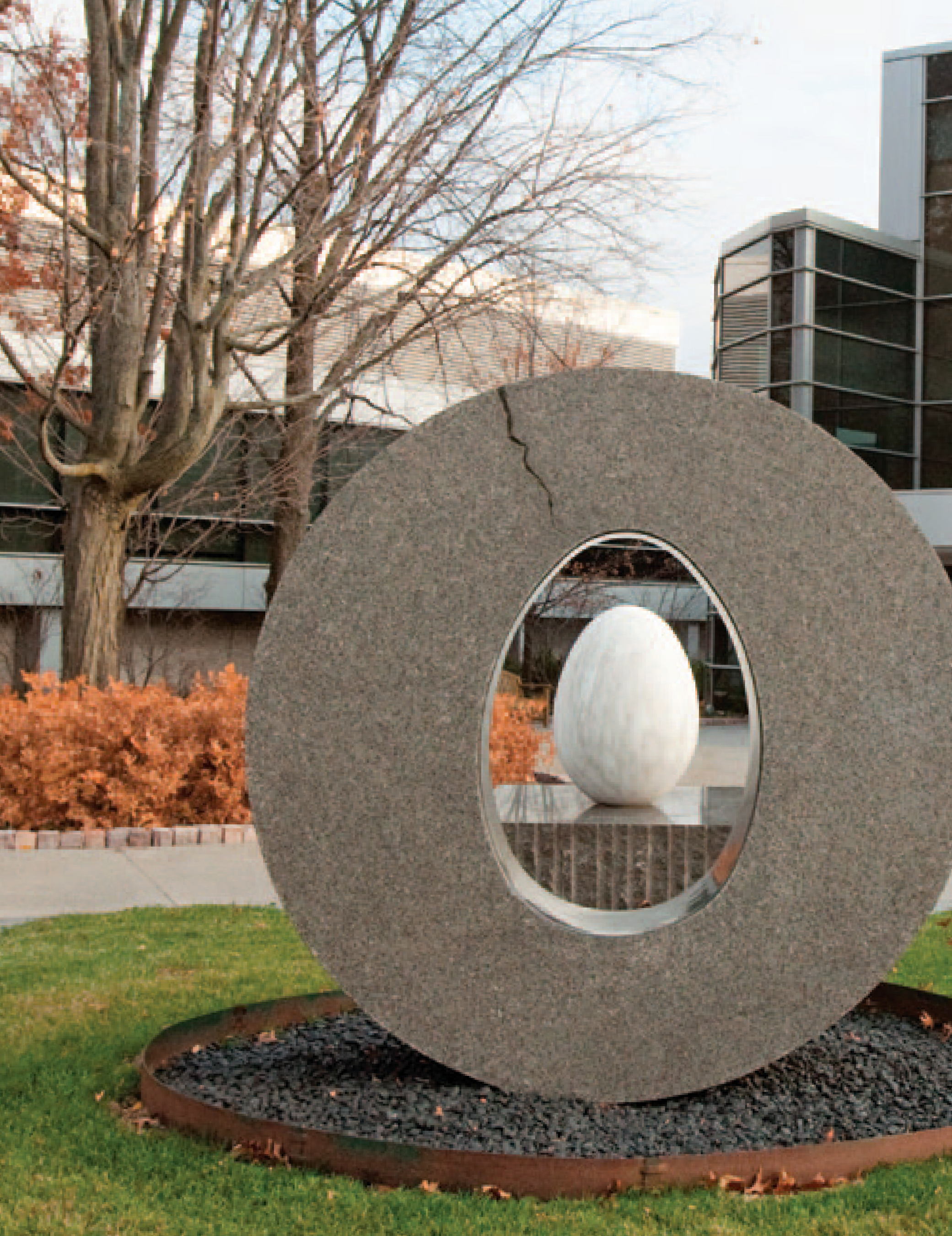
The purchase added 173.5 acres of land and 1.97 million gross square feet of much-needed high-tech laboratory and office space to U-M’s North Campus and will become known as NCRC -- North Campus Research Complex. Researchers from several U-M schools and colleges work together in flexible research clusters at NCRC to collaborate on a given problem.
2009: Epic/MiChart (Enterprise EHR)
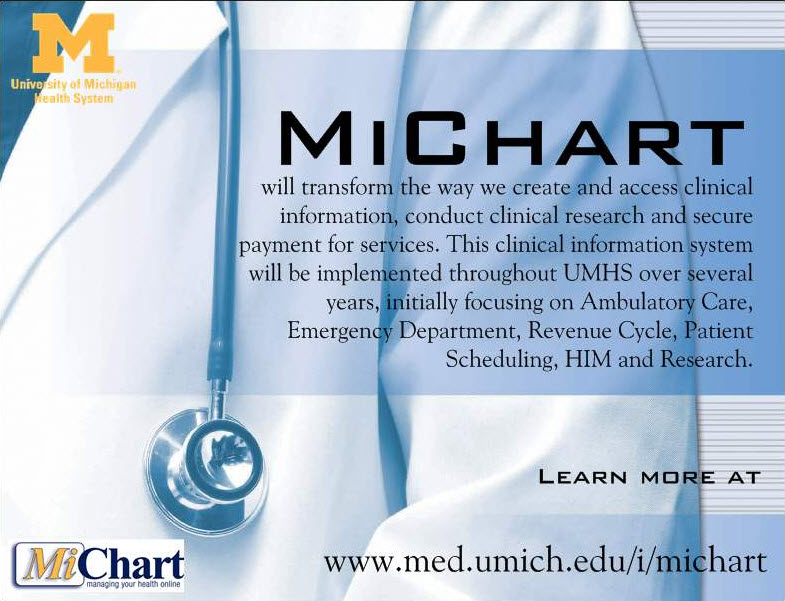
Universal Electronic Health Record technology for patients and practitioners is implemented all throughout the Health System.
2009: LectureTools Increases Student Engagement
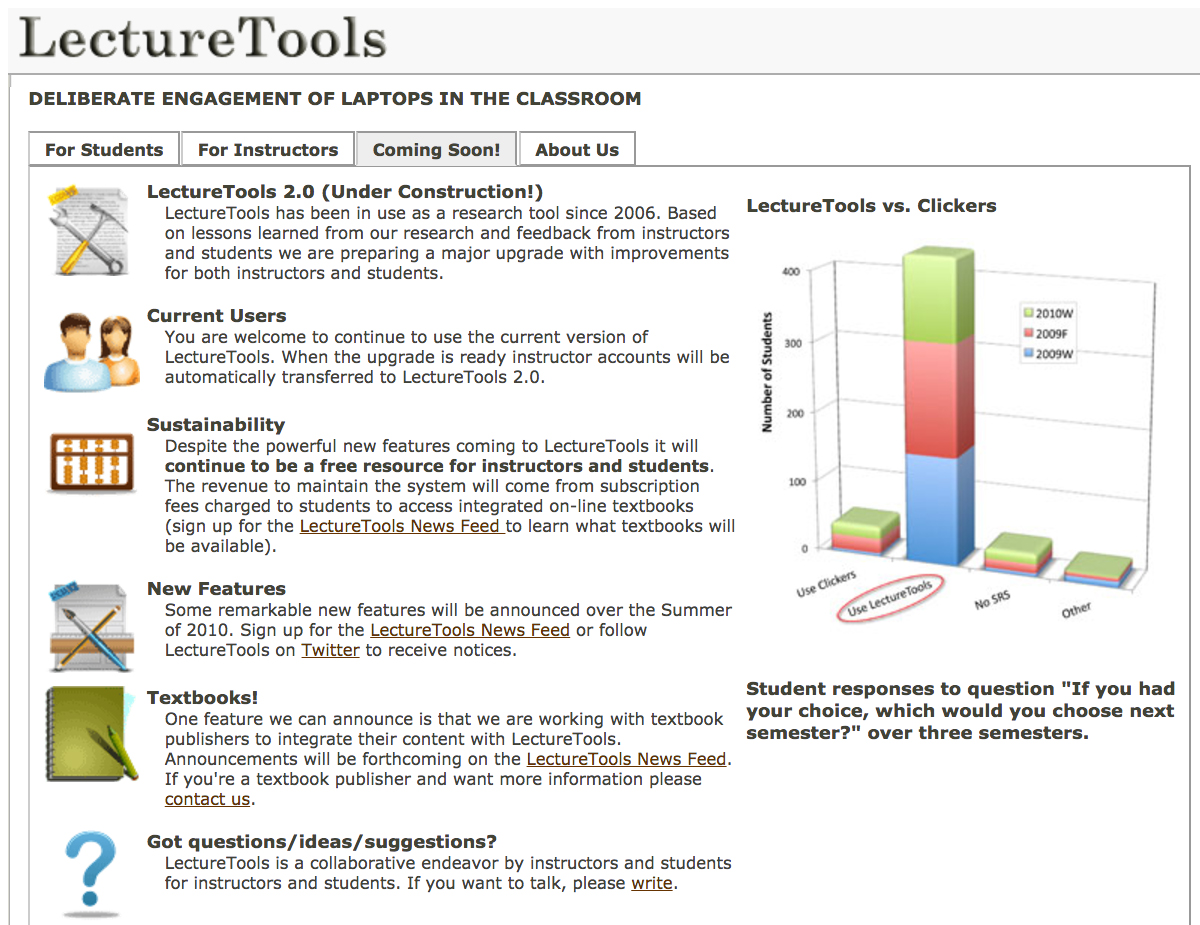
LectureTools, an interactive, educational technology system developed at the university, is made available more broadly through the CTools learning management system. The tool goes beyond the use of "clickers" to connect instructors and students in large lecture classes, facilitating a more engaging and active learning space.
Students use their laptops to access a wider suite of inquiries than typical clickers, such as answering poll questions and posting real-time results. A newly added feature allows students to find fellow classmates who live near them and share their interests.
2009: U-M Alumnus Co-Founds Duo Security
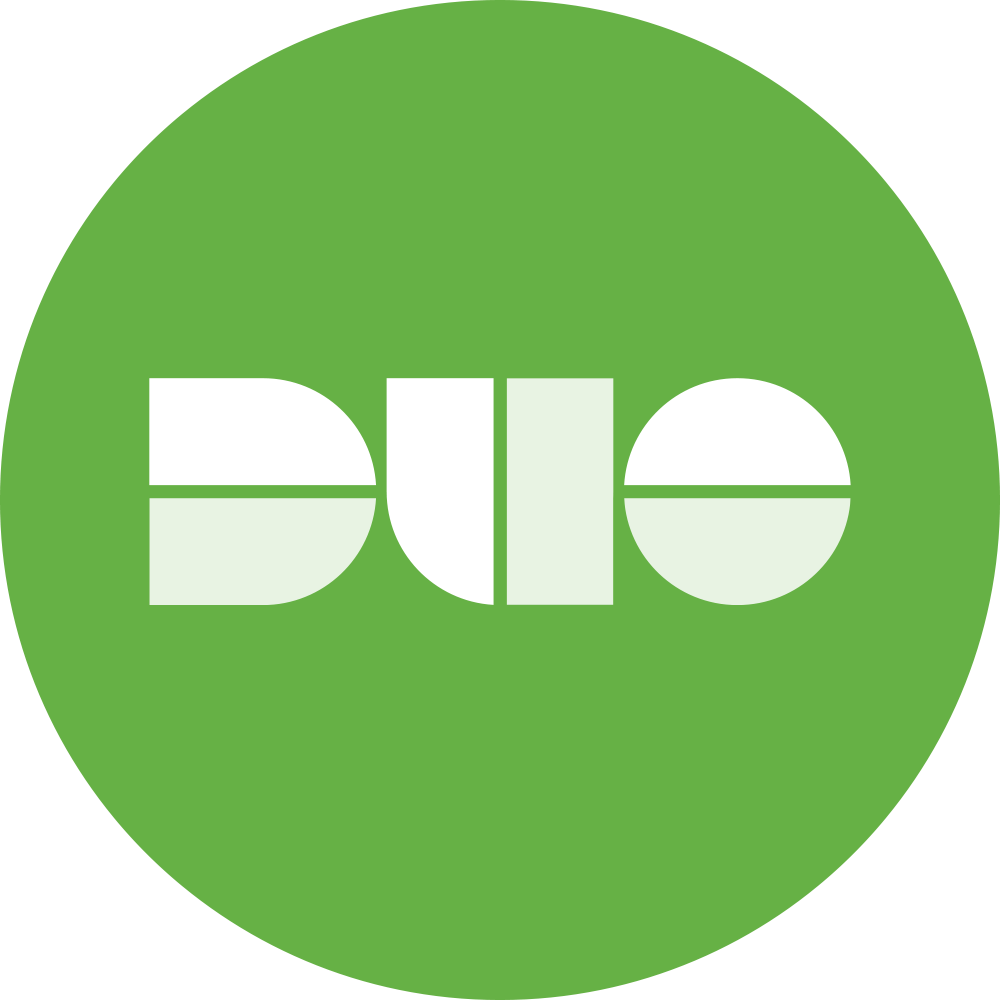
Co-founded by Dug Song and University of Michigan alumnus, Jon Oberheide, Duo Security is a cloud-based access security provider protecting thousands of organizations worldwide from its headquarters in Ann Arbor, Michigan. In 2016, the University of Michigan selects Duo Security to provide the institution’s own two-factor authentication solution.
2010: Neurosurgery Videos are View by iPod Touch and iPod Nano
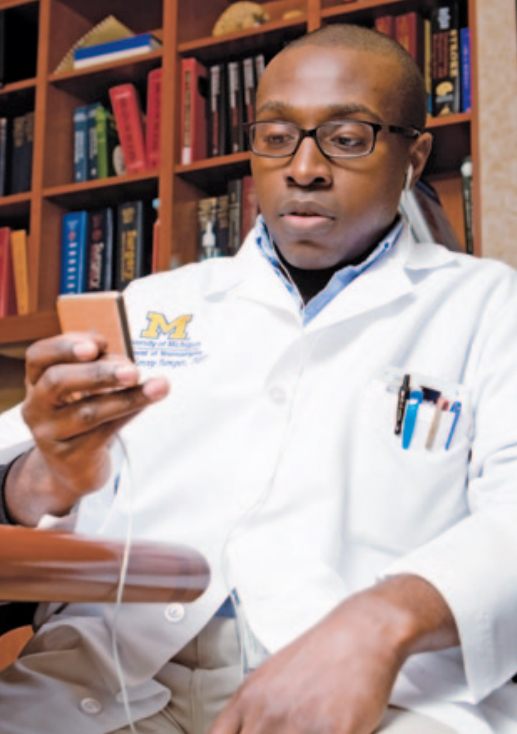
To help meet that challenge of instructing residents, the department of Internal Medicine, Division of Neurosurgery, issues iPods to residents — large iPod Touches to newer residents, and iPod Nanos to the more senior.
2010: Rationalizing IT
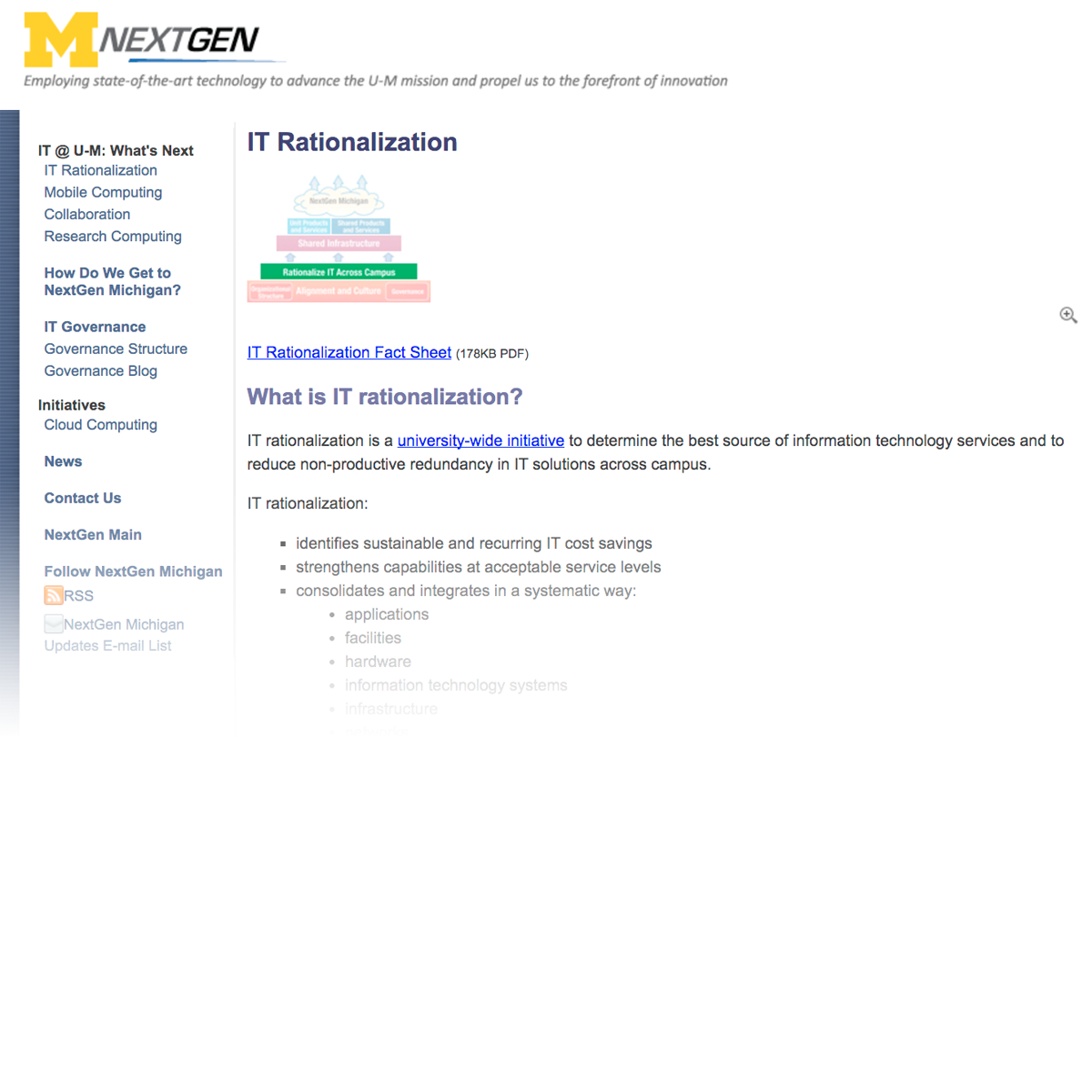
IT rationalization, the first step in NextGen Michigan, is a universitywide initiative to determine the best source of IT services and to reduce redundancies in IT solutions. Sponsored by the provost and chief financial officer, the initiative will help identify cost savings that can be reinvested in strategic priorities. Proposed investments will be prioritized by the new IT governance structure. Other objectives are to improve interoperability of applications, products, and services and to achieve faster deployment of new shared products, infrastructure, and services.
The Ann Arbor, Dearborn, and Flint campuses will participate in the assessment conducted by Accenture.
2010: U-M Gets Own iPhone App
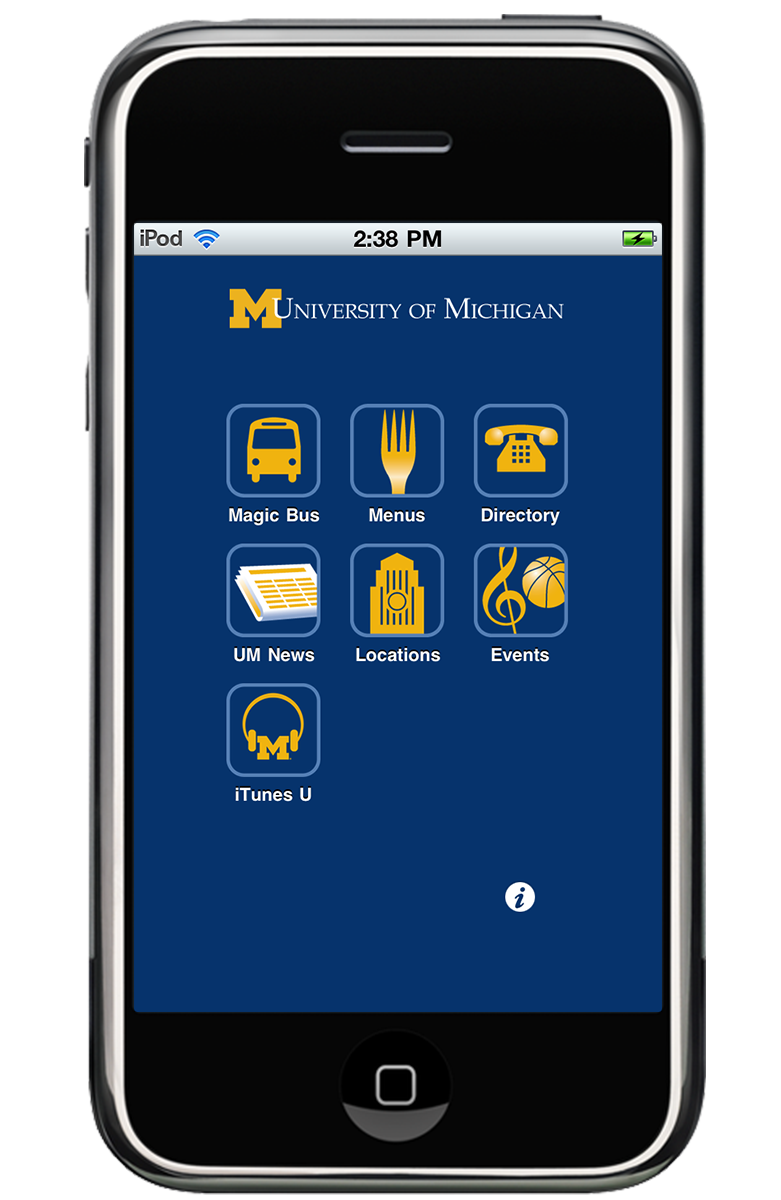
“Michigan” is a free iPhone app designed to connect U-M students, faculty, and staff. Its features include the ability to navigate campus; view Magic Bus information; read the Michigan Daily, Michigan Today, Record Update, and University Record; search the U-M directory and update phone contacts; view dining hall menus; see campus event schedules; and connect to iTunesU.
Built by two U-M engineering students and purchased by ITS, the Michigan app encourages and supports mobile computing needs and lives in the Mobile Center, the university’s new mobile resources website.
2010: Flux Reduces Cost of HP Computing

The university establishes the first institutionwide, shared, high-performance computing cluster called Flux, which can efficiently handle more researchers over stand-alone models that are underutilized and more expensive. Through an agreement between the Office of Research Cyberinfrastructure and the College of Engineering, Flux is operated by experienced systems professionals and designed with growth in mind. Initially housed in the Michigan Academic Computer Center with 2,000 cores of computer power, expansion plans include moving to a new eco-friendly, state-of-the-art, data center pod that optimizes the use of power and cooling resources with capacity for 10,000 cores.
2010: REACH-3MC gives Michigan a Statewide Reach
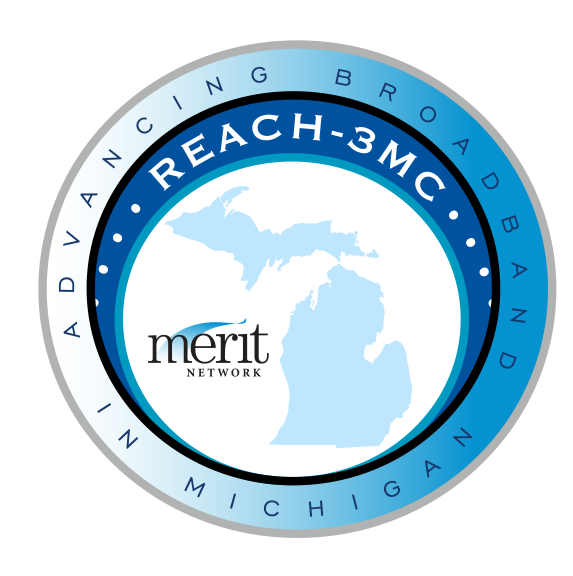
Merit announces the award of two, multi-million dollar grants to build 2,287 miles of fiber-optic infrastructure. The grants were part of an American Recovery and Reinvestment Act (ARRA) program.
The REACH-3MC I & II (Rural, Education, Anchor, Community and Health care - Michigan Middle Mile Collaborative) fiber projects extended critical broadband service to rural and underserved communities throughout Michigan’s lower and upper peninsulas, further expanding U-M’s fiber footprint in Michigan.
2011: MCommunity Released to Campus
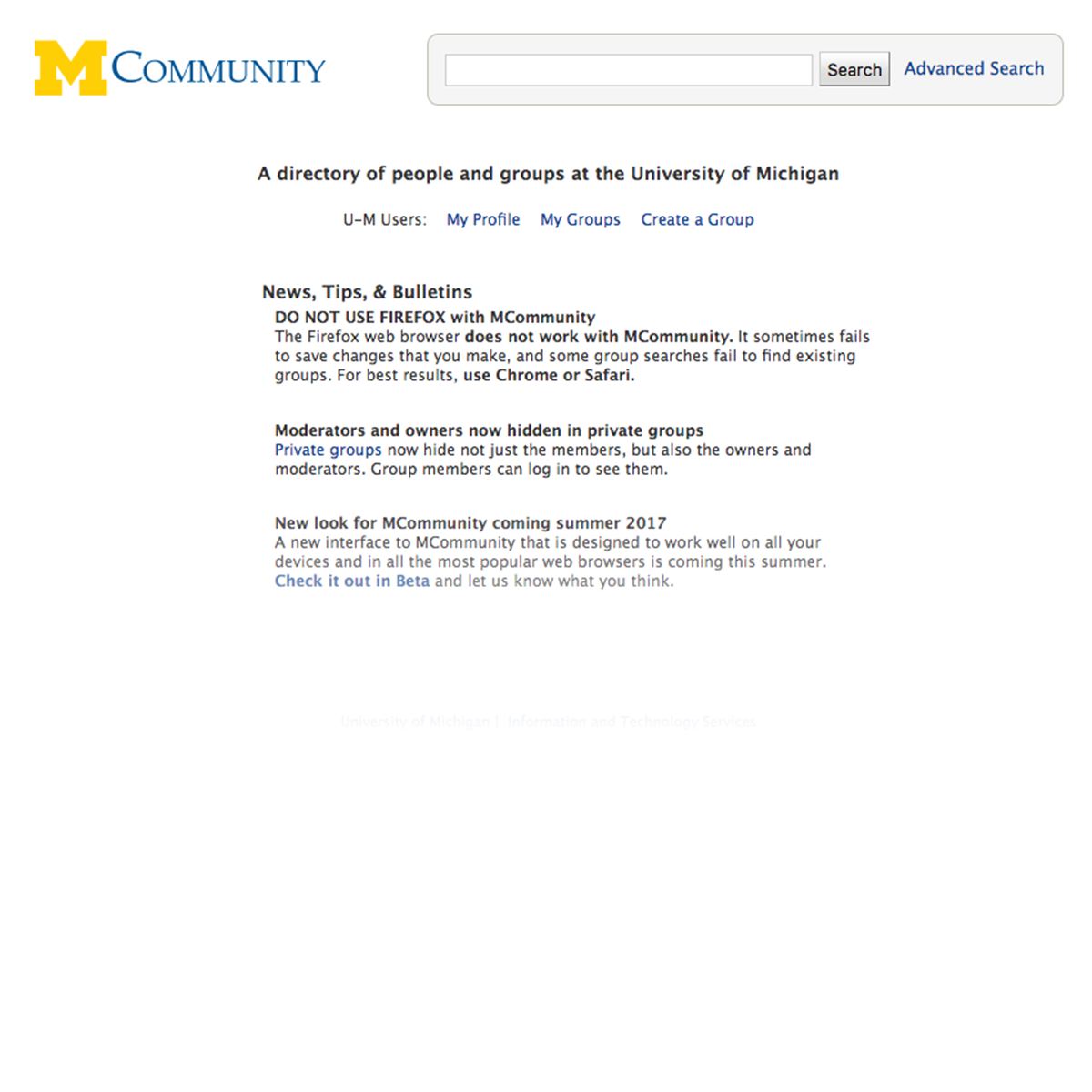
For the first time, MCommunity receives and consolidates data automatically from multiple official university records systems and provides that information in one place. It includes new, automated mechanisms to remove people’s profiles when they are no longer affiliated with the university. The old directory included many incorrect and out-of-date entries. MCommunity is more than a directory—it is an identity and access management system. Releasing it was the first step toward automatically setting up accounts and standard computing services for students, staff, and faculty.
2011: MSIS is created for the Medical School

Support for Teaching and Learning, Research, and Clinical Care is created as Medical School Information Services (MSIS). MSIS works in partnership with UMHS faculty, staff, and students to provide innovative information services that advance the future of healthcare through discovery, lifelong learning, and the delivery of clinical care.
2011: U-M Selects Google for Collaboration Tools

After months of public meetings and town halls to hear feedback from the university community, U-M selects Google's "Google Apps for Education" to bring popular collaboration tools such as Google Docs and Gmail to the university. The agreement is one of several initiatives designed to advance U-M’s academic, teaching, research, and clinical program by investing in the “next generation” of IT services and computing technologies.
2012: Modular Data Center Provides Needed Space for Reseach Compute

ITS installs its first Modular Data Center (MDC) to meet the demand for research computing and data storage space. The MDC costs almost half as much as a traditional brick and mortar data center to build ($6.2M vs. $12M) and has significantly greater rack density. It is also more energy efficient using outside air 75% of the year to cool the computing equipment. This 40-foot center houses 40 racks and sits on North Campus and is designed for researchers with high computational data needs and units and individuals working with Advanced Research Computing.
2012: New Contract with HP Aims to Save Millions

The IT Rationalization and Strategic Sourcing Initiatives is expected to save nearly $6 million annually while offering a standardized computer selection. A cross-functional team representing about 75 percent of annual, institutional expenditures evaluates proposals from various computer companies and tests a variety of products and configurations. The team, led by Information and Technology Services and Procurement Services, includes representation from Medical Center Information Technology and other university units.
Team members select Hewlett-Packard to meet Michigan's diverse desktop and laptop needs. The ordering process for other computer brands is not impacted.
2012: U-M Box: University Offers Cloud Storage

U-M is the first university to officially introduce the cloud-based storage service through an agreement between Box and Internet2. Emphasizing collaboration features, U-M Box allows individuals and teams to share, store, and even discuss files. The 15GB of free storage available to the U-M community is the equivalent to about 1 million document pages — enough to cover 10 football fields (including the end zones) or a shelf of books 450 feet long.
2013: SecondLook App - “Flashcards on Steroids”
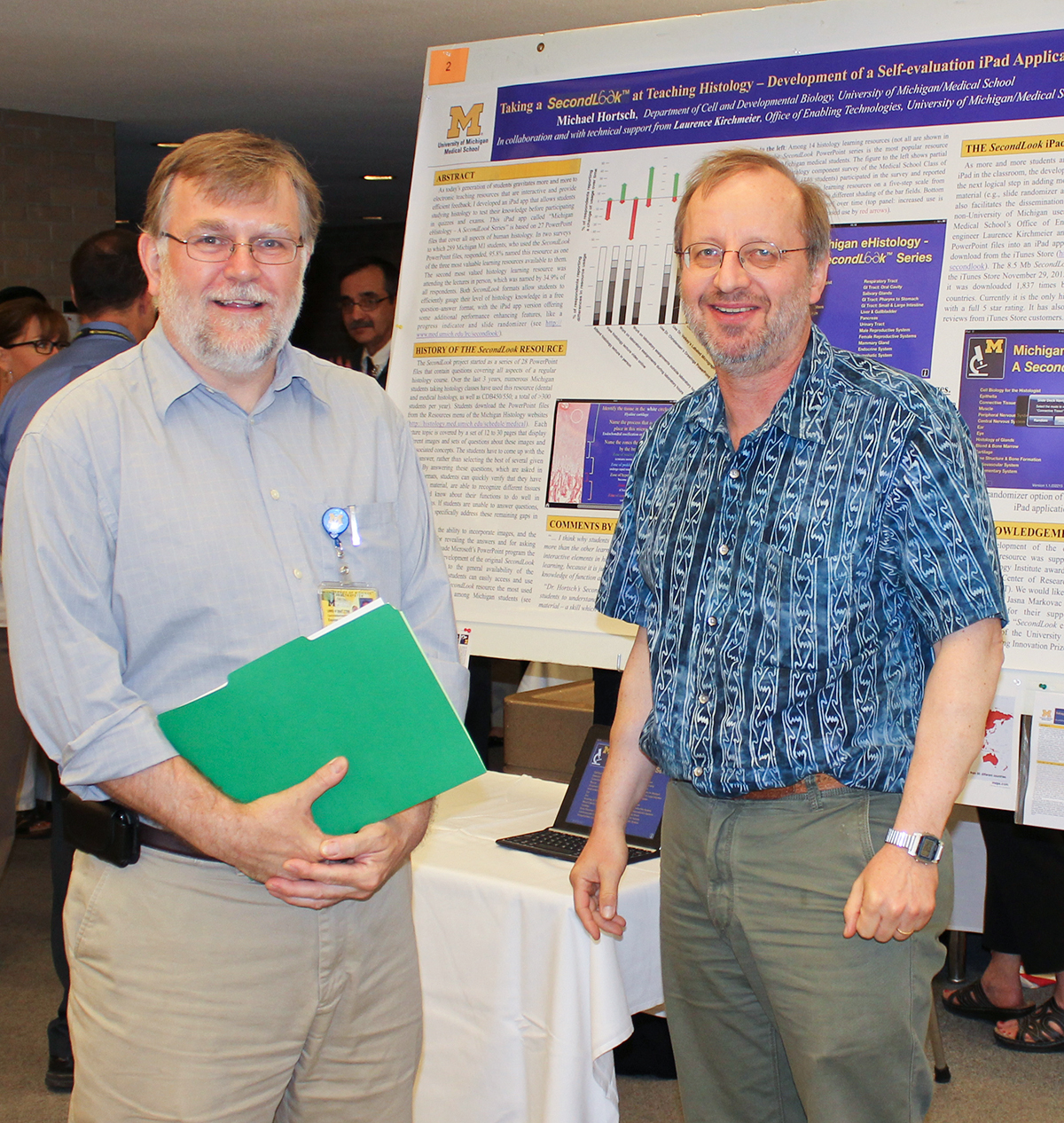
Featuring professionally drawn illustrations and actual micro-anatomy images, the SecondLook™ Series is a self-review mobile application covering 27 histology topics including epithelia, connective tissue, muscle, bone structure and formation, respiratory tract and a lot more. It has even been called “flashcards on steroids.” Since its original release at the iTunes Store, it has been downloaded more than 11,000 times in 115 countries as of 2015.
2013: The U-M Hospital Celebrates its Centennial
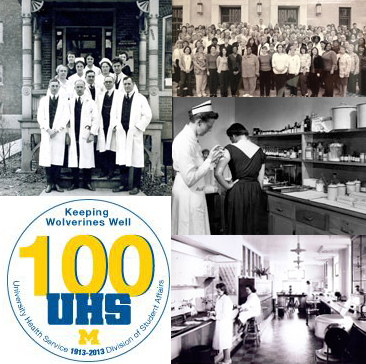
2014: Research Data Warehouse Created
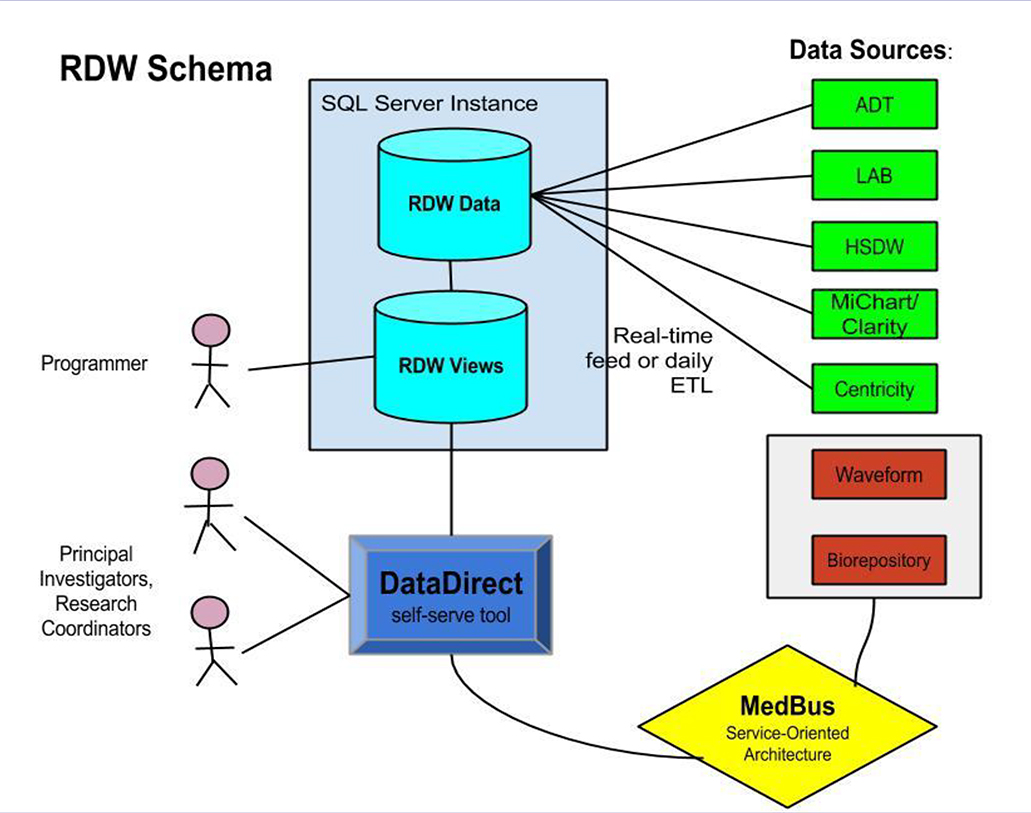
Researchers reported difficulty accessing data for cohort discovery and for carrying out studies. Existing data sources are designed with operations,accounting, etc., as the primary use, rather than research.
The Office of Research funded the development of an enterprise-wide research data warehouse (RDW) with a user-friendly portal (DataDirect) to enable a wide research audience directaccess to robust data.
2014: Doug Van Houweling inducted into Internet Hall of Fame

Van Houweling receives the Internet Hall of Fame honor for his pivotal role in managing the National Science Foundation (NSF) national backbone ( NSFnet) — the foundation of the global internet. As chairman of MERIT, he first submitted an unsuccessful bid to house one of four NSF supercomputers on the U-M campus. Van Houweling then recognized the need for a robust network to connect them and submitted a winning proposal to upgrade the overloaded NSF backbone. The resulting connections between the nation’s handful of supercomputing sites and nascent regional computer networks quickly burgeoned into the modern internet.
2014: FastApp is Launched
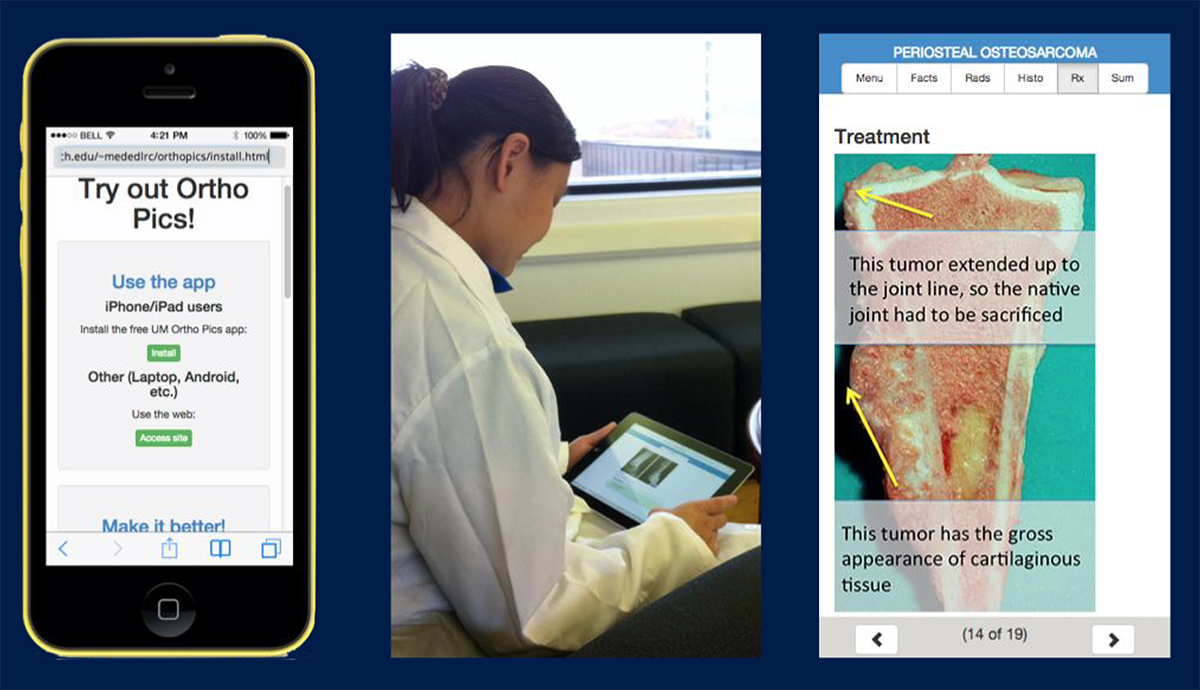
FastApp is a service developed by Medical School Information Services (MSIS) that streamlines the process used to deliver educational content via iOS and Android mobile applications. All phases of app development have been simplified, from content creation to coding to publishing, to make the process as efficient and economically feasible as possible. MSIS has partnered with medical school faculty members, Information Technology Services (ITS), and the Office of Technology Transfer to produce content in histology, musculoskeletal anatomy, neuroanatomy, and orthopaedic surgery, with more topics underway.
2014: Transition from CTools to Canvas
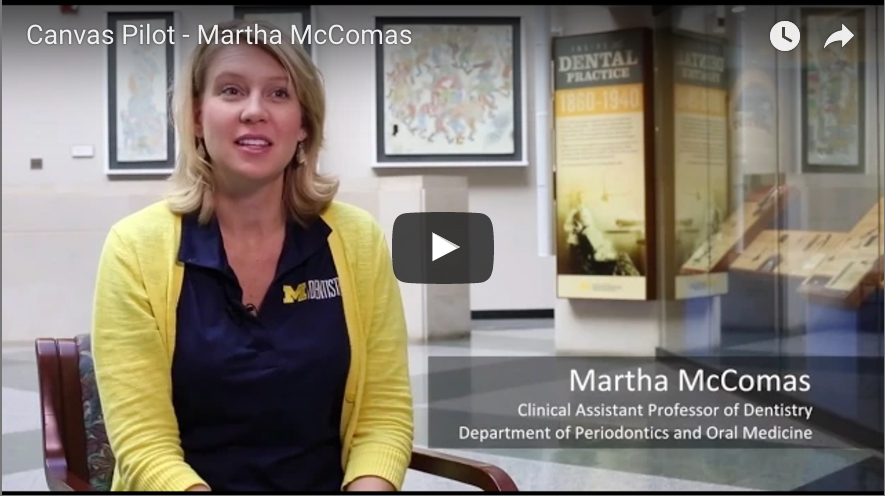
Faculty and students participated in a pilot project for Canvas, the learning management system proposed as the successor to CTools, and prefer it over the current system. Thirty-five instructors and 3,000 students participated in piloting Canvas in 23 courses during the fall term. After a second pilot, U-M's Ann Arbor campus will move all course sites from CTools into a new learning management system called Canvas by the fall 2016 semester.
2014: Consortium Shapes Future Learning

Unizin is a consortium of higher education institutions working to shape technology that supports teaching and learning.
Founded by Colorado State University, Indiana University, the University of Florida, and U-M, Unizin helps member universities and subscribers customize and unify tools for online learning and digital course management. Members can use the service for a range of modern instruction scenarios, including in-person and online courses, MOOCs, or flipped classrooms. Funding is provided by member investments and governed as a not-for-profit service operator.
2014: Learning Informatics
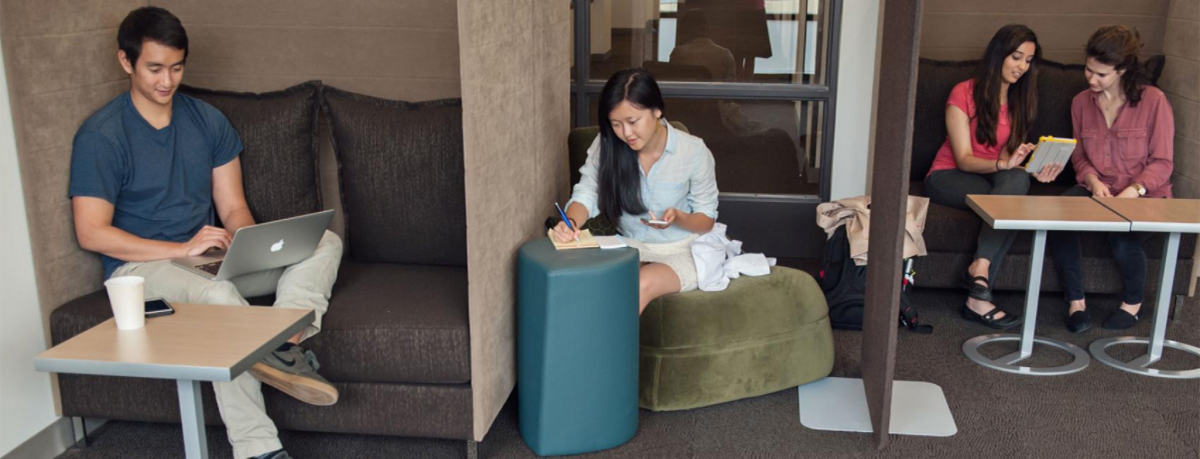
Technologies like Canvas and Outcomes Dashboard facilitate student learning and help students understand who they are and where they want to go with their career. Learning Informatics was formed to support faculty members and students to effectively use technology within learning.
2014: COMPASS

Comprehensive Analytics and Services Support, (COMPASS) is an initiative focused on collaborating with faculty, staff, and students across the Health System, and the University, to develop data strategies and tools that support and strengthen research, patient care, and education efforts.
2015: Michigan Institute for Data Science is Created
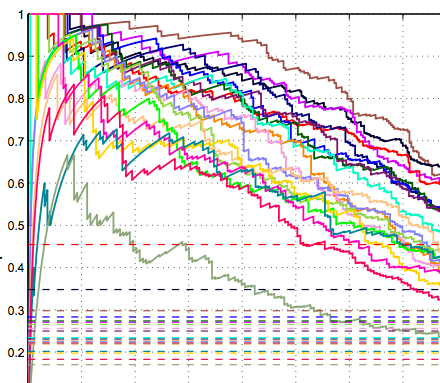
The Michigan Institute for Data Science (MIDAS) was created in July 2015 as part of the University of Michigan Data Science Initiative. MIDAS is the focal point for the new multidisciplinary area of data science at the University of Michigan. This area covers a wide spectrum of scientific pursuits (development of concepts, methods, and technology) for data collection, management, analysis, and interpretation as well as their innovative uses.
2015: LabRATS Launches to Support Laboratory Researchers with IT Services
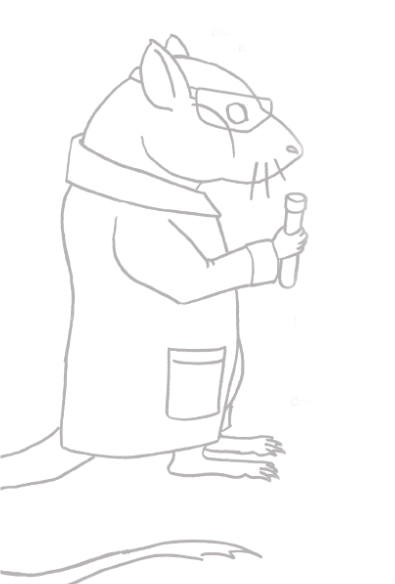
LabRATS (Laboratory Research and Technology Solutions) was assembled with the intention of building relationships and more efficient services between Medical School Information Services (MSIS) and research labs across the University of Michigan Health System. Working closely with labs and researchers, opportunities are revealed to bridge existing knowledge gaps in research IT and free up resources that have been directed towards redundant tools and efforts, and accelerate research innovation.
2016: Michigan Video Abstracts
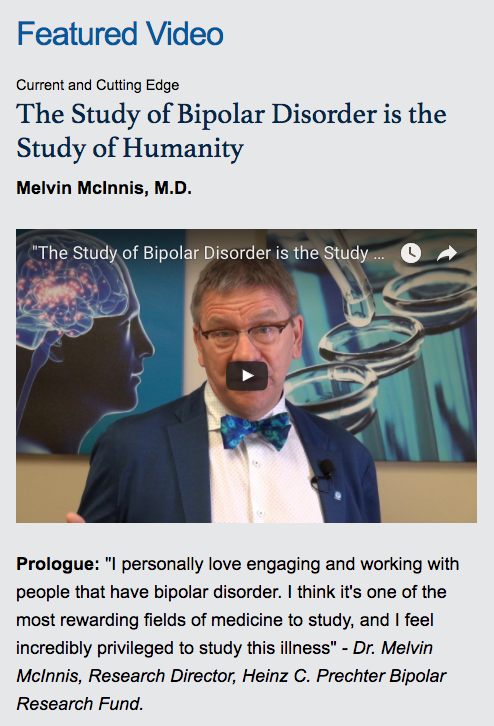
Michigan Video Abstracts (MVA) is a new pilot project devoted to using video interviews and podcast recordings to promote current and legacy contributions to biomedical research from the University of Michigan. The short video format will make these contributions more accessible to scientists across disciplines and to the general public. The format will also provide viewers the opportunity to meet the people behind the great innovations that come out of Michigan.
2016: API Manager

The API Manager is a cross institutional partnership between ITS and the Health System. APIs allow the institution to leverage existing knowledge and resources to reduce redundancy and provide solutions in a timely and supportable manner benefitting the organization. This strategy and implementation of centralized integration is based on the concept first proposed by Gartner Research in 1998, which proposes creating an Integration Center of Excellence (ICE).
2016: Academic Environment in Epic/MiChart
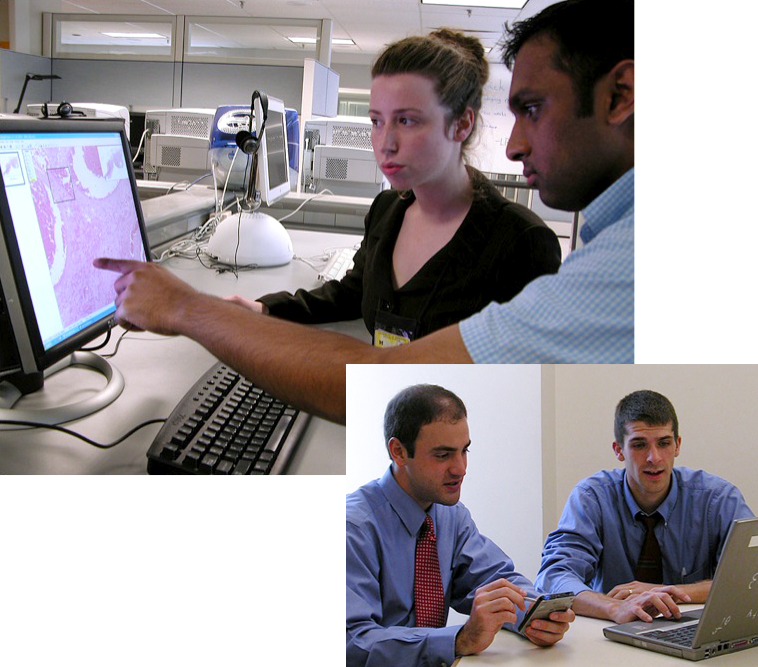
Establishing an academic environment in Epic/MiChart, distinct from our training environments, will be an important step in being able to deliver clinical informatics competencies to our learners across the various health professions. Being able to teach clinical informatics principles, in comparison to training in the use of MiChart, will be essential to the lifelong proficiency of our learners in health information technology.
2016: U-M’s First Vice President for Information Technology
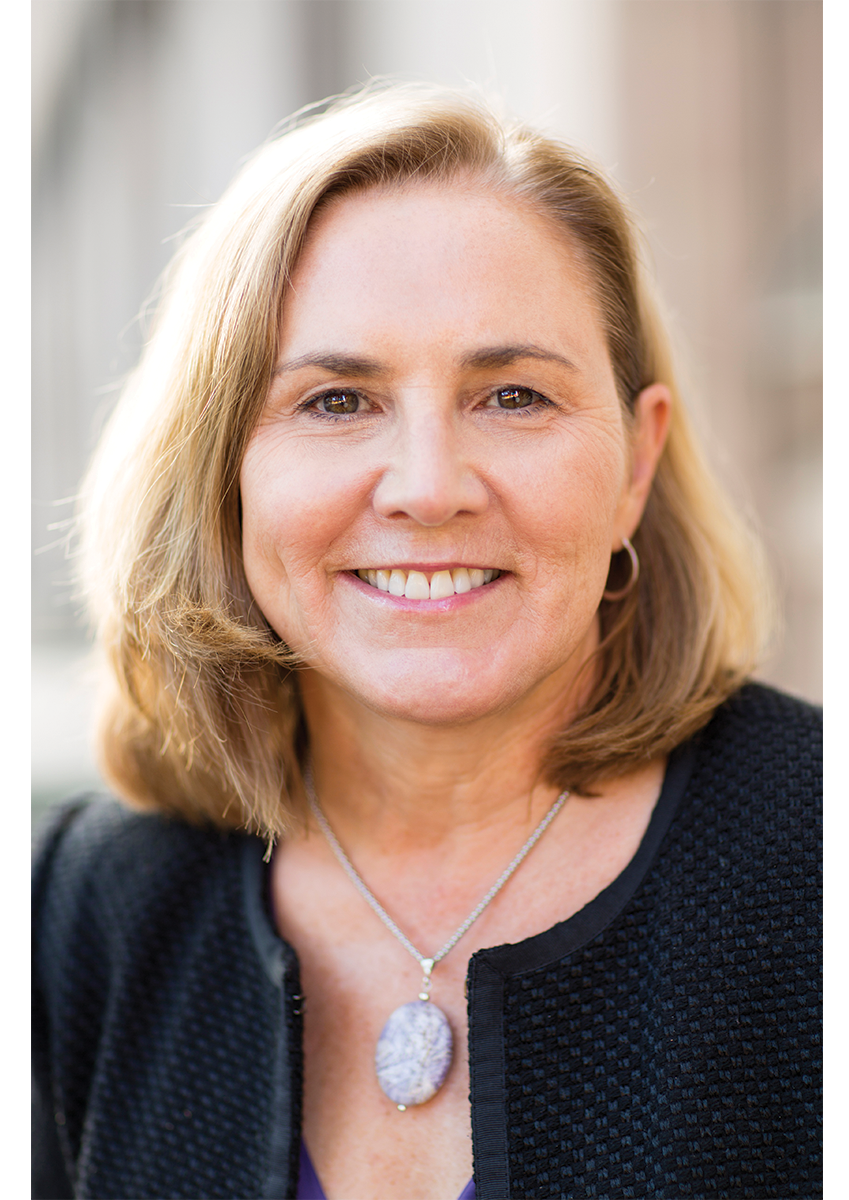
Kelli Trosvig becomes the university's first vice president for information technology and chief information officer. Kelli oversees an integrated information technology strategy for the entire university. The new VPIT-CIO role is responsible for ensuring that information technology strategy is appropriately considered in both short- and long-term decision-making and planning for the university and provides information technology leadership across the institution.
2016: UMHHC Named Most Wired
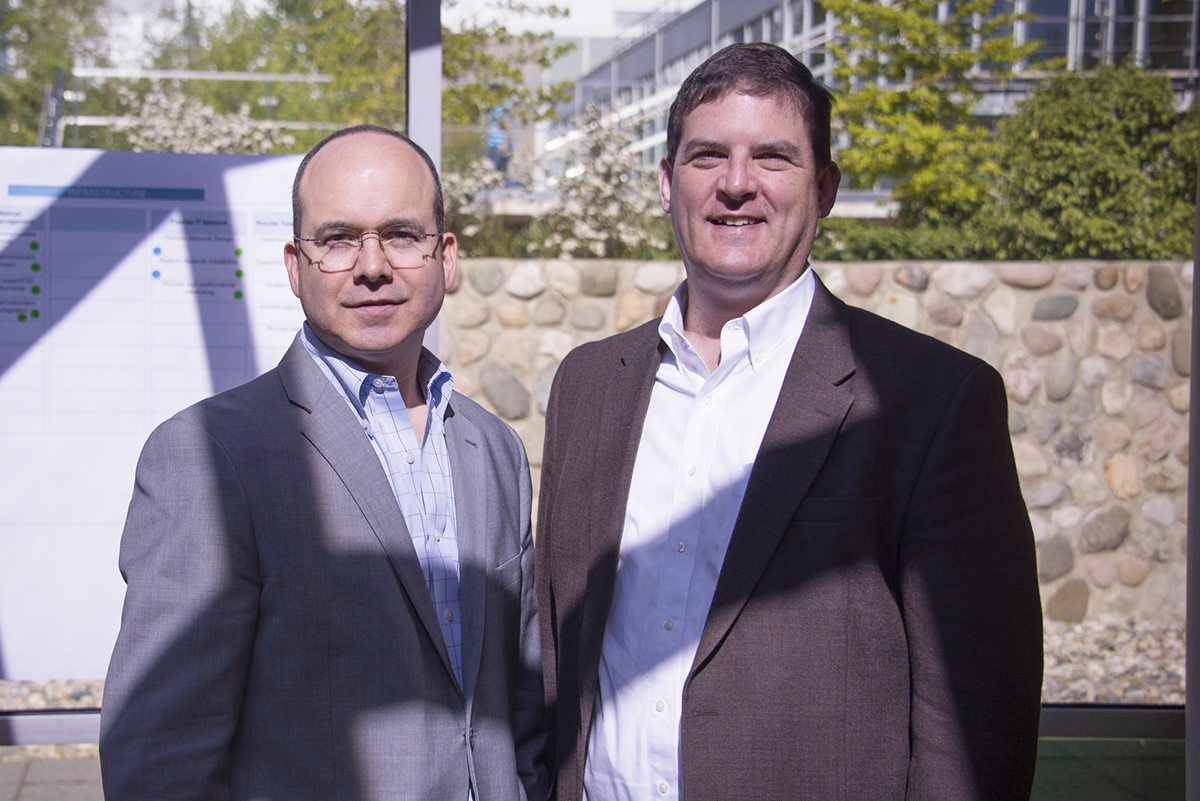
U-M Hospitals and Health Centers are a standard-bearer for excellence in information technology. UMHHC was recently named one of 2016’s Most Wired by the American Hospital Association Health Forum. The winners were recognized for their performance in adopting and implementing information technology to better serve patients and employees within the health system.
“This recognition is a tangible example of the quality work our IT staff does on a daily basis.” — Andrew Rosenberg, M.D., UMHHC’s interim chief information officer.
2016: Are You Sirius?
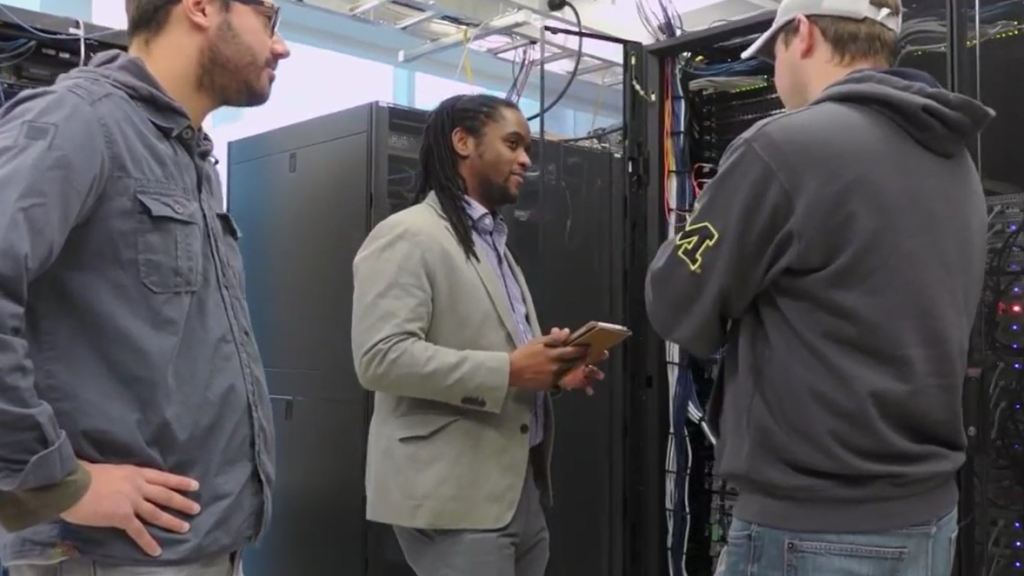
An assistant professor in computer science and his team build their own intelligent assistant, named Sirius, which features voice-command and image-matching capabilities, language processing, and a question-and-answer system. The open-platform tool, which is similar to other personal assistants on the market, is published at the International Conference on Architectural Support for Programming Languages and Operating Systems.
It is hoped that a next-generation version of the technology, DeepSirius, will not only recognize voice, but also provide article summaries, image classification, language matching, face and speech recognition, and user mood perception.
2016: Medical School Data Governance Council Founded
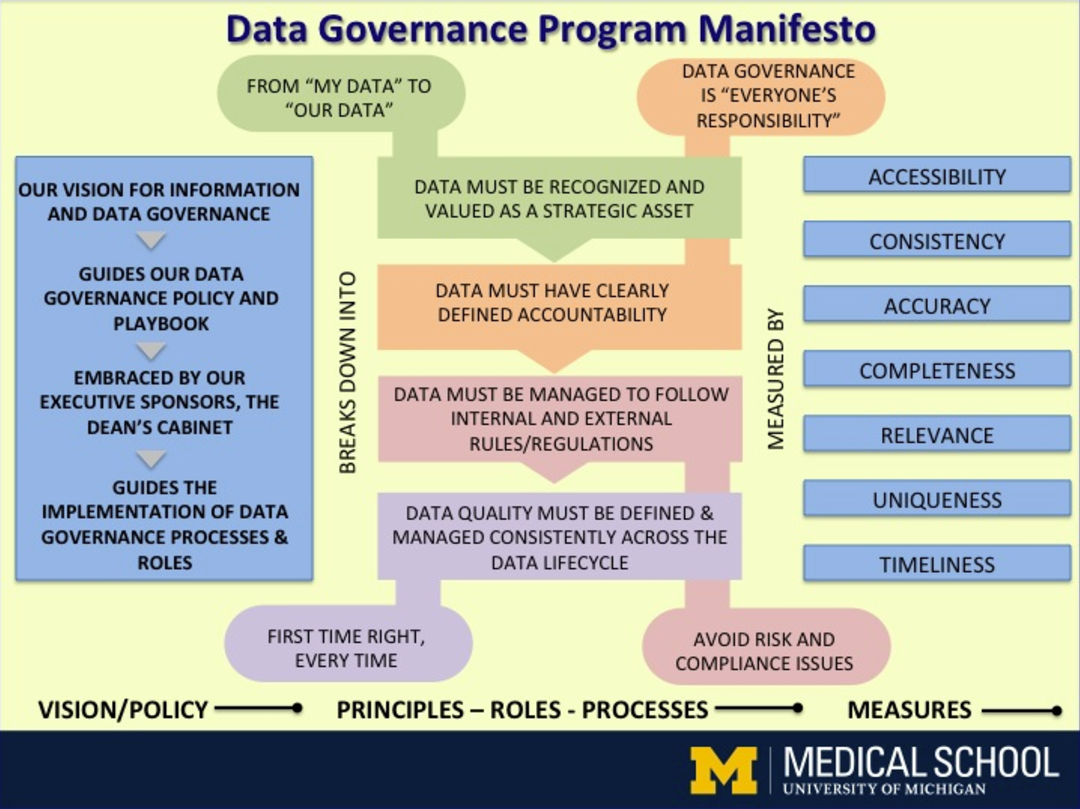
Data Governance (DG) is the system consisting of decision rights and an accountability framework to encourage desirable behavior in the valuation, creation, use, storage, archival and deletion of information. It includes the processes, roles, standards and metrics that ensure the effective and efficient use of information in enabling an institution to achieve its goals.
2016: New Health IT Org launches creating Unity between MSIS and MCIT departments
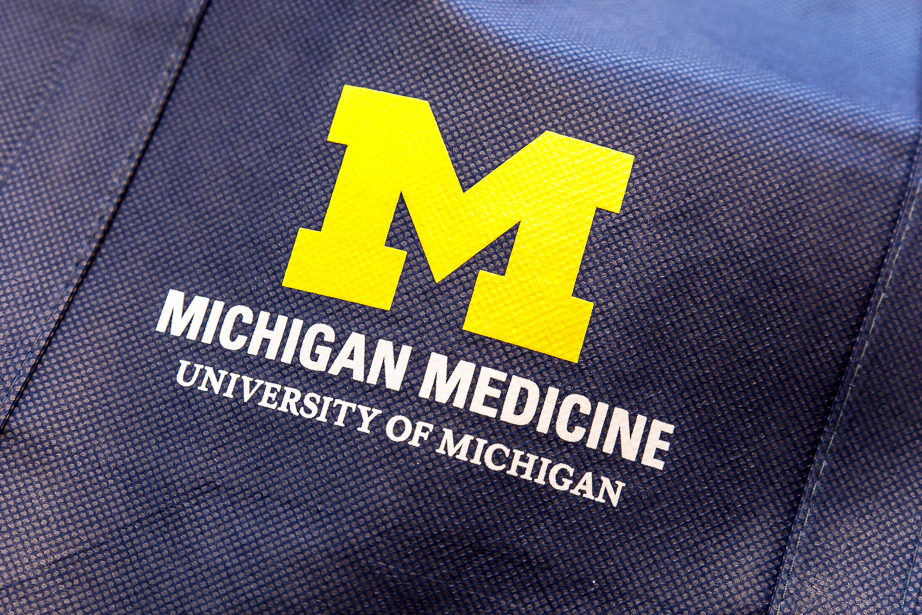
On March 18, 2016, Dr. Runge appointed Dr. Rosenberg as interim AMC CIO to direct MCIT and MSIS to become a single IT organization to support the newly unified AMC. Health Information Technology and Services (HITS) was formally kicked off as the new AMC IT organization on September 14, 2016.
2016: ConFlux Increases Pace of Scientific Discovery
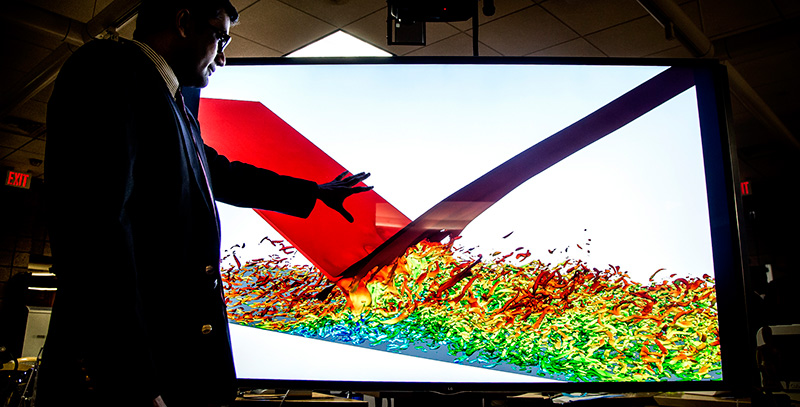
U-M researchers working with IBM have designed a computing resource called ConFlux to enable high-performance computing clusters to communicate directly and at interactive speeds with data-intensive operations. Hosted at Michigan, the project establishes a hardware and software ecosystem to increase the pace of scientific discovery in fields as diverse as aircraft and rocket engine design, cardiovascular disease treatment, materials physics, climate modeling, and cosmology. Funded by a grant from the National Science Foundation, the resource aims to advance predictive modeling in several fields of computational science.
2016–2018: Campus WiFi Upgrade Project
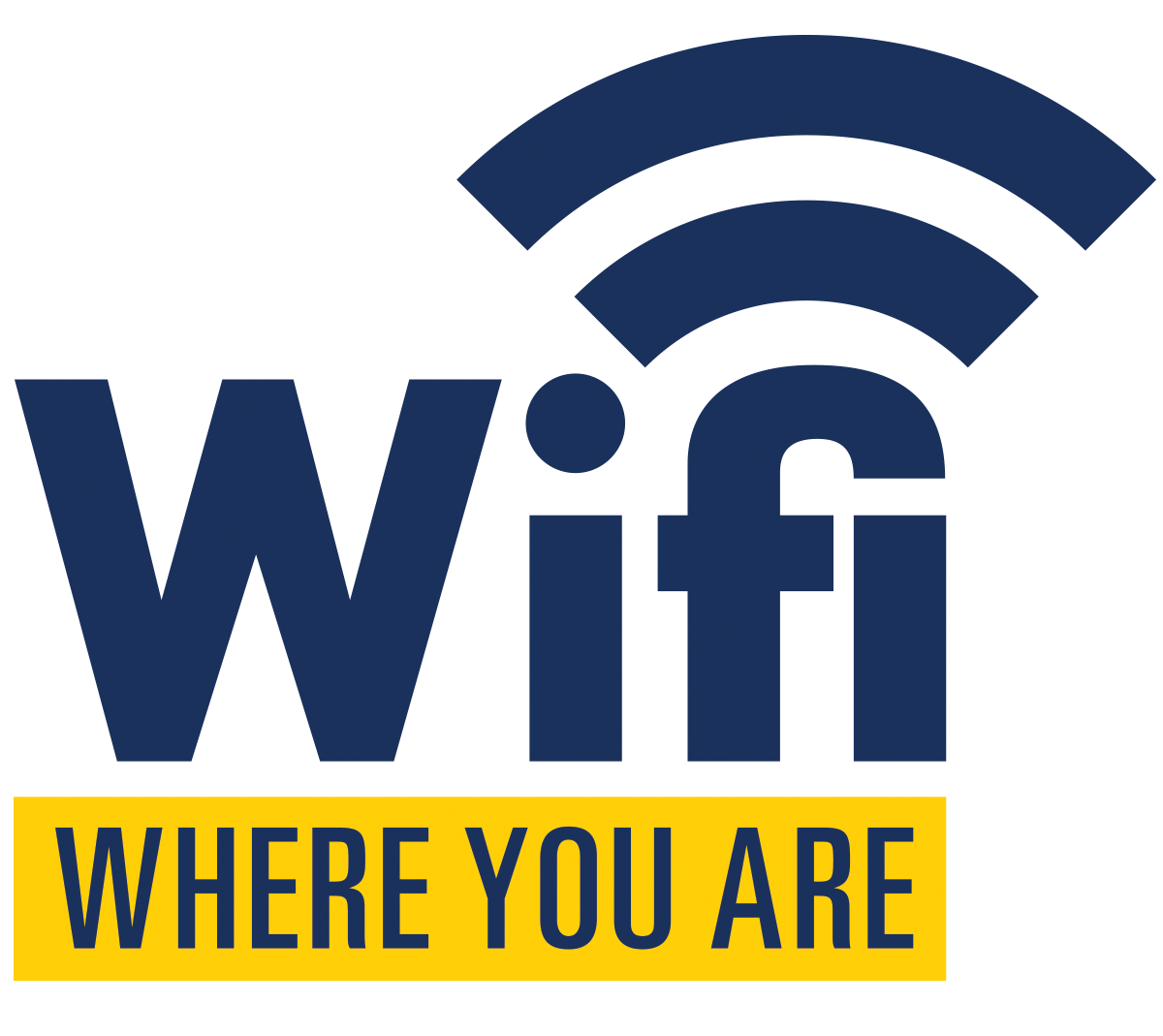
WiFi networks were inconsistent and insufficient to meet the demands of an increasingly mobile and collaborative learning environment.
In answer to this concern, the University of Michigan Provost approved one-time funding for WiFi network upgrades in 275 buildings on the Ann Arbor campus. This effort establishes pervasive connectivity in residence halls and academic spaces critical to student services and academic missions.
This project is in addition to two previous capital projects to upgrade WiFi in libraries and public facing buildings. The project is scheduled to complete work on these buildings by July 2018.
